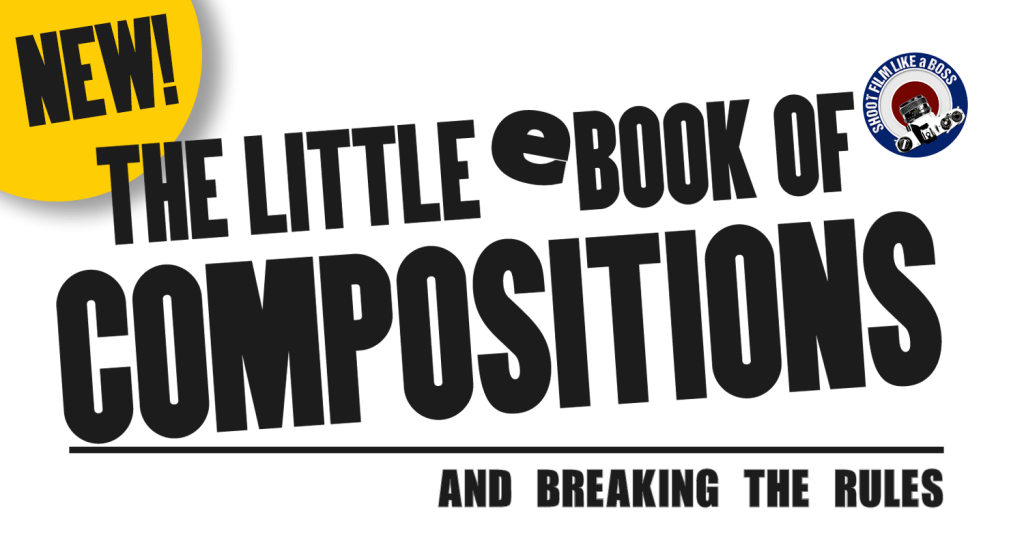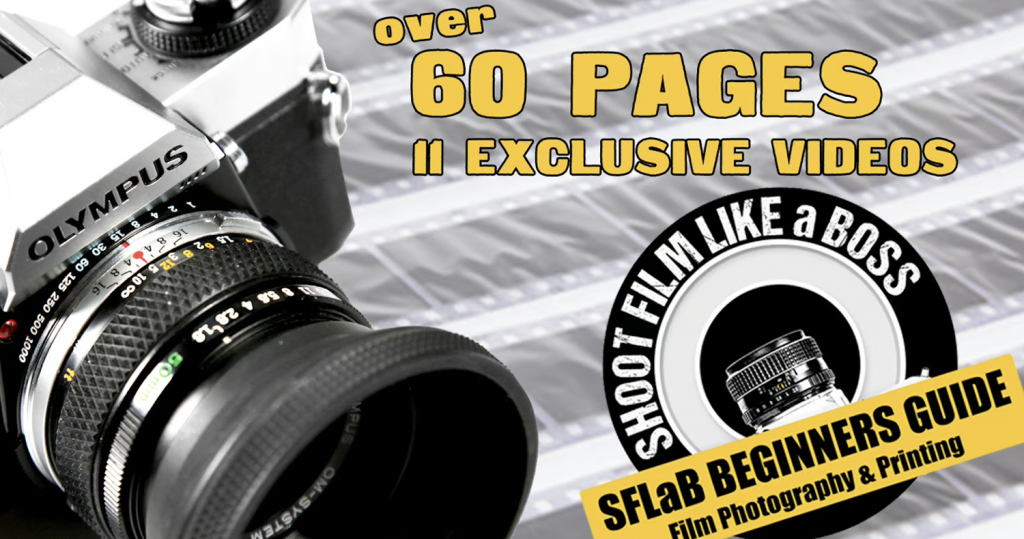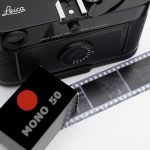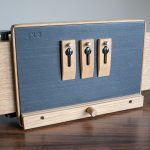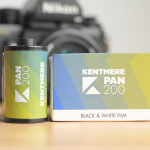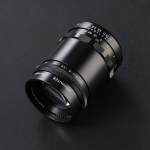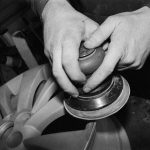Leica Release NEW Film – MONOPAN 50
Leica has officially announced their first-ever “branded” 35mm film, the MONOPAN 50, to commemorate 100 years since the launch of the Leica I camera in 1925, which effectively pioneered the 35mm format.
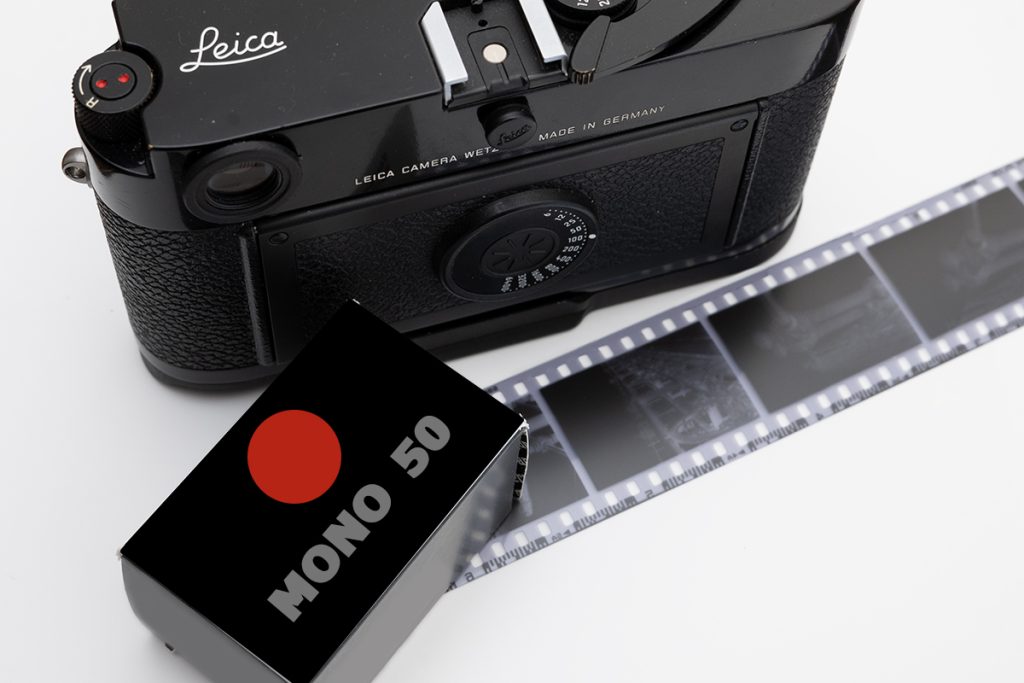
What Leica Say
MONOPAN 50 is derived from “mono” (referencing their Monochrom digital cameras), “pan” (for its panchromatic properties, meaning sensitive to the full visible spectrum and beyond), and “50” for its ISO speed. It’s a black-and-white negative film with 36 exposures rated at ISO 50/18°.
Leica states this low sensitivity encourages a slower, more deliberate approach to photography and allows for shooting with wide apertures even in bright daylight, showcasing the “Leica bokeh.”
Leica emphasizes its “ultra-fine grain” and “exceptional resolution” of up to 280 line pairs per millimeter. This is marketed as being perfect for large-format prints and detailed scans, and for maximising the optical performance of Leica lenses. It boasts “super-panchromatic sensitisation” extending up to 780nm, which makes it suitable for infrared photography when paired with appropriate filters. It’s also noted to work well with yellow, orange, and green filters for contrast control and can be developed with all standard black-and-white developers.
It will be available in four distinctive, retro-style packaging designs, paying homage to Leica’s heritage and Leica explicitly states the film is “Produced in Germany.”
Well this sounds exciting!
A Leica Film Lab?
I think we can quite confidently say that Leica have not set up a film manufacturing lab in Germany and have approached an already popular facility to make this film. And when I think of film manufacturers in Germany I think ADOX.
But hang on…
- 280 line pairs per millimeter
- Super-panchromatic sensitisation extending up to 780nm
- ISO 50
Sound familiar?
There is another film that ADOX make called HR-50. A film I love! That too has up to 280 line pairs per millimeter and sensitisation extending up to 780nm.
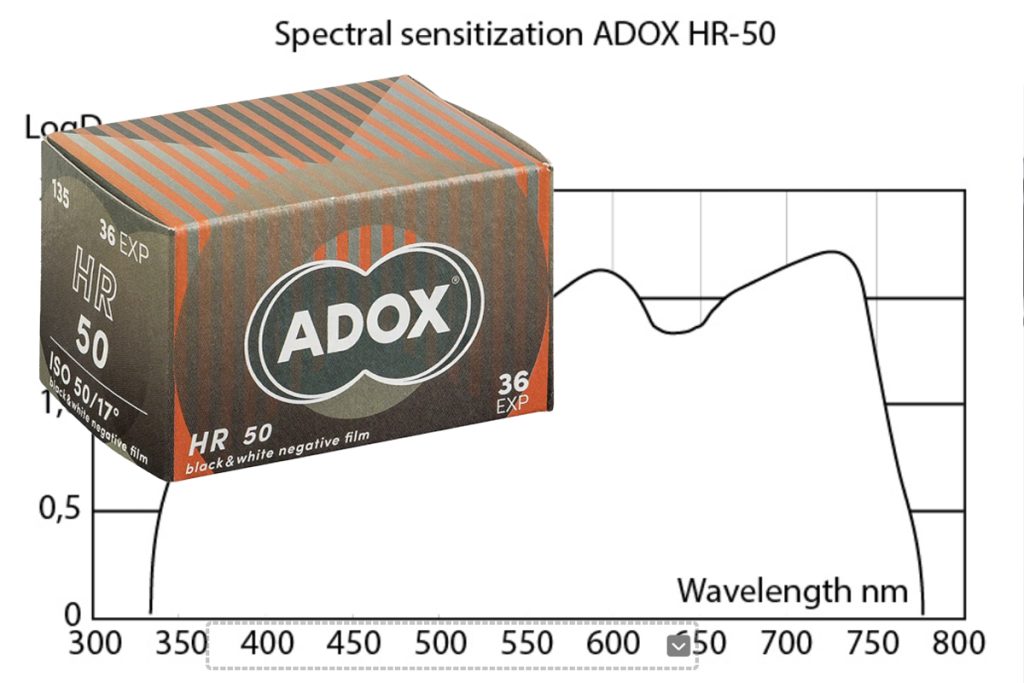
So have Leica approached ADOX and asked them to make an emulsion for them based on similar technical specs as HR-50 or IS IT HR-50?
I do hope a “NEW” emulsion has been developed, somehow, by Leica ( and whoever the lab is). But already speculation online is pointing to ADOX HR-50.
Which could be a good thing! If it is.
ADOX HR-50 is a truly brilliant emulsion. I love it. The new film shooters and those that don’t follow the communities will take a punt on this new Leica Film and get to experience HR-50. Even if they don’t realise it. I’m not sure that HR-50 is that popular so hopefully, if it is HR-50, then Leica has possibly saved this film from extinction.
So with all that said we will just have to wait and see when Leica release the film in August and I for one will be buying a roll to compare with the HR-50 I have in the fridge. Even though I will not enjoy passing a few quid onto Leica for the fancy packaging and name – if it turns out to be HR-50.
The film was released on June 18, 2025, and will be available worldwide from August 21, 2025, at Leica Stores and authorised retailers. The recommended retail price is £10.00 / €12.00 / $10.00 per roll.
HR-50 IMAGES
So whilst we are all “Speculating” no one knows for sure. and here some recent examples of photographs I shot with HR-50. A film worth trying!
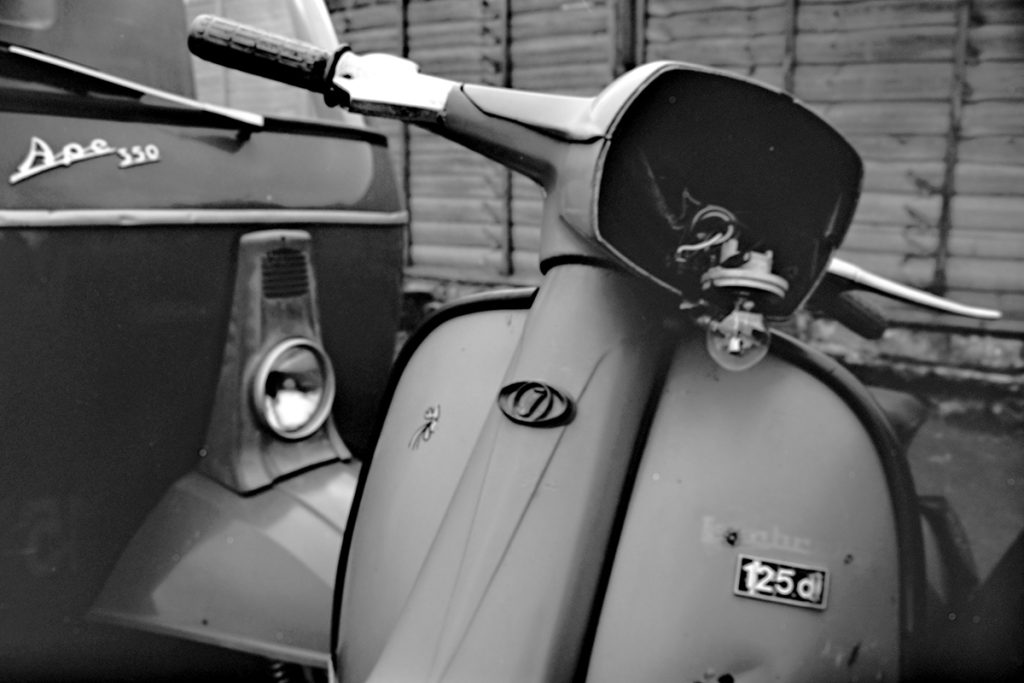
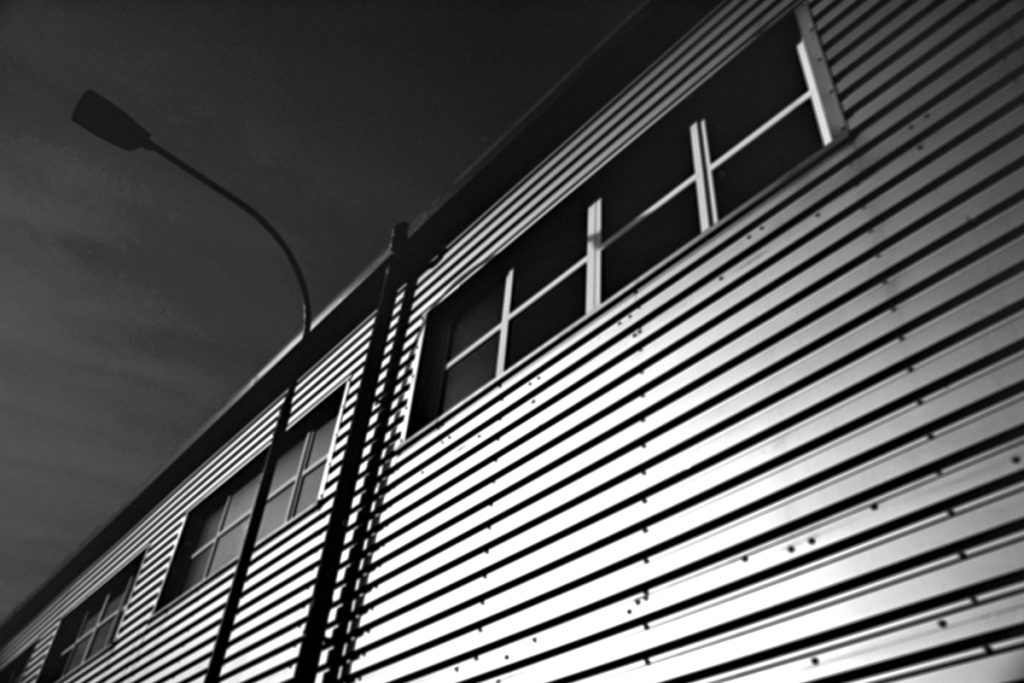
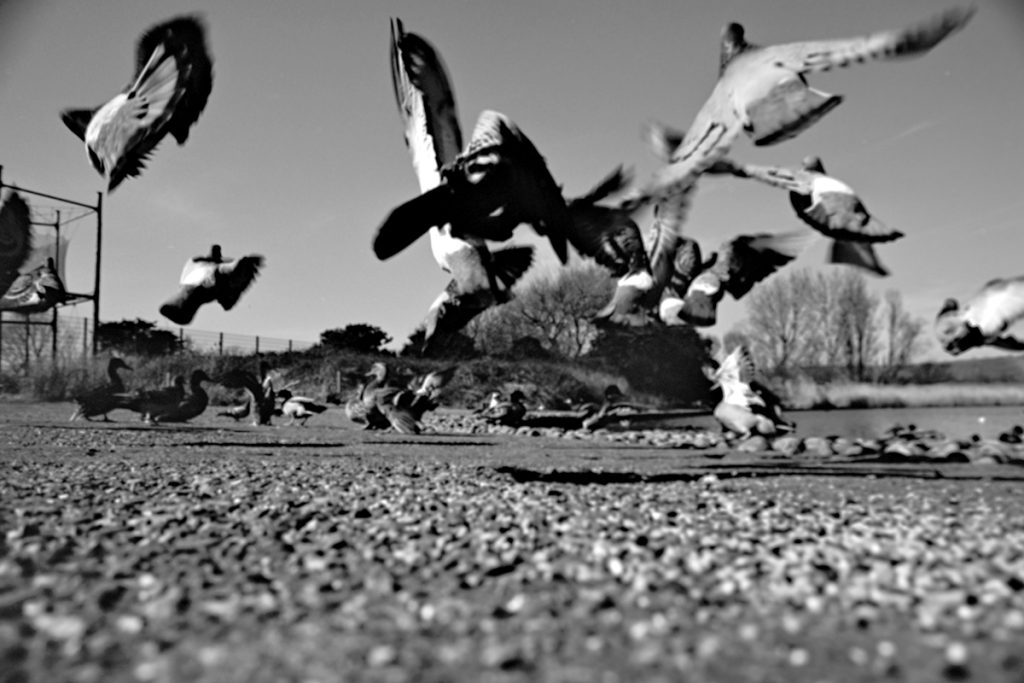
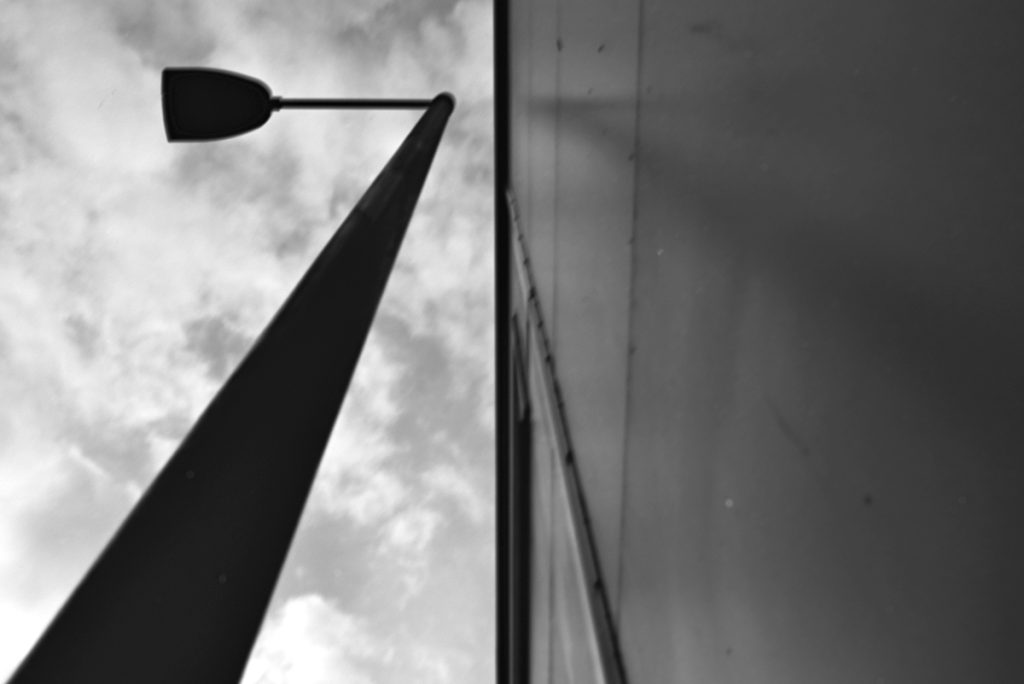
A Pinhole system for the creative!
MANIA MFZ System by Ralph Man

Ralph Man from Germany contacted me and asked if I would like to try his pinhole camera system and after biting his arm off he kindly sent me a nice little set up that would confuse the hell out of me and at the same time intrigue me too! I’ve never seen a pinhole camera with three pinholes before. That said I’ve never seen a pinhole camera that offers different focal lengths before either! But here it is and after a bit of practice and a heap of expired 120 films I started to get used to it as well as see its potential as a wonderfully creative pinhole camera system!
Watch the video
In a nut shell!
What Ralph Man sent me was a pinhole camera with three different front panels, 6×6 TSP, 6×12 TSP and a standard pinhole panel as well as two different focal length blocks giving me the option to shoot 35mm, 55mm and 75mm. So far I have only experimented with the standard 35mm.
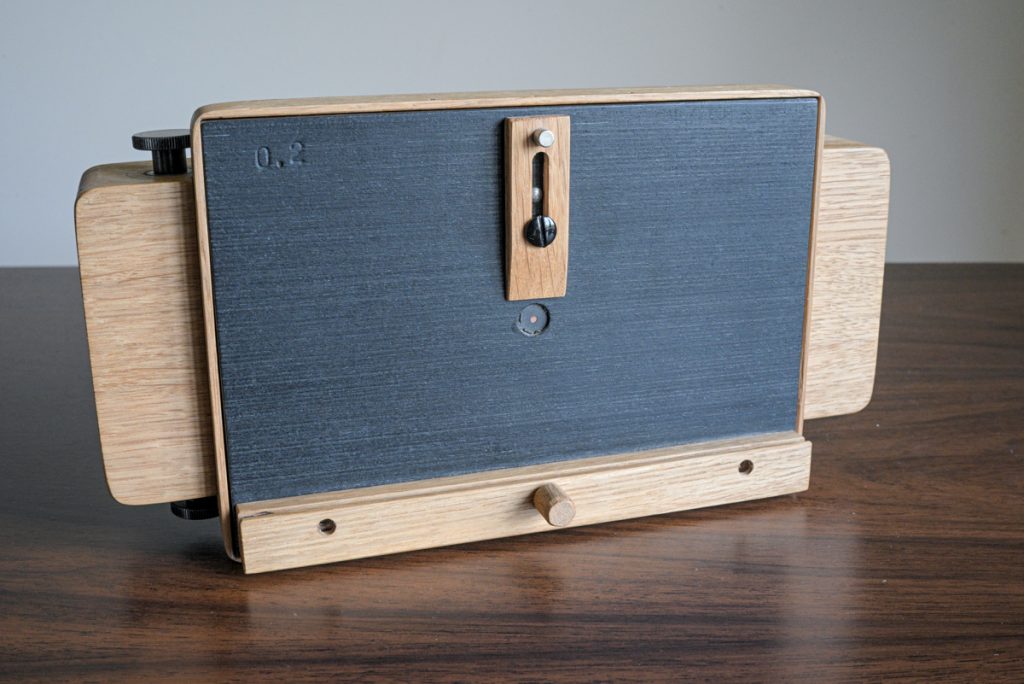

So with this set up I can shoot 6×6, 6×12 and 6×17 and all at three different focal lengths. But he also included two more front pinhole panels for shooting what Ralph Man calls “TSP”. Which stands for Twin Shot Panorama. Basically I can shoot a wide scene split over two frames using the two outer pinholes on the board.
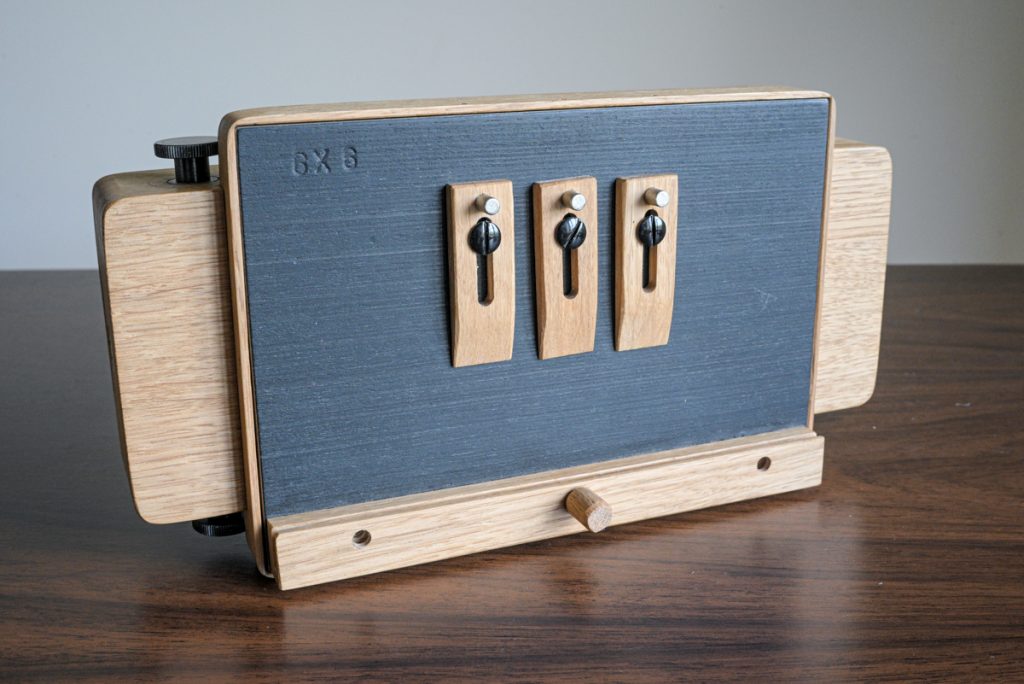
Pretty clever too! And it’s simple once you get into it. Simply compose your scene, take one photograph with the far left pinhole, advance to the next frame and take another photograph using the far right pinhole and you should end up with a “TSP”. Like this. Two 6×6 photographs side by side.
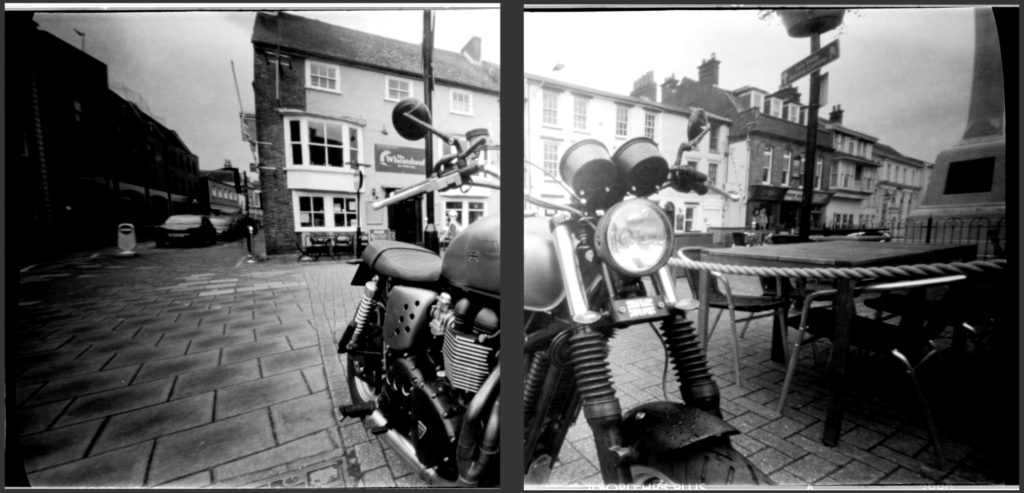
I think I need to be a bit more creative with this feature going forward but for practice I was pleased with the results. It worked!! And I can also do this with 6×12 also using the 6×12 pinhole TSP board. That would produce a panoramic split with dimensions of approximately 6×24. Impressive if you can print that big and frame it.
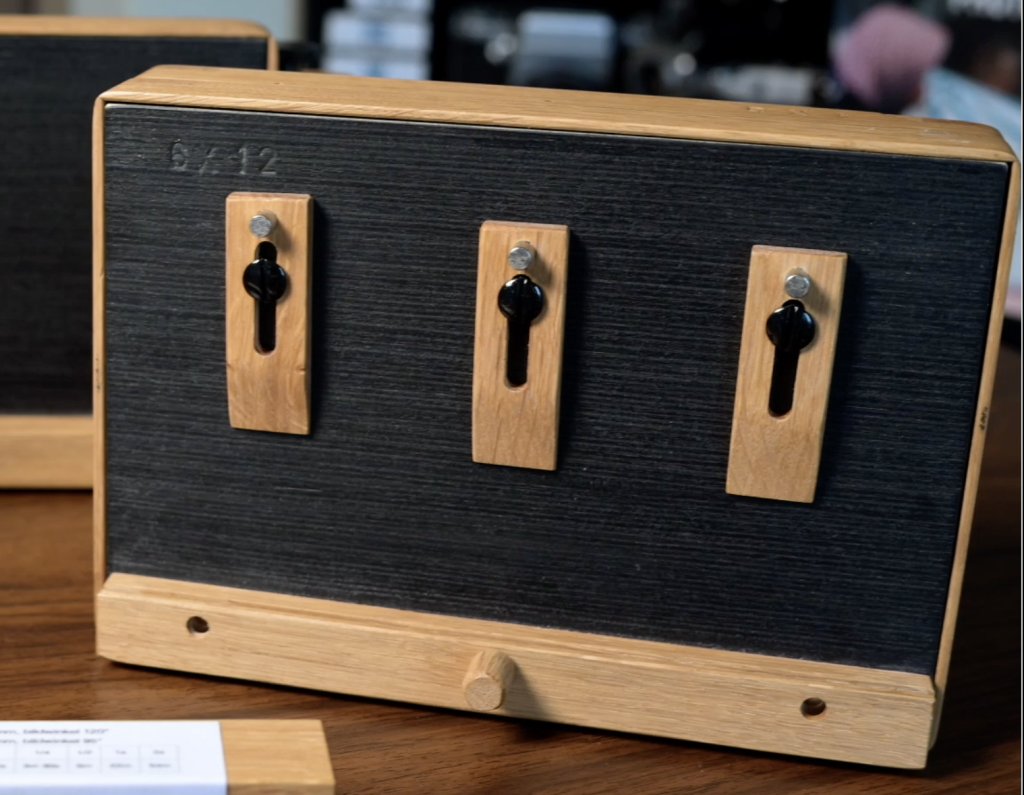
What Ralph Mann says
“The Mania MFZ (Multiformat Zoom) is the first modular and fully compatible pinhole camera system. It offers a variety of film formats: from 6×6, 6×12 and 6×17 cm (with 120 roll film) up to 4×5 inches. You can also vary the hole aperture distance (comparable to the focal length of lens cameras) in 20 mm steps from 35 mm to 135 mm (theoretically to infinity). This allows you to influence the angle and perspective of your images in a targeted manner.
In addition, you can equip the camera with various front panels, which allow additional functions such as shifting or twin shot panoramas (TSP). All modules and intermediate frames are fixed with magnets and can be easily replaced. The rear panels and plan film cassette brackets are also held magnetically, so you can change them quickly and easily.
A special feature: With the 4×5 inch back you can use special screws and rubber bands (included) to even use old flat film cassettes or the LomoGraflock 4×5 Instax Back to take Fuji Instax instant photos, for example.
The combination possibilities are almost unlimited: You can decide whether you photograph wide-angled with stronger vignetting or prefer a longer focal length and less vignetting. The shifting and TSP functions can also be used flexibly to create impressive panoramas or equalised architectural shots.”
Format Inserts
These are the format inserts that were included in my package. 6×6 and 6×12.
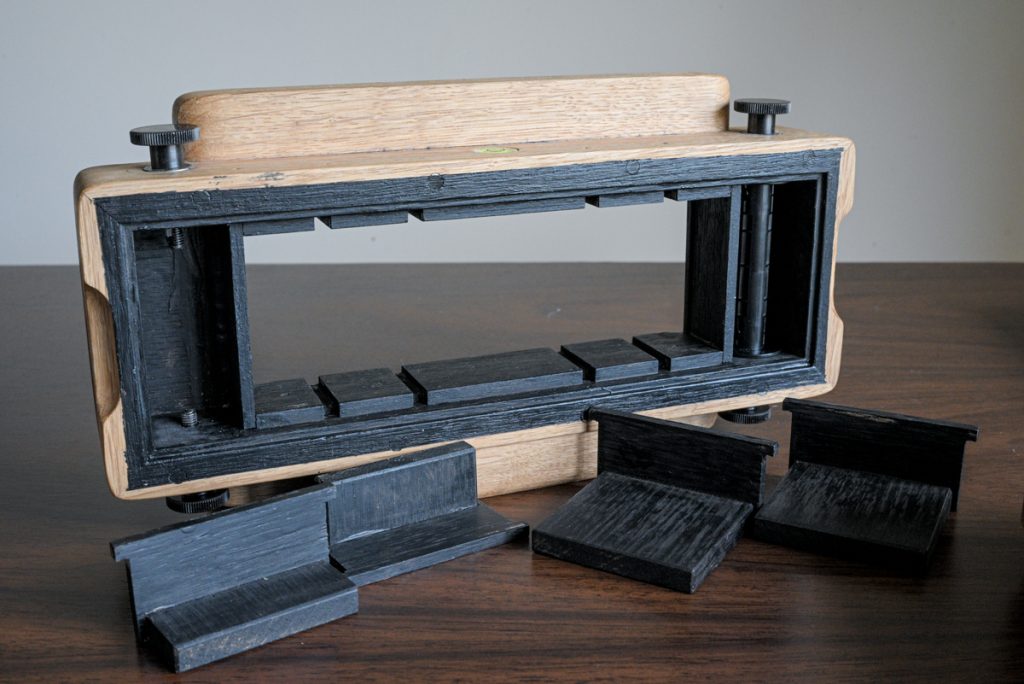
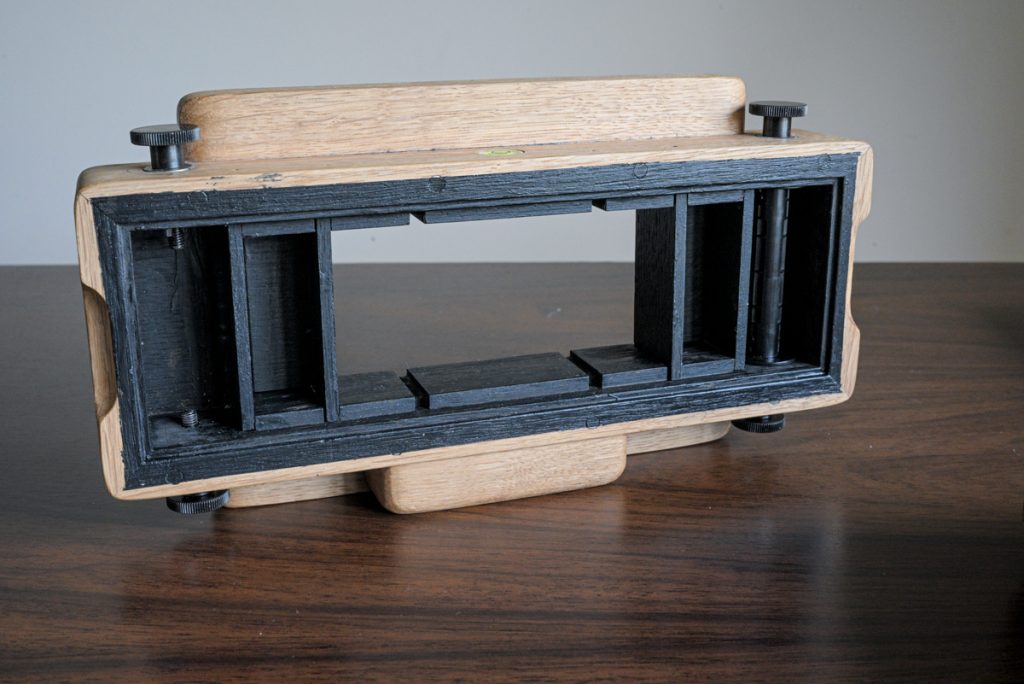
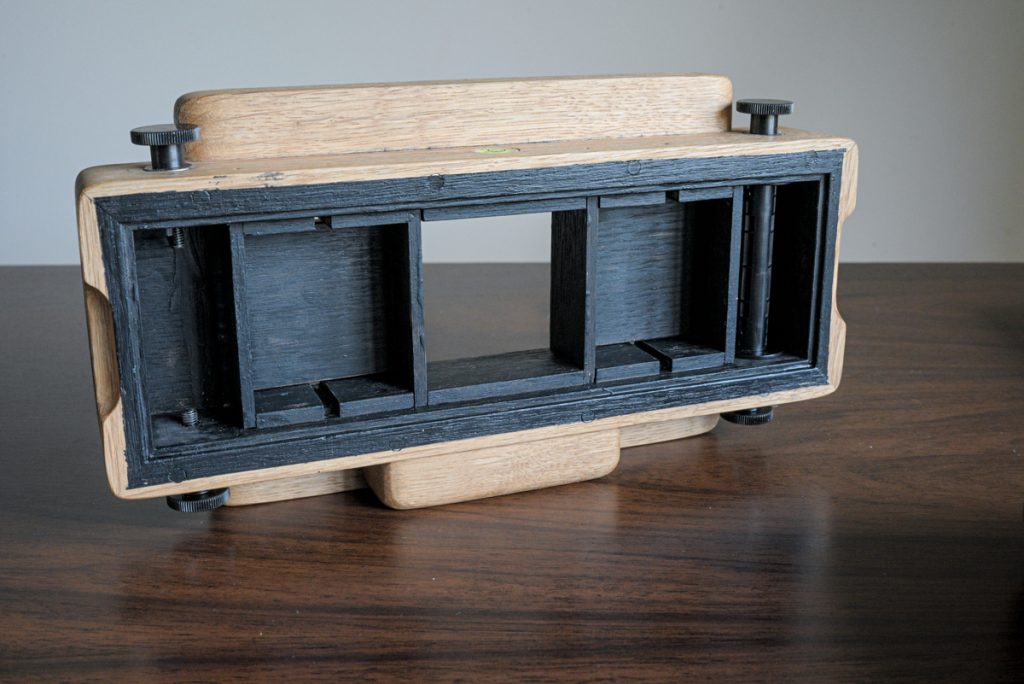
My results
I had a mixed bag of results and I used expired film that I certainly wouldn’t use on anything important as expired film is always a lottery. But for testing cameras it’s ideal! I went through five 120 rolls of film testing this camera and I think I am now ready to load a fresh roll of 120 film for some serious results!
Portrait!
The camera has tripod plate threads for portrait and landscape so you can get creative with tall images such as these two I tried in 6×12.
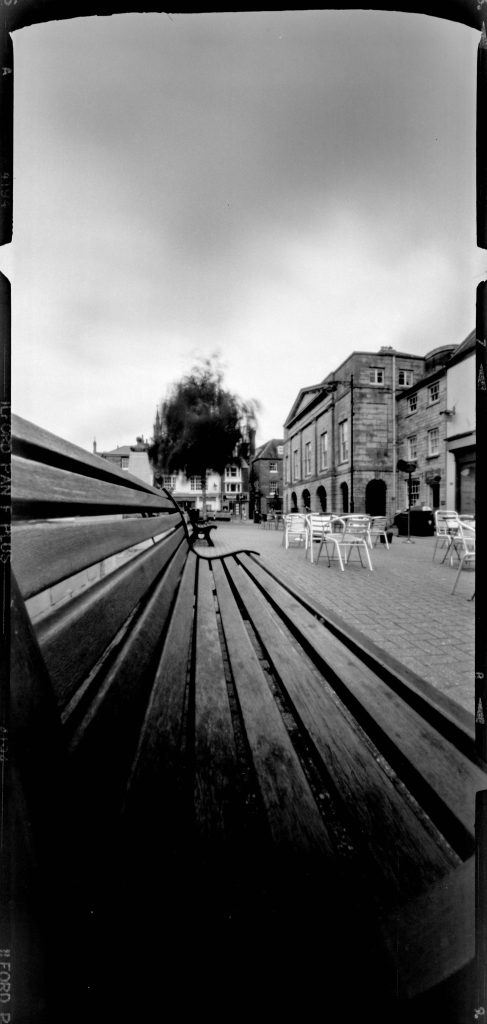
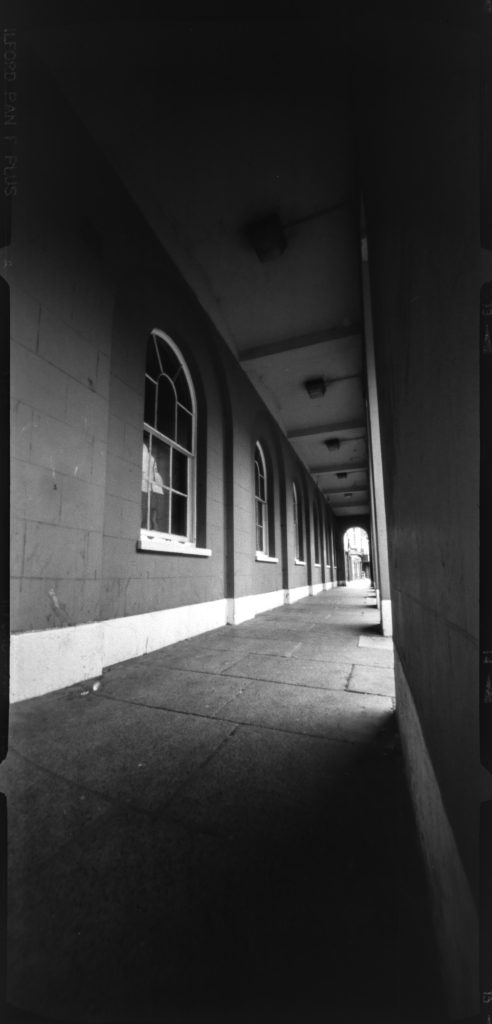
6×12 Panorama
Either way these panorama shots look great, landscape or portrait. On the right subject of course.
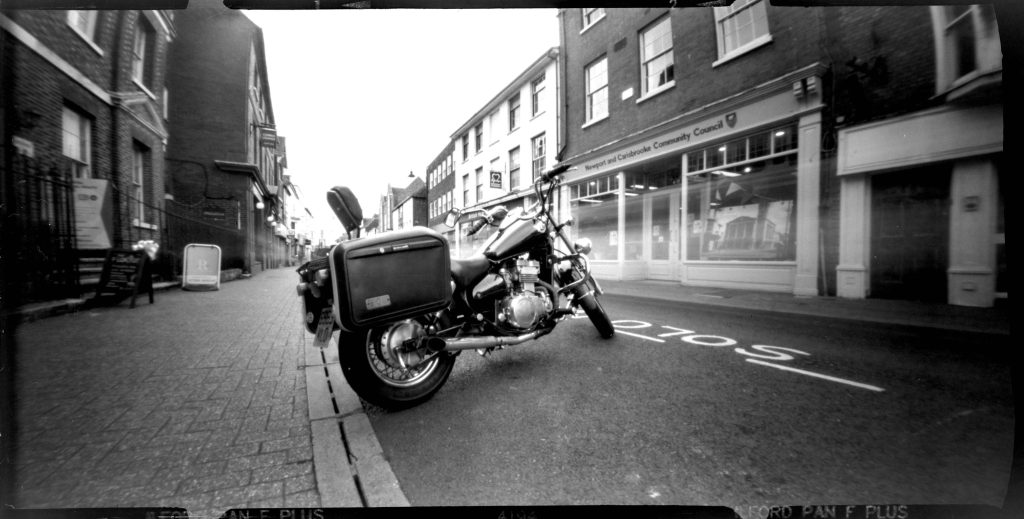
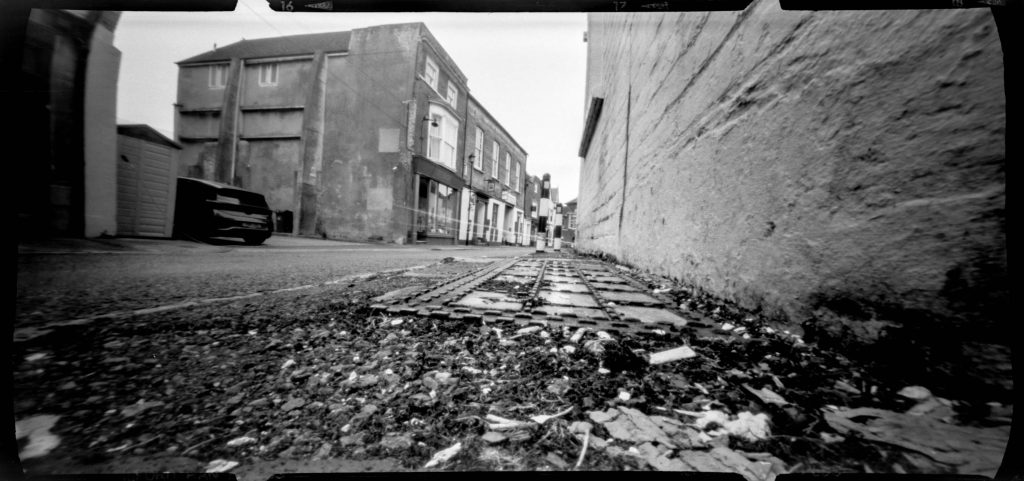
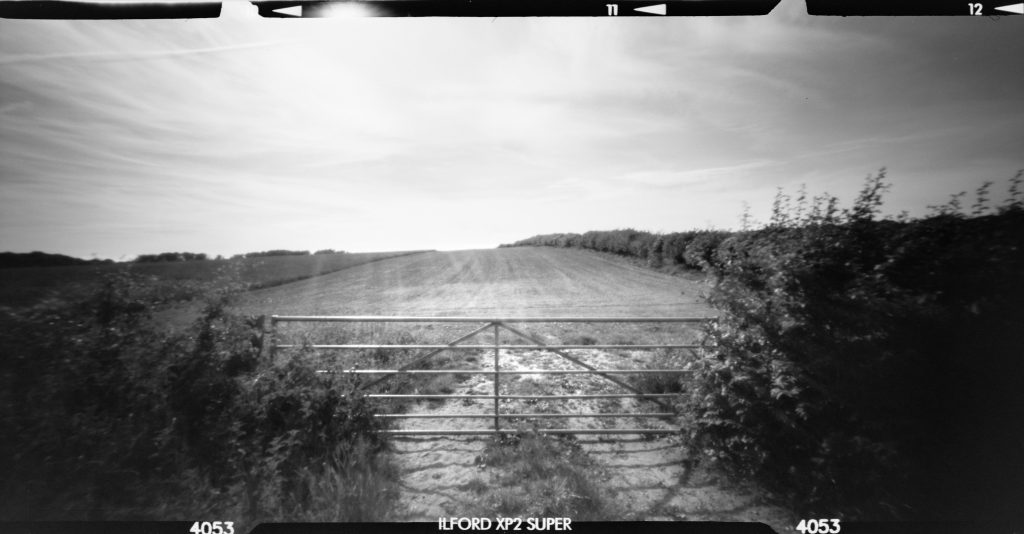
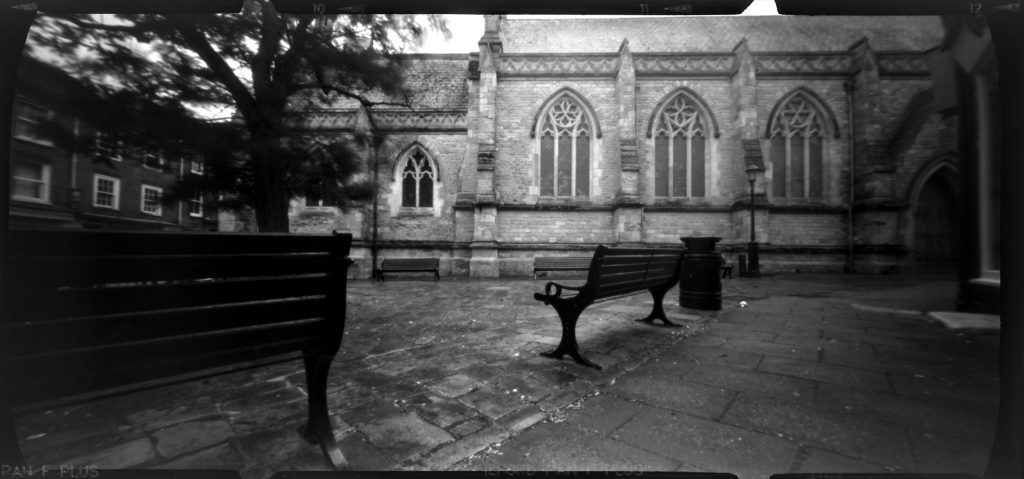
6×6 Format.
This has to be my favourite format. I love square prints in square frames so I am very comfortable with 6×6.
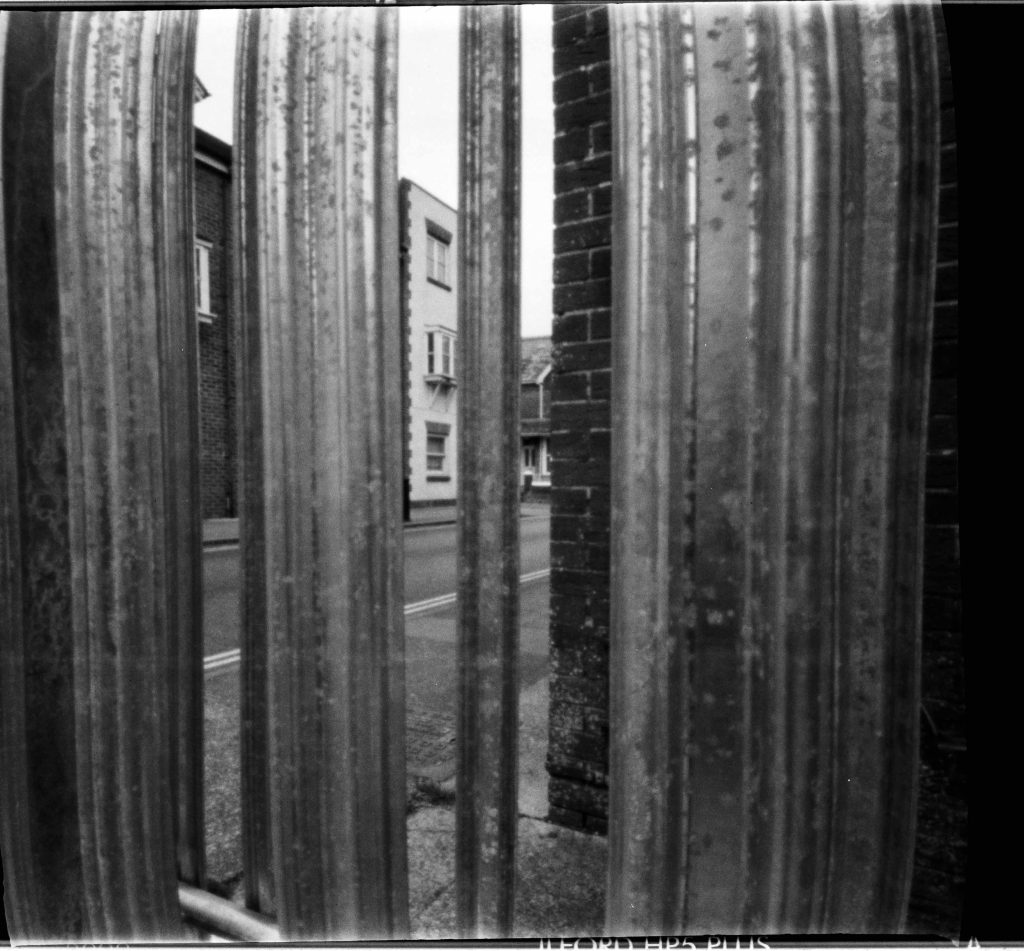
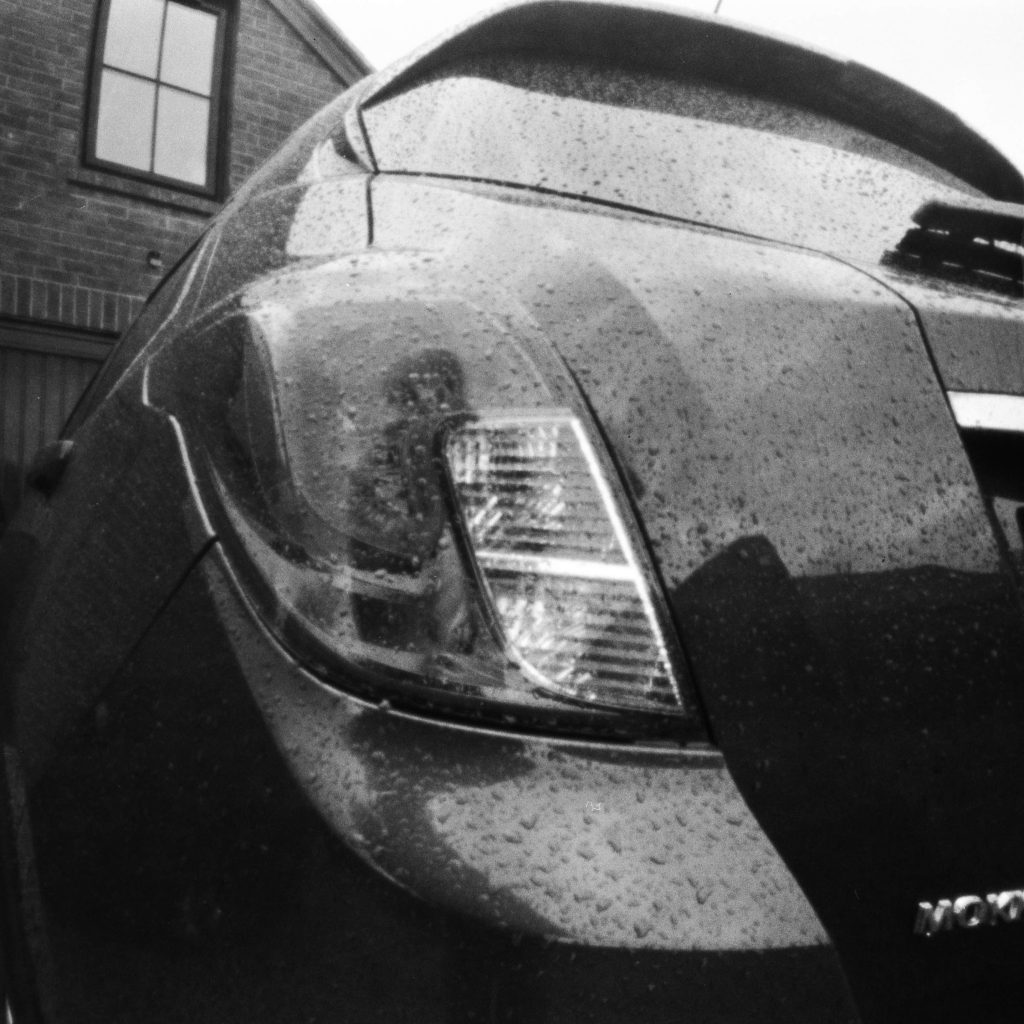
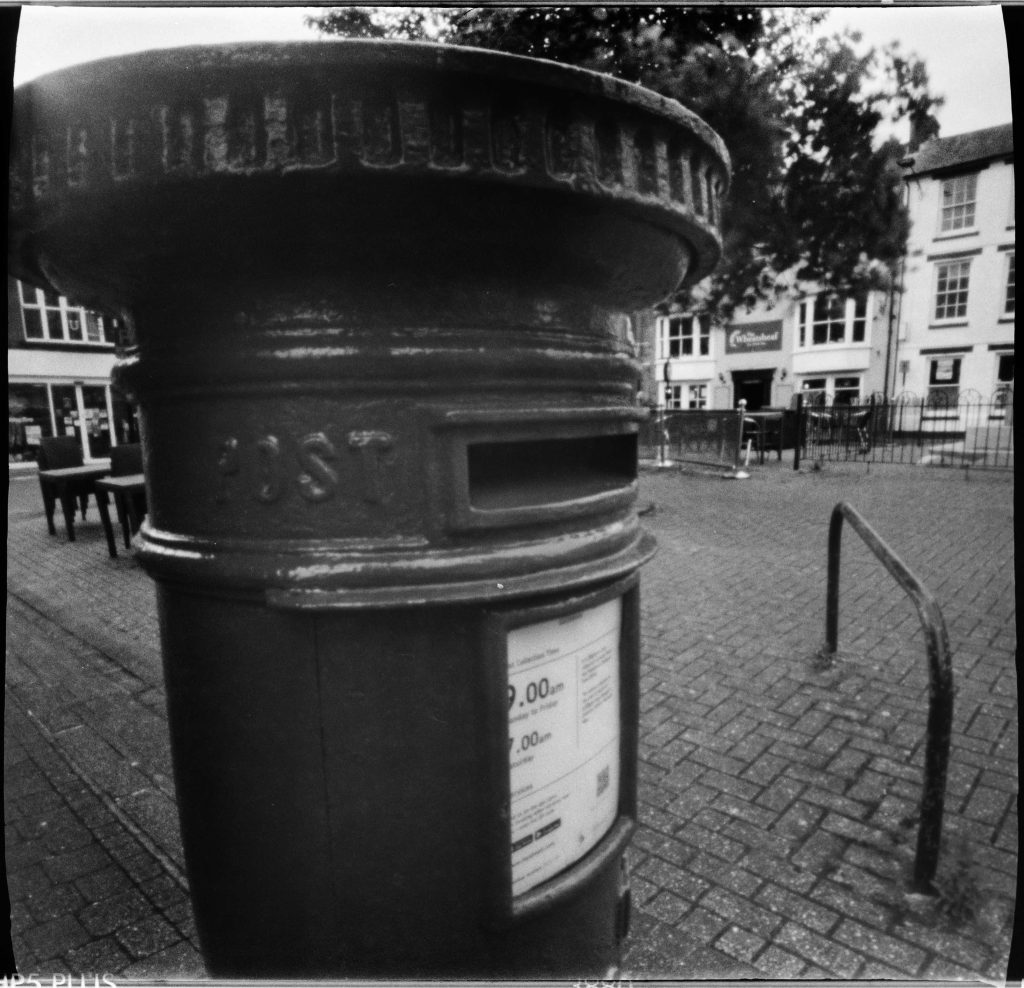
6×17 super wide
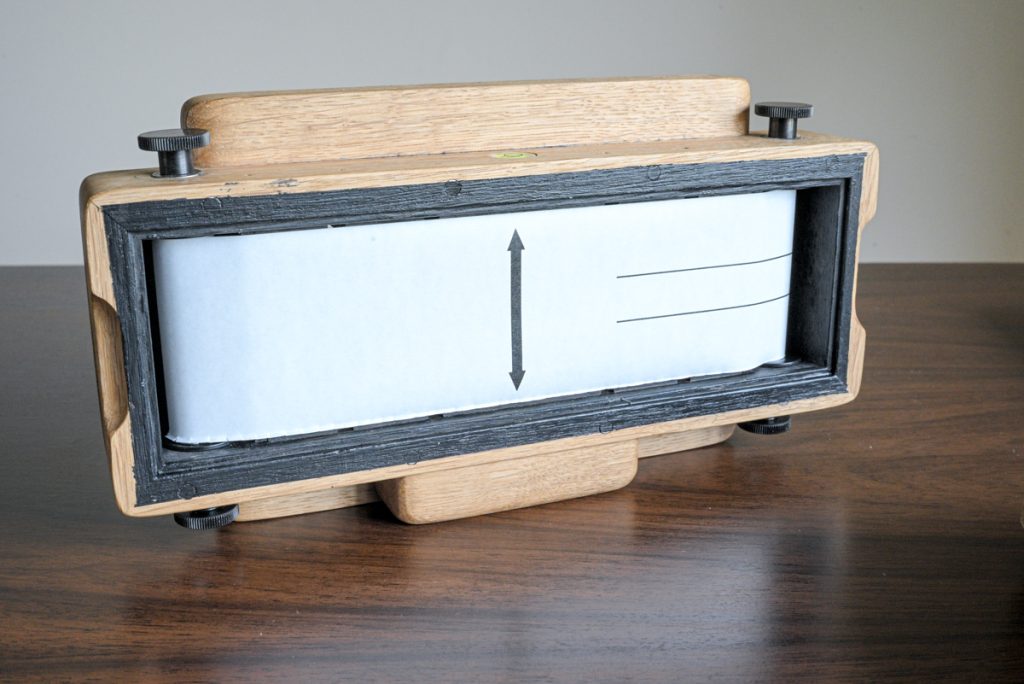
I can’t even begin to think where this size would fit into any of my photography! Maybe on a bright day at a festival would look good? I say bright day as I’d want an exposure of half a second max for people motion. Just be prepared to take a lot of film! You only get 4 photographs from a 120 roll.
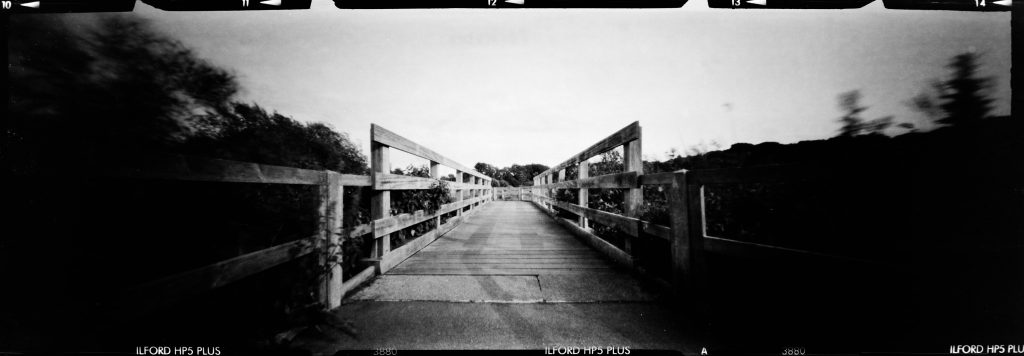
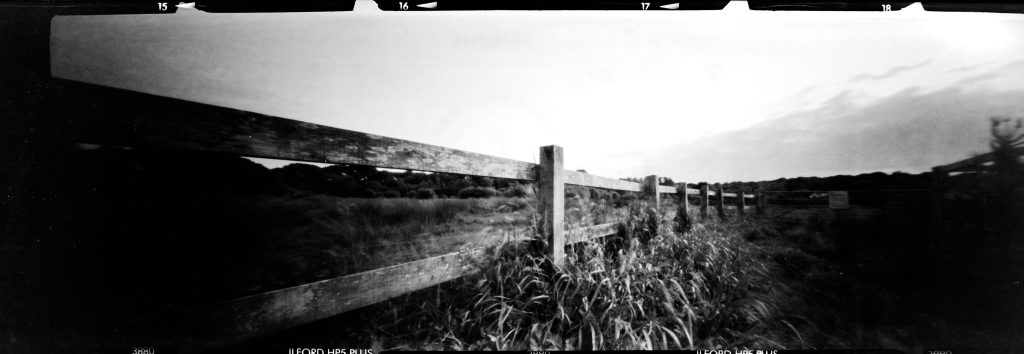

Sharpness and Vignetting
Of course being a pinhole camera we lose sharpness and certain pinholes give a varied amount of vignetting. That said I found my photographs to be a good sharpness for pinhole photographs so the quality of the engineered pinhole inside the boards are of decent quality. By using the telephoto boards (55mm and 75mm) you would naturally lose the vignetting but I have yet to try those boards.
But it is what it is. We expect that pinhole look with it’s ultra wide field of view, vignetting and slightly soft look.
Conclusion
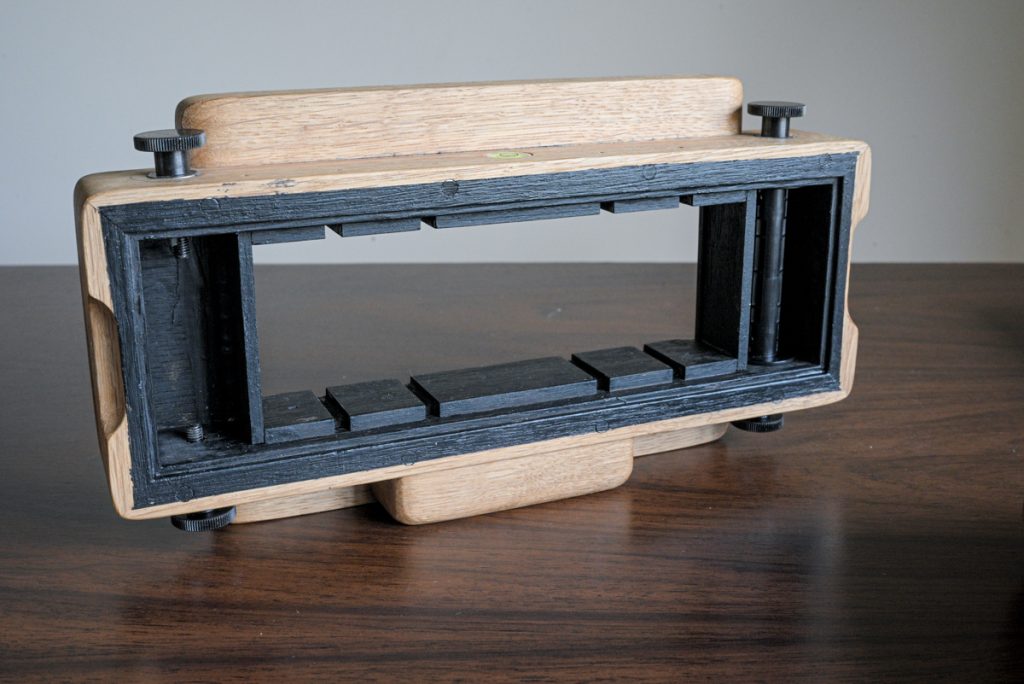
What a fantastic camera system. If you love pinhole photography this camera gives more variety to be creative. And it’s well made too from solid oak and looks great. The looks I got when I was out shooting with the camera was quite funny. I am sure people thought I was some sort of dinosaur architect measuring the roads!
Ralph Man has also included a groove on the bottom of the pinhole boards for you to use filters which also comes with little magnetic pegs to secure the filter in place.
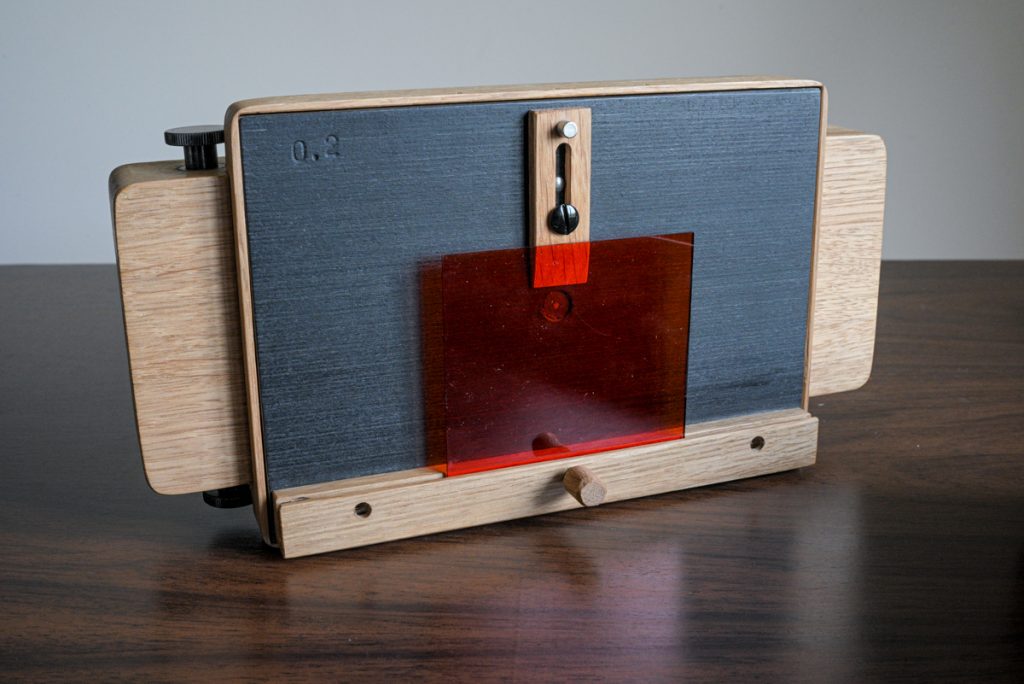
My only one gripe really, which is actually a concern, is the lack of a tensioner inside the film compartment which you find in almost every 120 classic camera. This ensures the film is being pressed against the spool as you are rewinding the film so that when you take the film out it is not slack with no light seeping into the film.
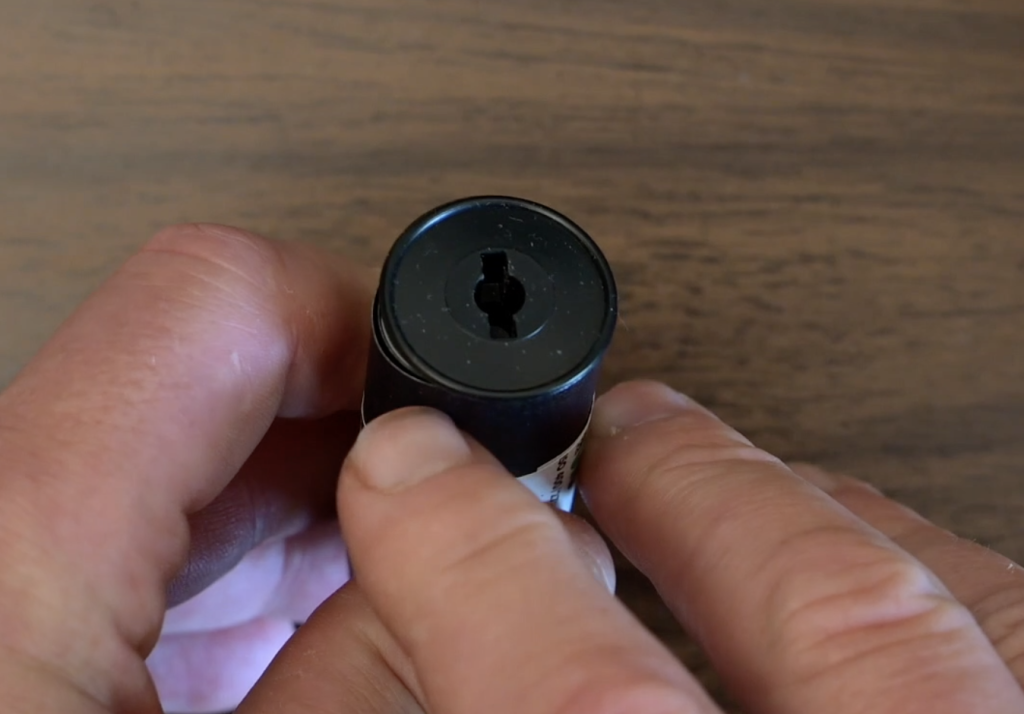
You can see the example here that is used by Ranica Pinhole Cameras. Which is something I mentioned to Ranica when they sent me their very first pinhole to try.
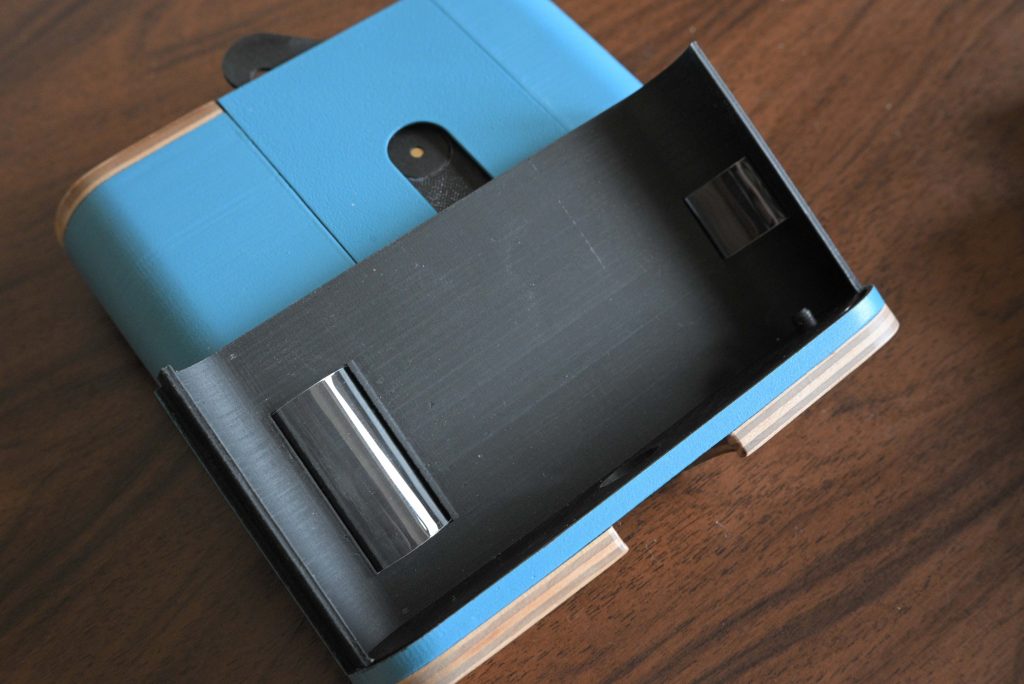
But overall the camera is impressive and brings a whole new world of creativity to the pinhole enthusiast.
You can see more information at Ralph Mans website https://maniapinhole.com
Kentmere 200. Any good? Let’s see!
Harman sent me a couple of rolls of their new line up in the Kentmere range of Black and White films. Kentmere 200. And this new film will be exciting news for many Kentmere lovers!
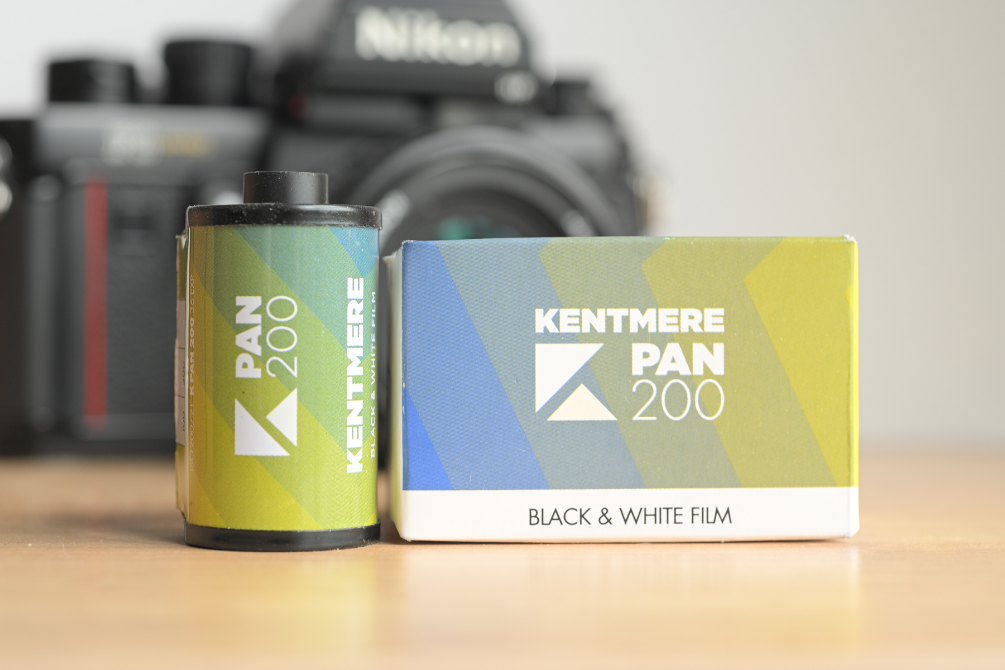
I was excited to see how this new film would perform and there is no better way to test a film than to get out there and shoot it in your normal environment and see how you like the results. Here’s a Chicken!
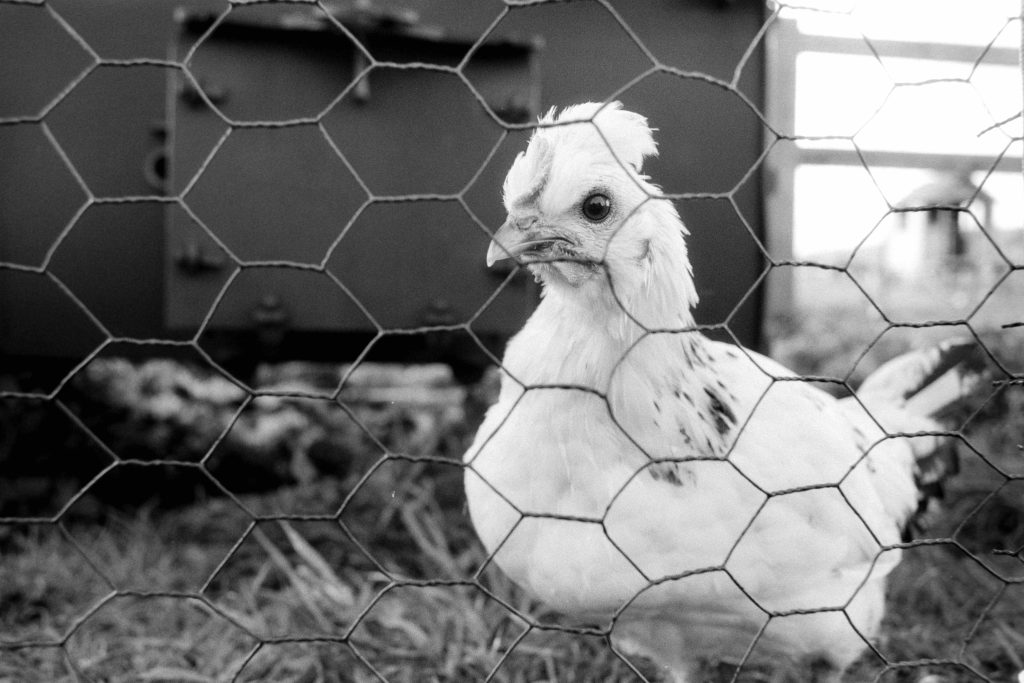
But before all that you need to find your perfect overall development happy medium or you’ll end up shooting some great photos, perfectly exposed, only to mess it all up in the development.
See the Video
So I needed to find this out before I went out on location.
Development Tests
With only two rolls of film and an intentional video to make for the SFLaB channel I needed to make sure I developed my film right. I chose Ilford ID-11 for my developer. And I already knew I was going to be dunking the film in it at 1 part to 1 part. I just needed to find the right time, or near enough!
Over develop and I run into highlight problems. Under develop and I get negatives that are thin and hard to print. But if I get my times at least near enough then I know these films are pretty forgiving and I’ll get printable negs. And that’s all I am after.
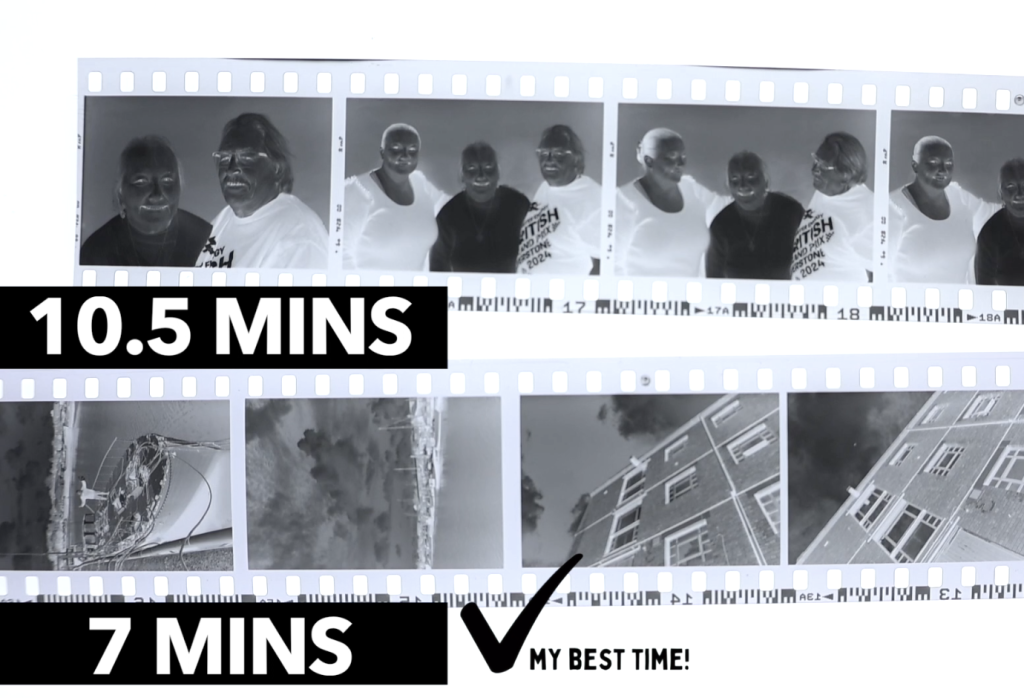
At this time I had no data sheet from Harman. But even so, I would only use that as a guide and still experiment. I’ve since seen the data sheet and I wasn’t too far off!
So using my rotary processor from Filmomat I started off at 10.5 minutes. I took a few photographs of my Wife’s Aunty, Uncle and Cousin and then cut the film from the camera and developed the shots I took.
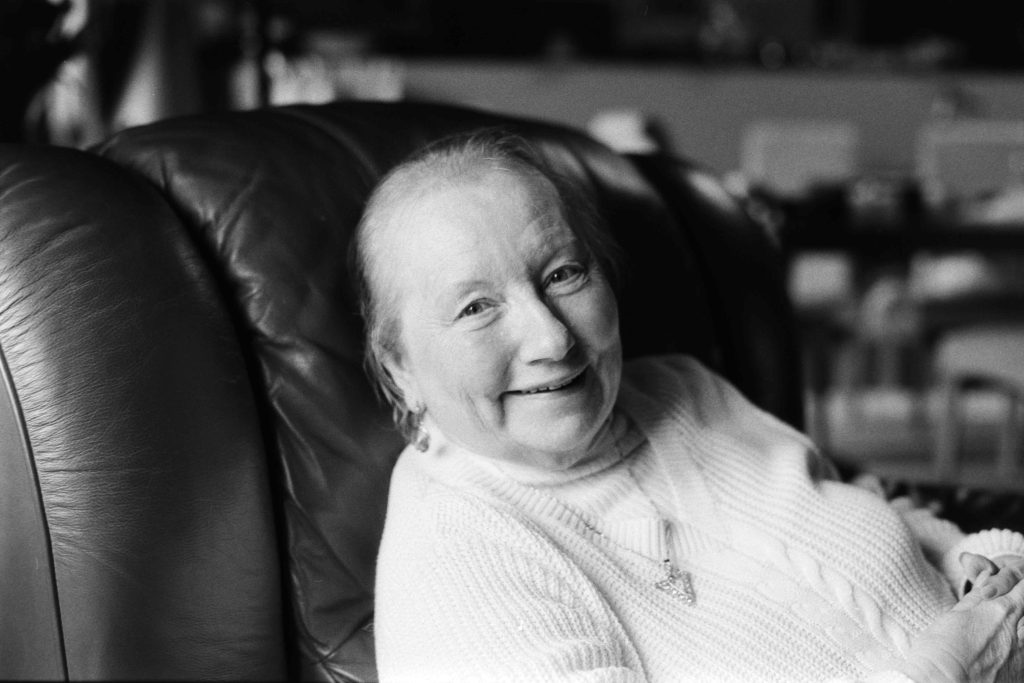
Straight away I could see the negatives were dense. But surprisingly recoverable. But I needed to take time off. So I decided to knock off Two minutes. You can see the highlights stretching.
This time, at 8.5mins I got better negatives but still I could see they were denser than I would like.
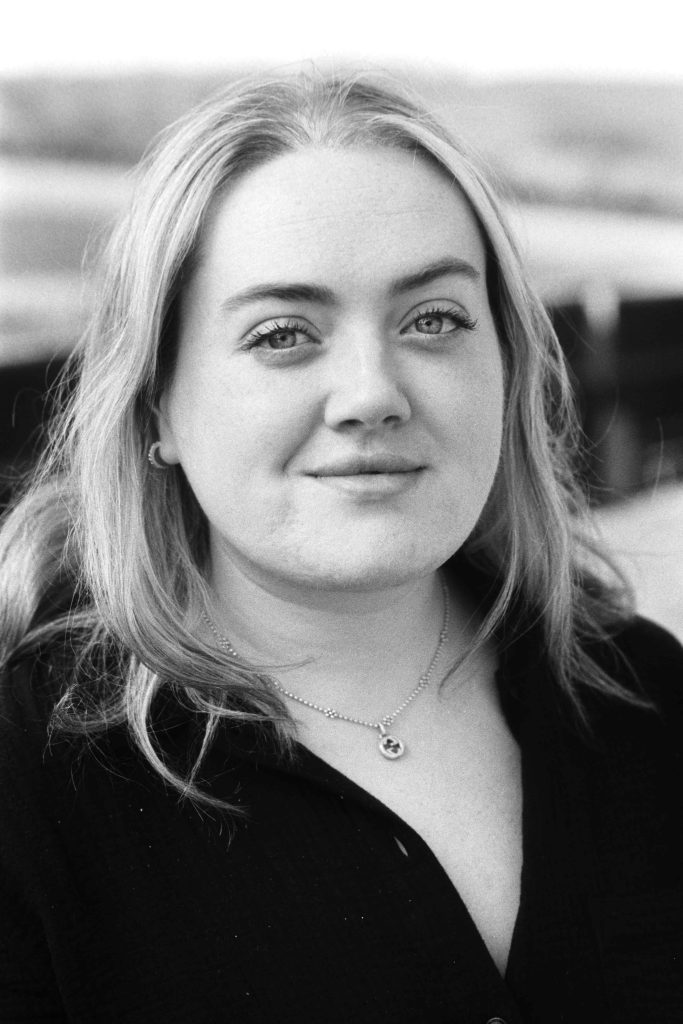
With now only one and a half rolls left I settled with just seven minutes development time. And I was elated when I saw the negatives. They looked perfect. For me at least!
7 Minutes!
When I scanned the negatives I was surprised to see the images had a good tonal range, sharp and fine grain too! I say surprised because I’ve always compared standard films to Ilford FP4. I shoot FP4 mostly. And I’ve never seen Kentmere 100 or 400 come nowhere close. But with Kentmere 200, I think I’d be hard pushed to tell the difference side by side. Maybe for another video I can do a comparison?
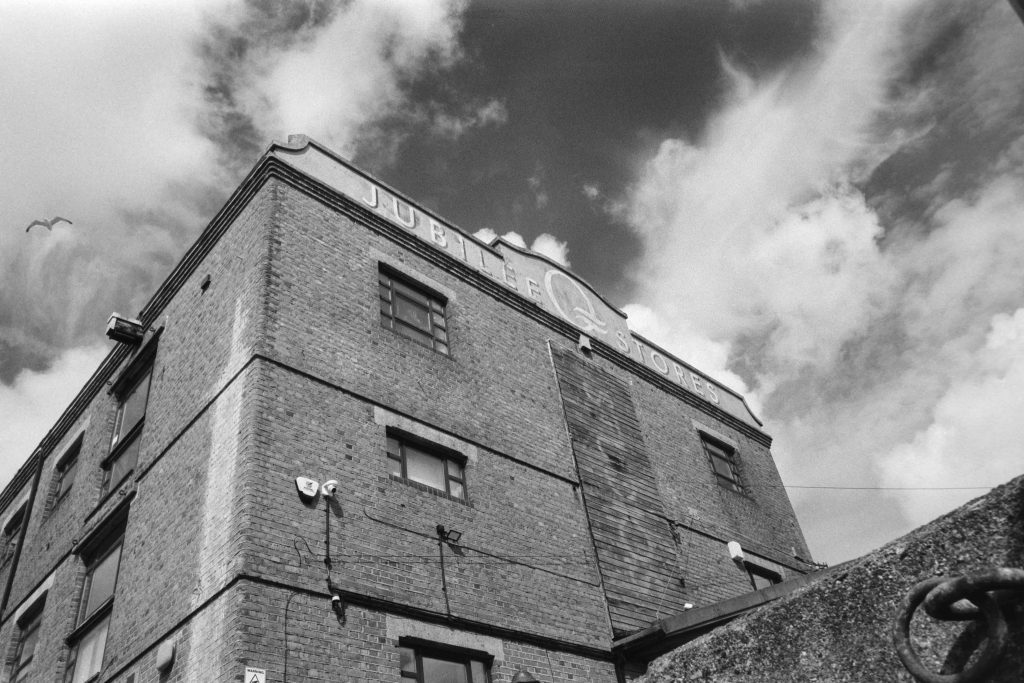
And if it IS as good as Ilford FP4 it could well be a cheaper alternative!
When I shoot FP4 I often shoot it at box speed for my scapes and often push it to 400 for my street. Even 800! Can I push Kentmere 200 to 400 or even 800? That waits to be seen. I will need to grab some more rolls and delve deeper.
But for now Kentmere 200 has left a good impression. And even though I have only made scans so far I know from the negatives that darkroom prints will be good too.
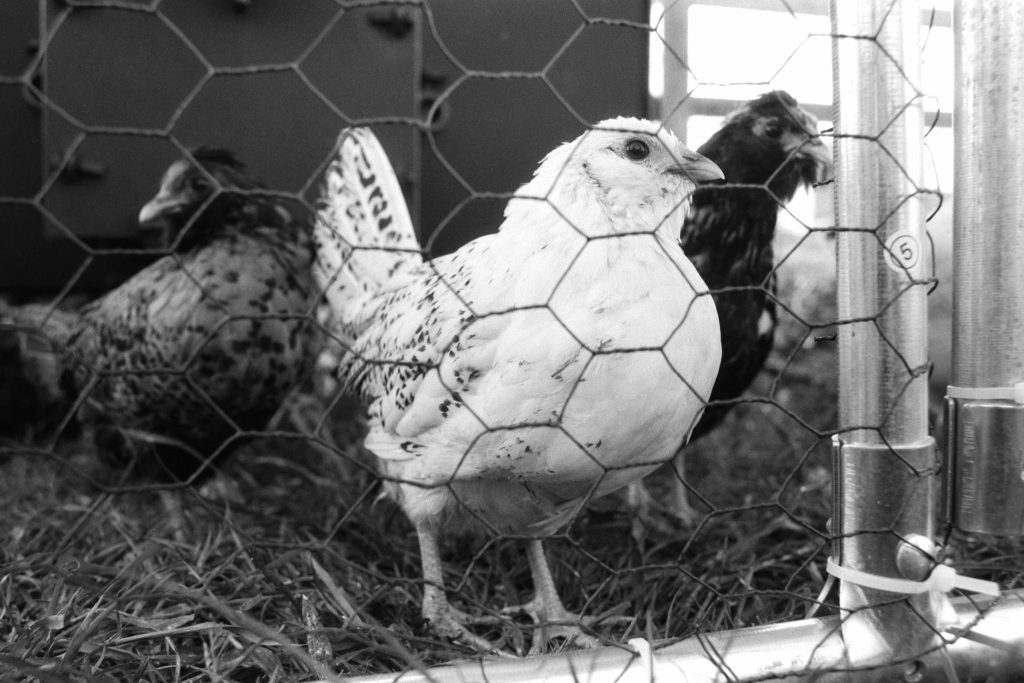
I’m not one for delving deep into a films dynamic range, grain and sharpness with vigorous testing. As I said, I’ll shoot the film in various conditions, for my normal photography taste, and I can visually see if it is a film I can use.
And I’ve shot probably every film out there. To be honest I think most films have a place for creative photography. Even those crazy contrast micro film films. Copex Rapid comes to mind! I’ve used this film where I’ve wanted super contrast for creative reasons.
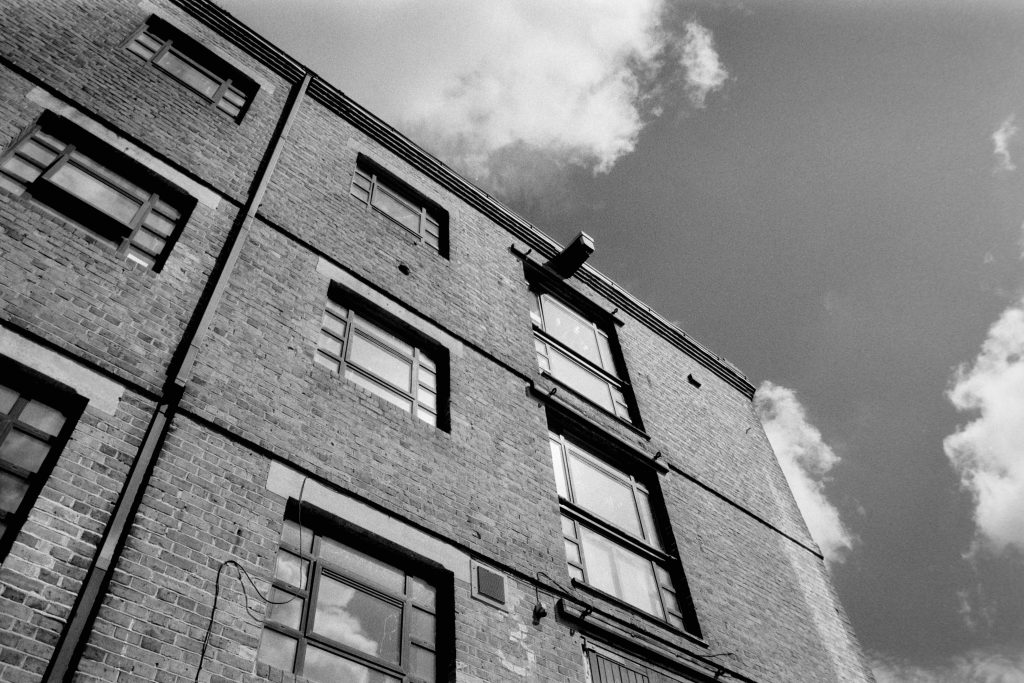
So if I stumble across an unusual film I’ll always give it a go and put it in a pigeon hole for a possible certain look I may need for any particular photoshoot. Even Harman Red. When that came out a few weeks back many were quick to label it as gimmicky or just plain awful. There are those that are happy to throw rocks at a new film on the market and there are those that are willing to get out and give it a go to find its potential. If any.
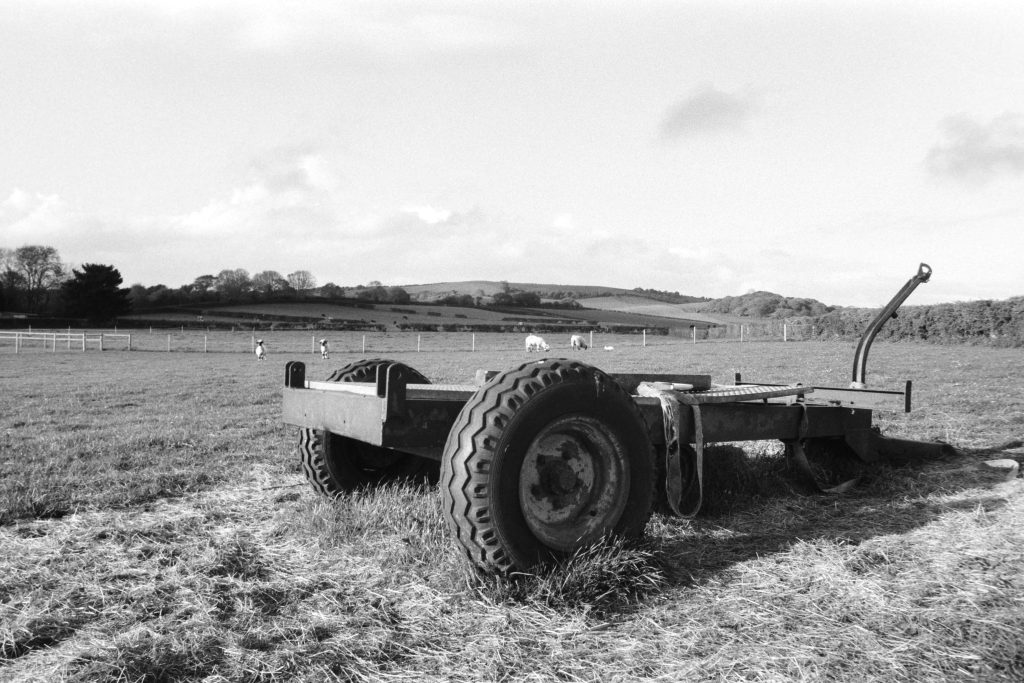
Coming back to this new film from Harman, which I believe will be rolled out in 120 and also 4×5 I think it’s excellent news for Kentmere fans and the film community as a whole. Film is still being pumped out for us film nuts to enjoy.
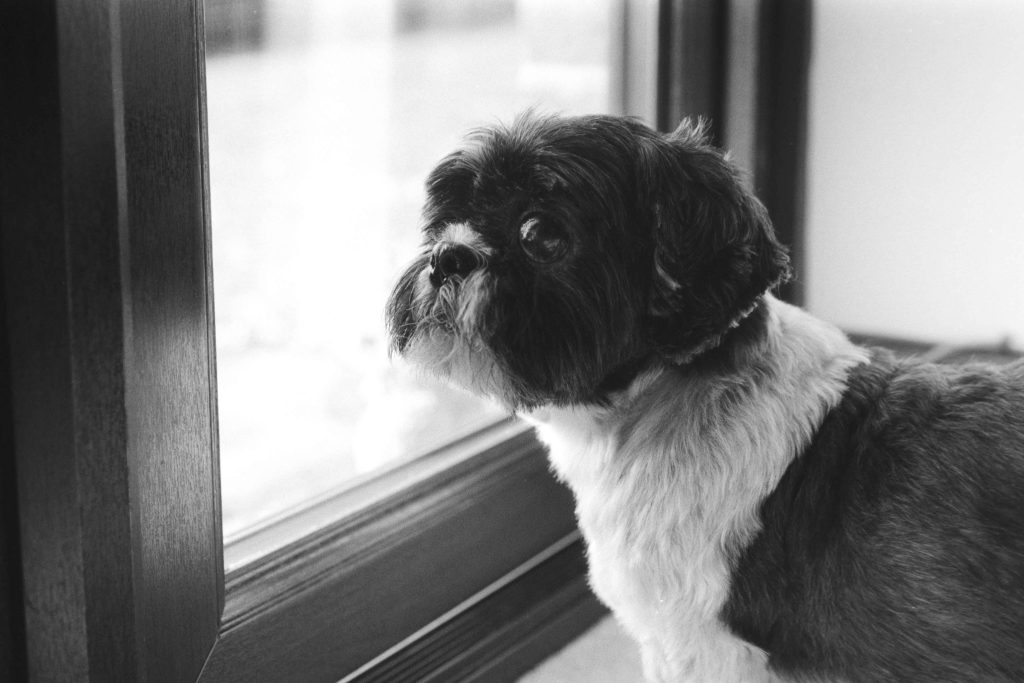
M42 100mm f2.8 Bokeh Lens
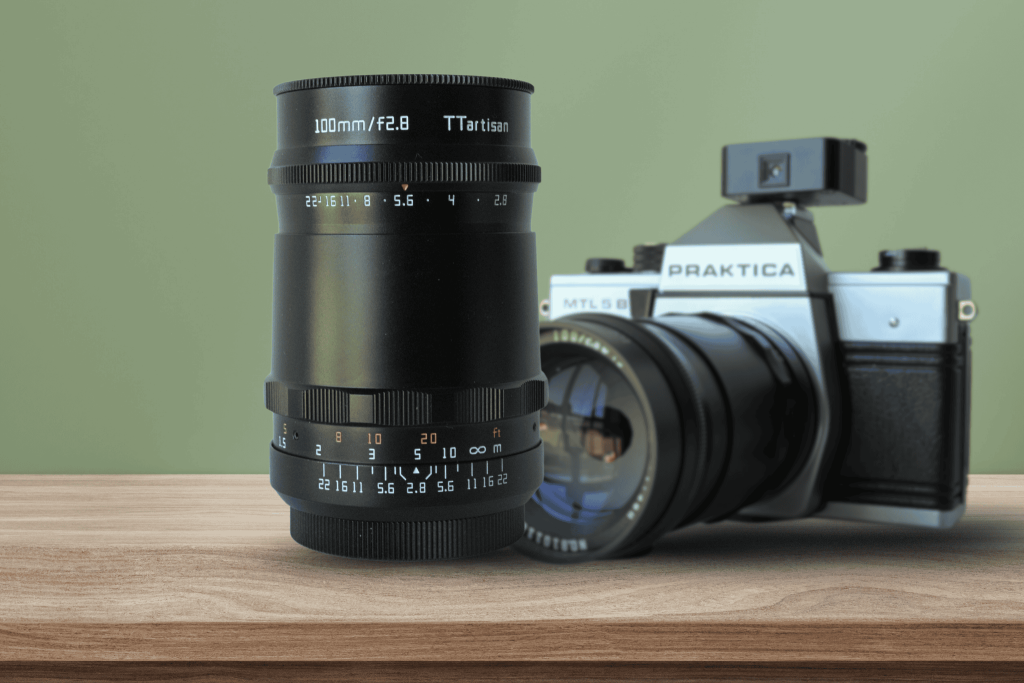
Another lens from China
Here is the “Bubble Bokeh” 100mm f2.8 lens from TT Artisan. And what an interesting lens it is too!
If you want to see the video I made on the lens then here it is. And scroll down as I go over the photographs I shot using the lens.
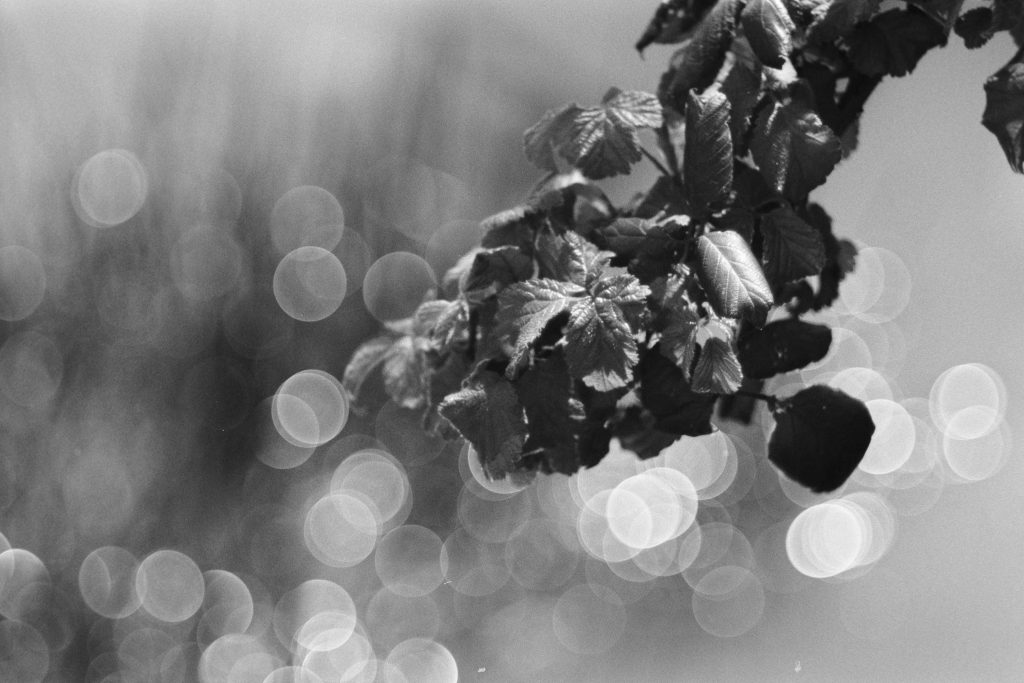
Straight into the “Bubble Bokeh” effect. Here it is. Sort of! I found it hard to find the ideal situations to achieve this effect. And the above was looking over a stream at some water grass shimmering in the sunlight. Here is the scene.

So there are two elements to make the photo work. A background that is shimmering very brightly and a subject in the foreground so you can focus close on the foreground subject, shooting wide open at f2.8 and a distance between the two enough to throw the background into oblivion out of focus!
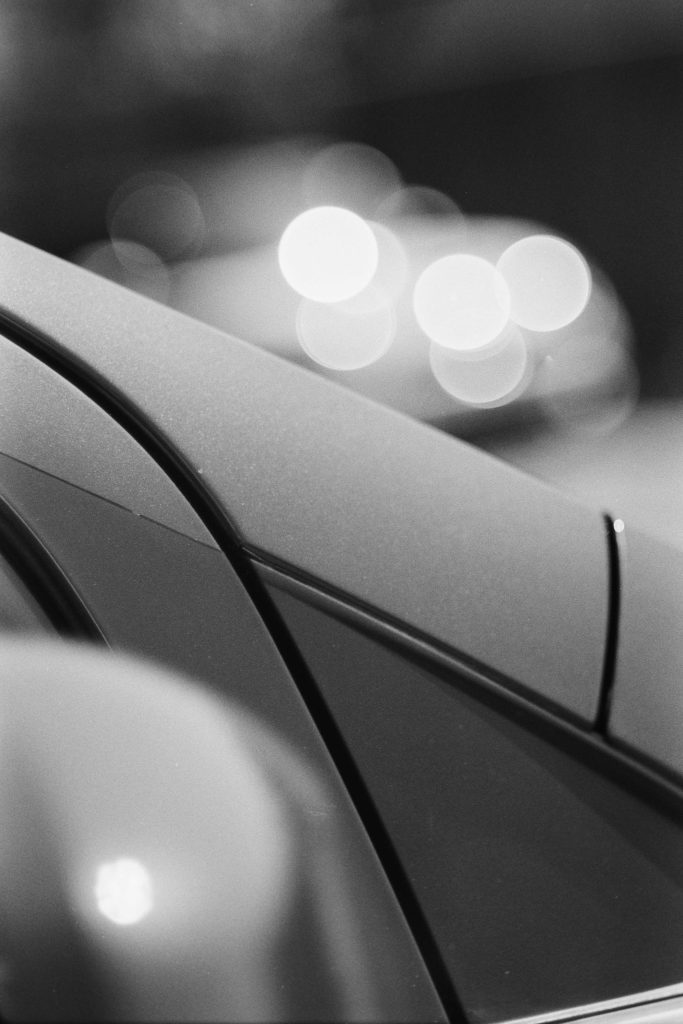
Another example. This is close up on a car with another car in the background. Again, at f2.8.
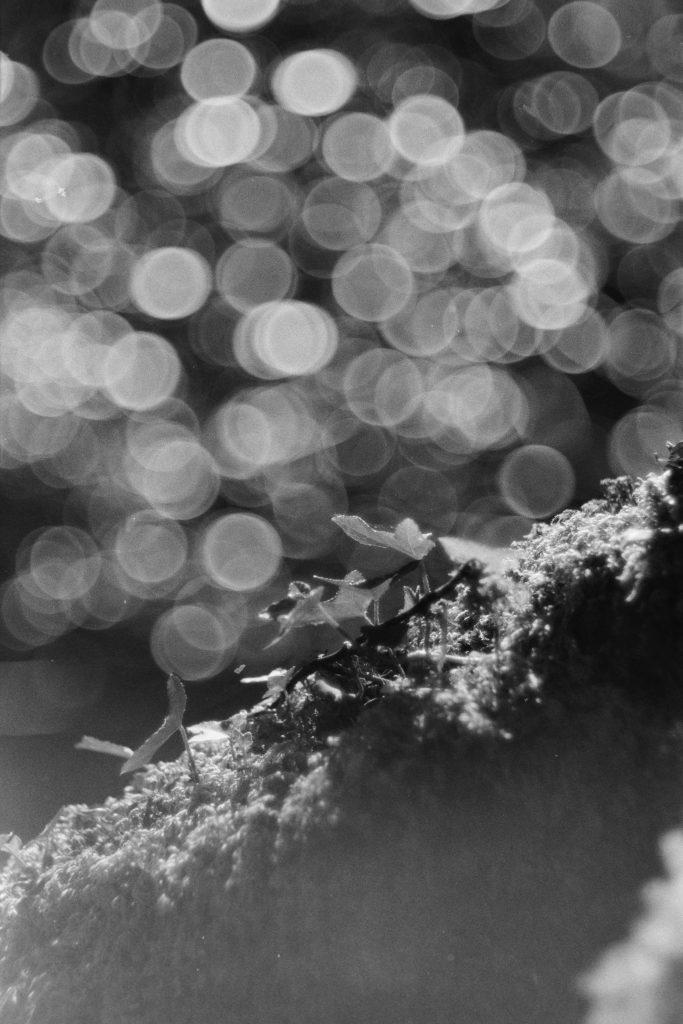
And another with a Holly bush shimmering in the background and some tree moss in the foreground.
But I will be brutally honest. I don’t think this is for me. But I do think you could get some amazing night time city scapes. And for the price of the lens, less than £200, I wanted to see how it performs normally without the Bubble Bokeh effect. And it didn’t disappoint!
I shot these with apertures of f8, 11 and 16. This is where I wanted to see the quality of the lens.
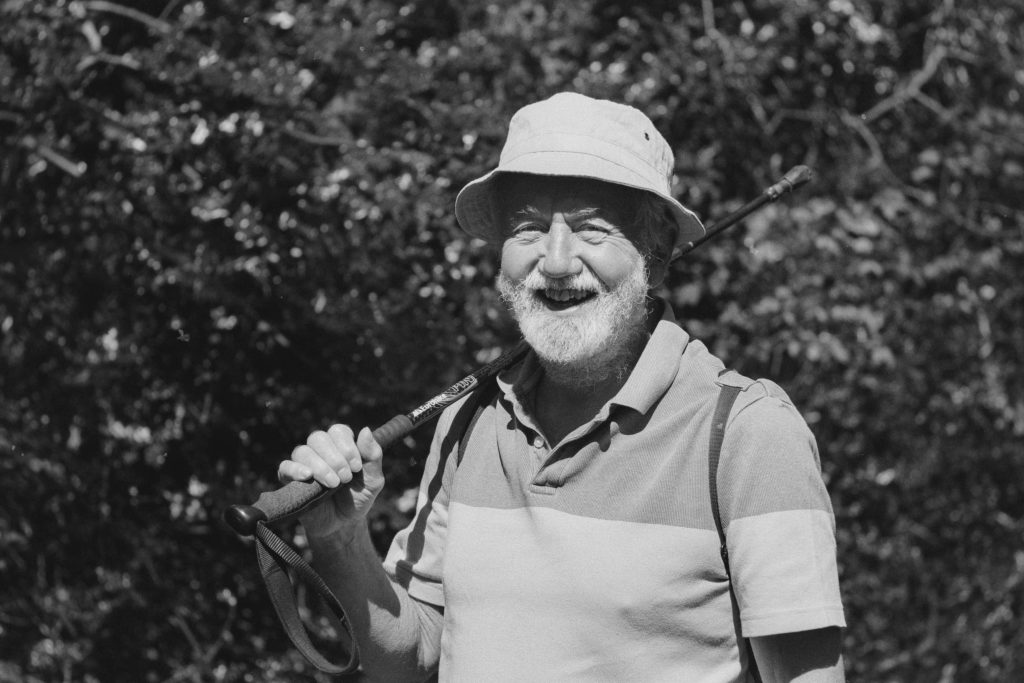
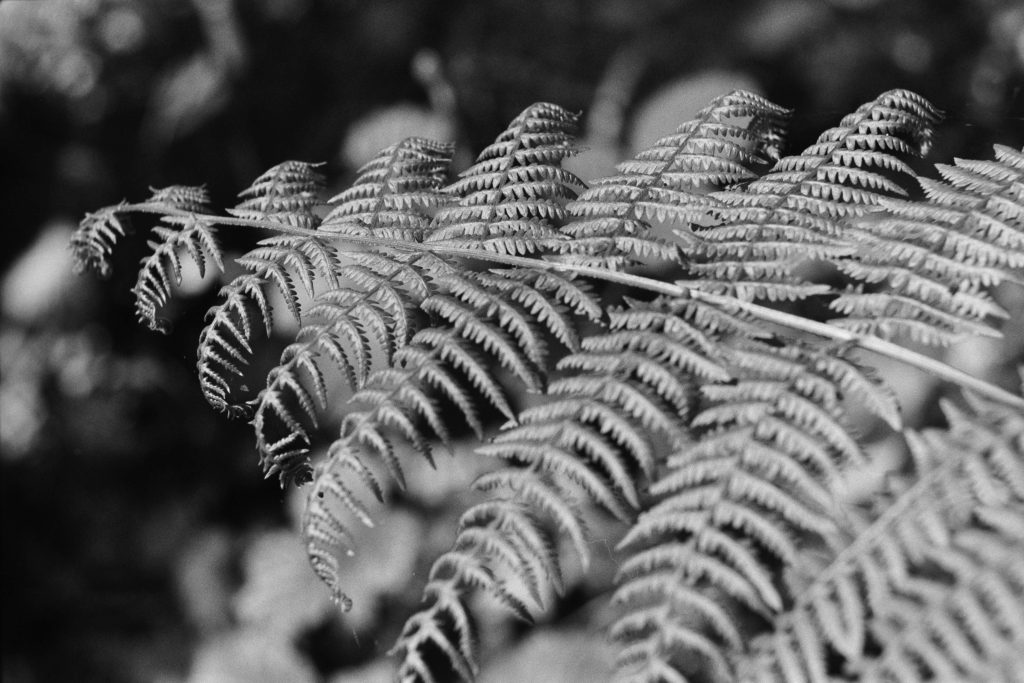
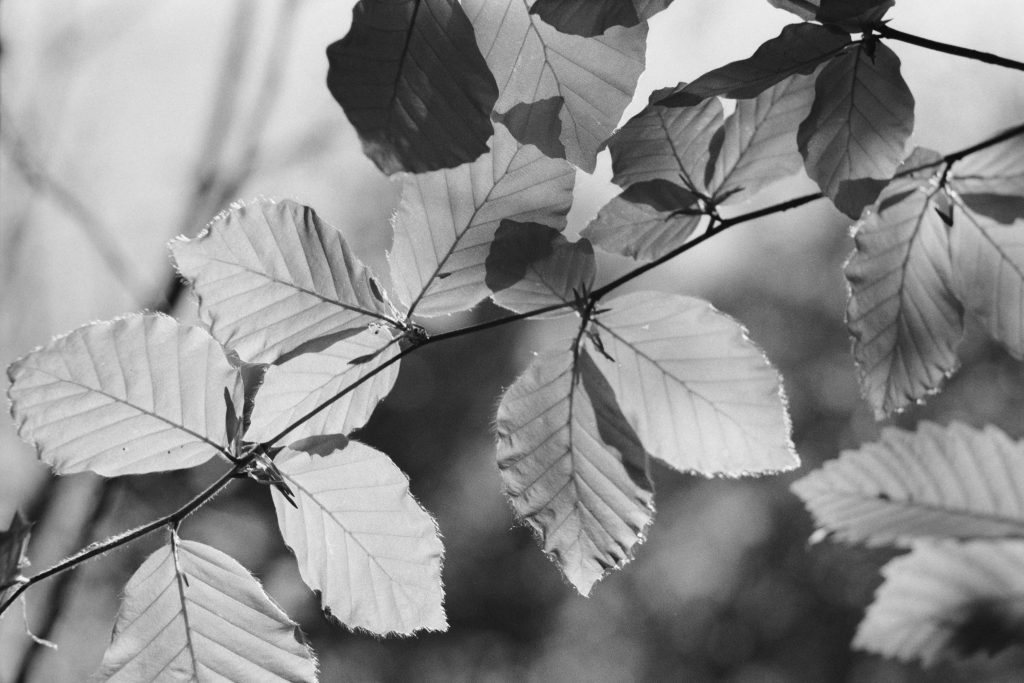
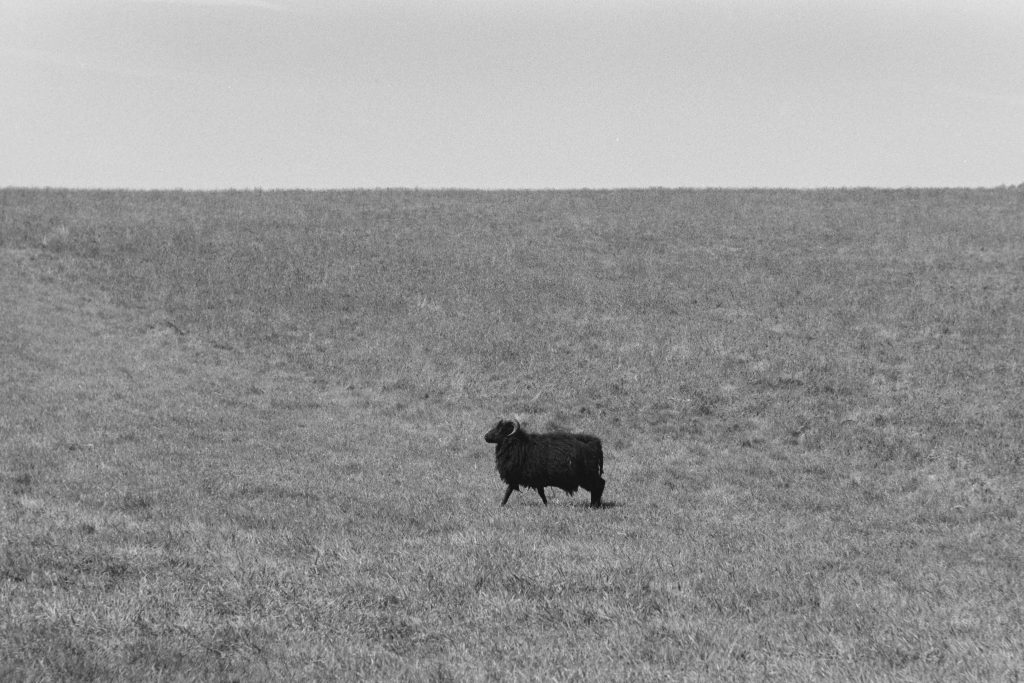
Build Quality
You won’t be disappointed in the build quality either. It feels good with a full metal contraction, three elements in three groups and 13 aperture bladed. And the focusing is nice and smooth with a clicked aperture selector and the lens is small and compact too!
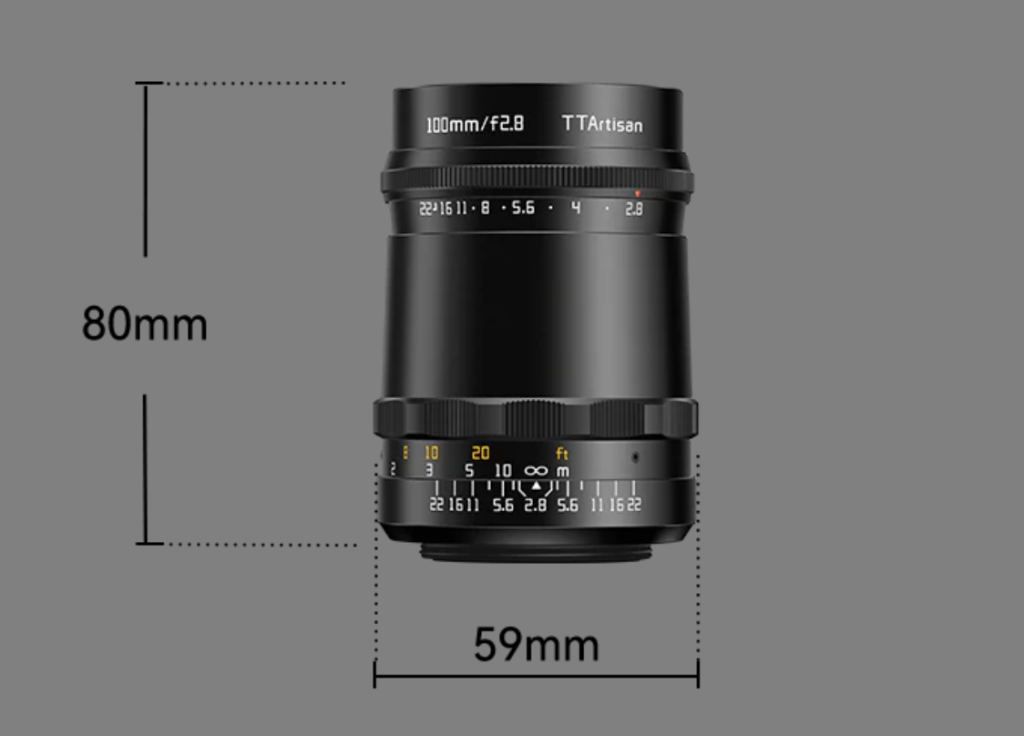
You can read more on the lens on the TT Artisan Website.
- f2.8 – f22
- Closest distance is 3 feet
- 13 Aperture Blades
- 3 elements in 3 groups
- Full Metal Body
- Fits M42 Mount and also M Mount
- Focal Length 100mm
- Filter Size 49mm
- Weight is 307g
- Clickable Aperture Change
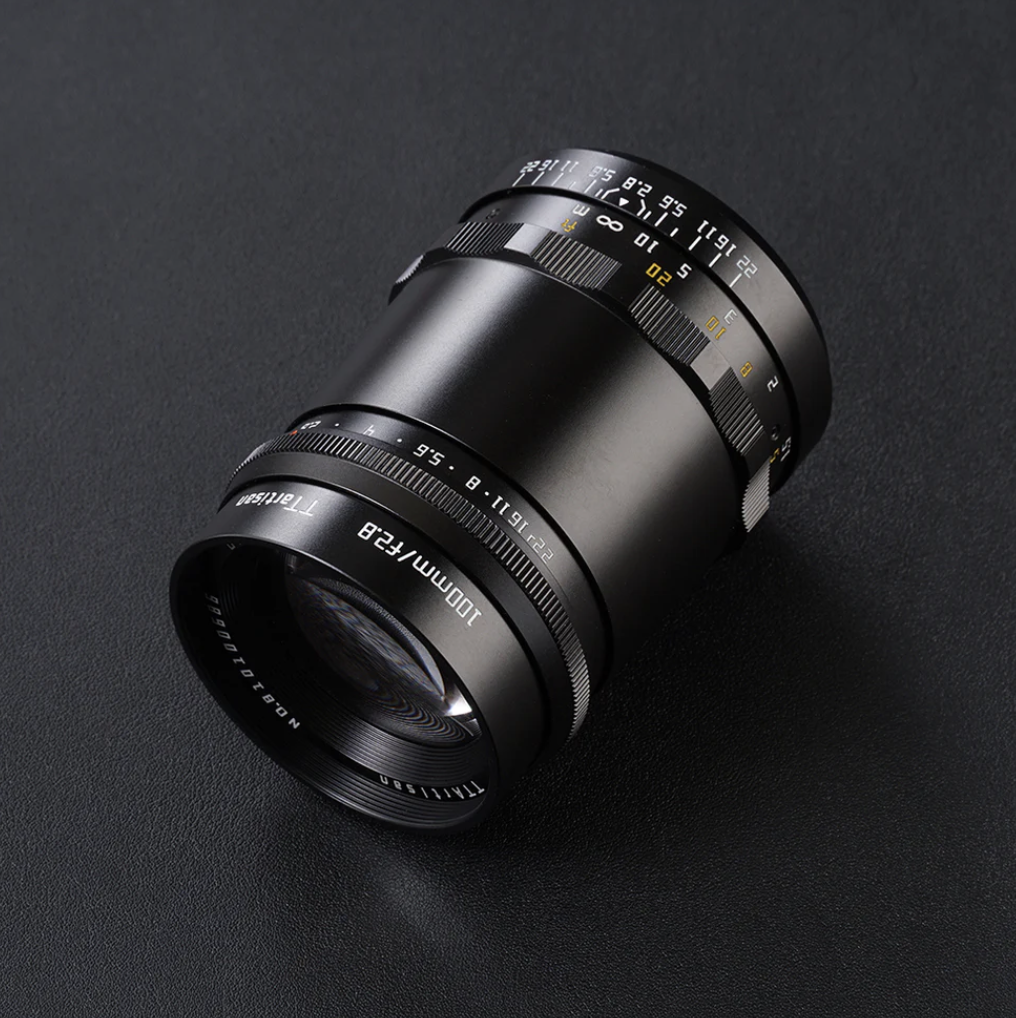
Uses
I can see this lens fitting into some of my photography especially portraits! And I will take advantage of the Bubble Bokeh if I stumble across an opportunity but I wouldn’t go looking for it with a model. My usual lens for woodland is a 50mm, 55mm and a 28mm. So using a 100mm in the woods I did find myself thinking more about my compositions. Street photography also! It’s not an intrusive looking lens and could make for some interesting stealth compositions! And if you are into macro photography I am sure you can get even closer with extension tubes! I didn’t try this. Usually I reverse a 50mm lens on an extension tube. Whatever your photography subject I am sure you would find a 100mm lens useful and the price is the start of this lenses attraction. Less than £150 for a brand new M42 Screw fit lens.
And here are a couple of photographs I took with a Canon 6D DSLR camera. You can see the quality is very good.
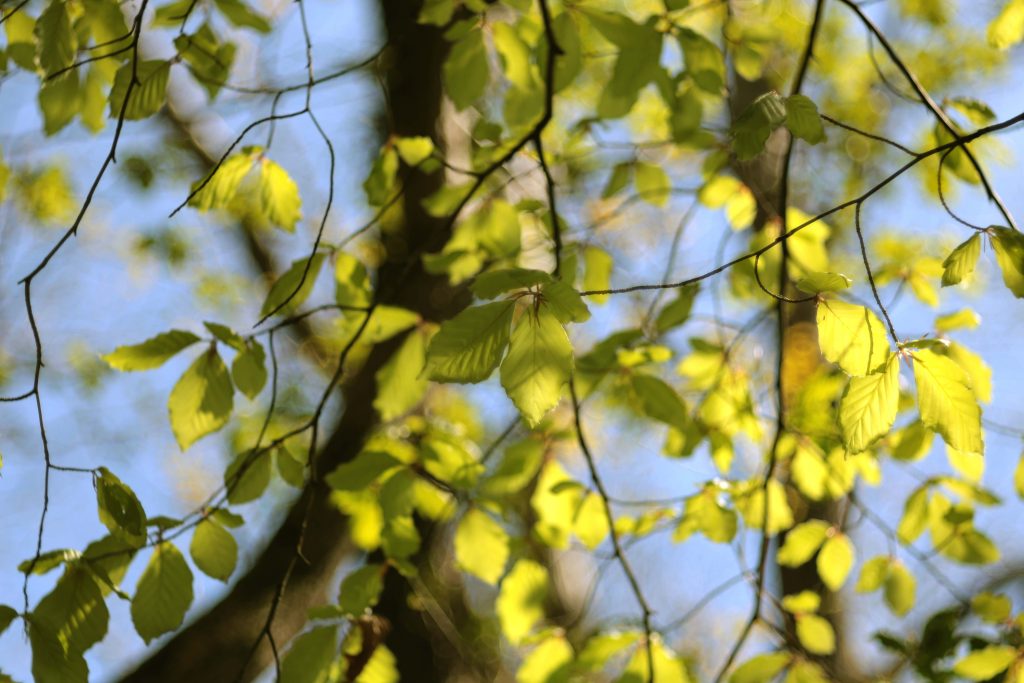
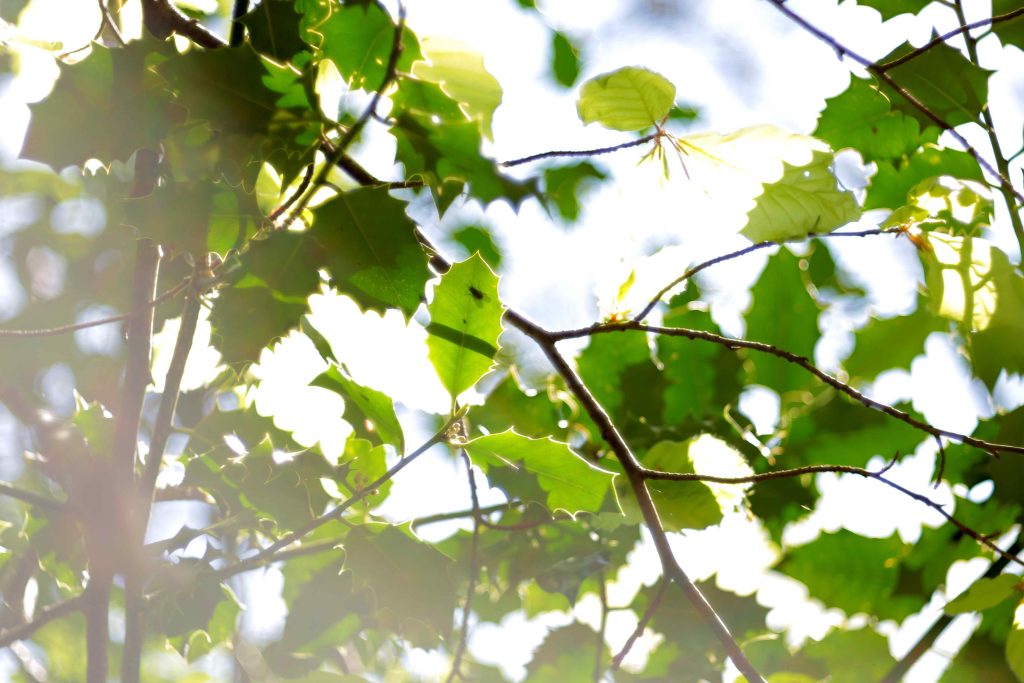
Working Hands Project
As photographers there is often a project or ten that come to mind. For me this started in Bahrain when I visited a pottery. I took a couple of photos of the pottery mans hands and thought it would make for a good project.
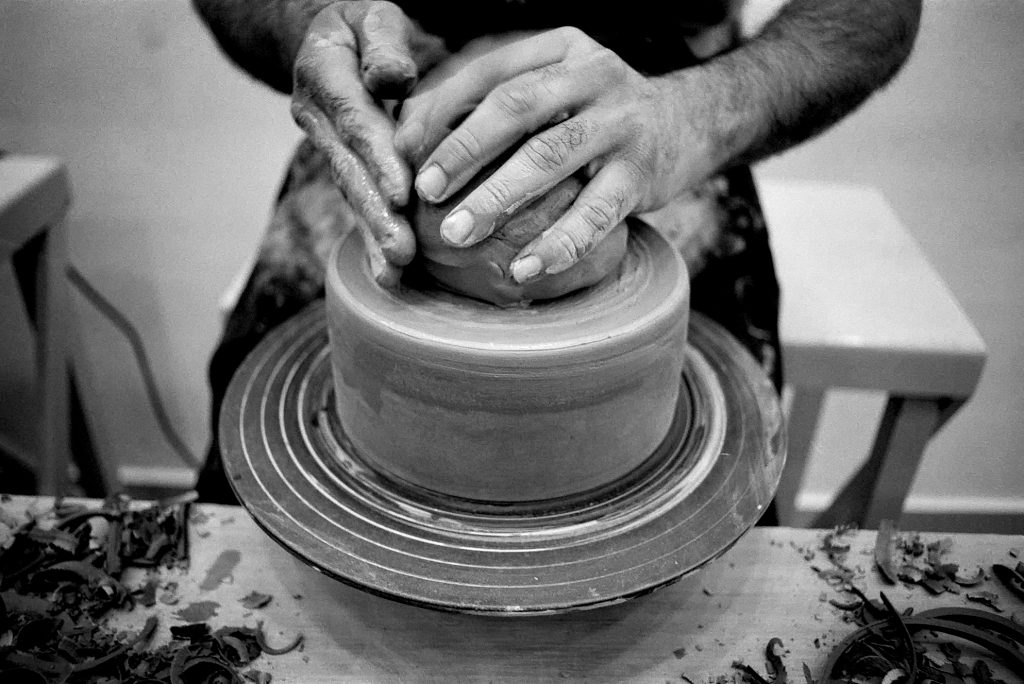
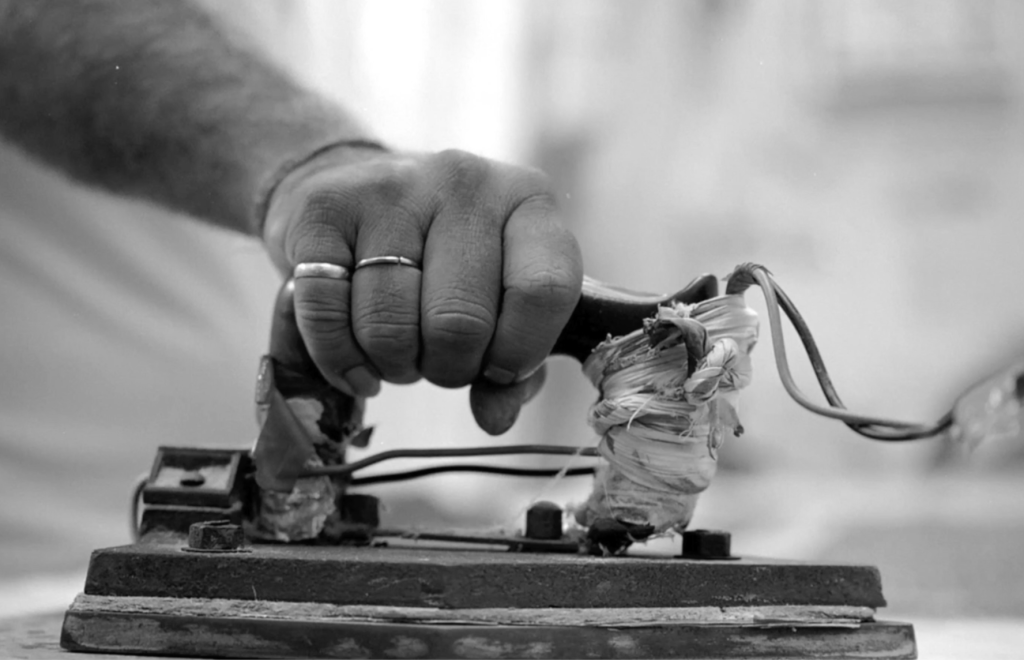
Another I took with this project in mind. I guess I can keep this project in mind wherever I go. I don’t need to plan anything. Just take the photographs when the opportunity arrises. And recently I had my car wheels refurbished and so I thought it would be a good opportunity to get a few more of these photographs in my collection! Of course I asked for permission!
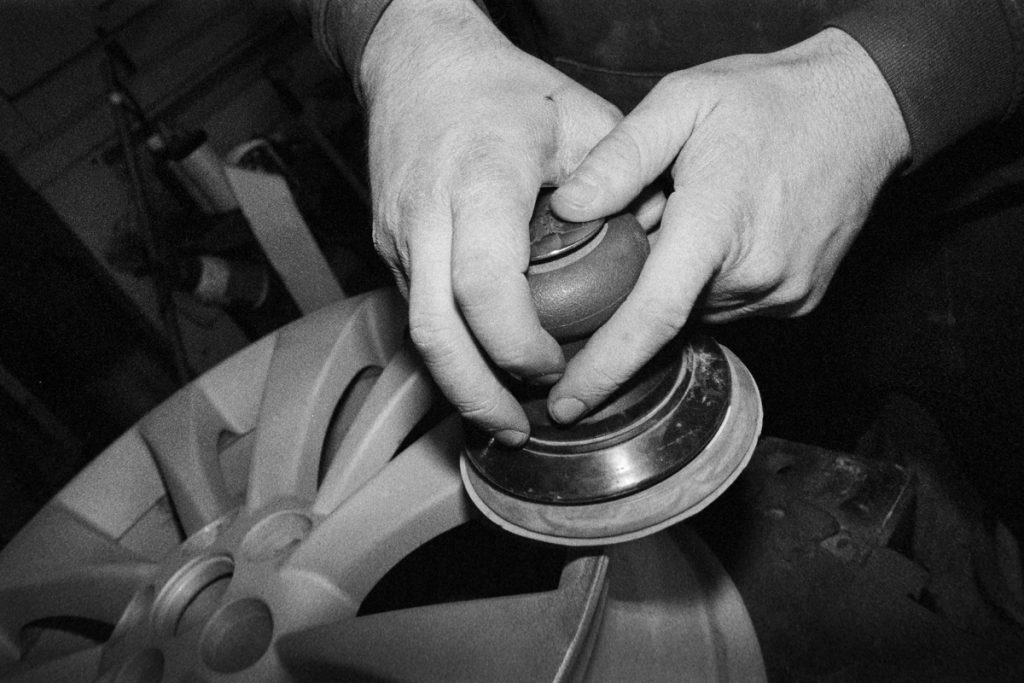
The wheels took nearly three days to complete an I was there all the way with a Nikon FM3a and two rolls of Kodak P3200 which I was shooting at 800. And I used 510 Pyro for developing at 13 minutes in a rotary processor. I also took three lenses. a 28mm, 55mm Micro and an 85mm. All Nikon.
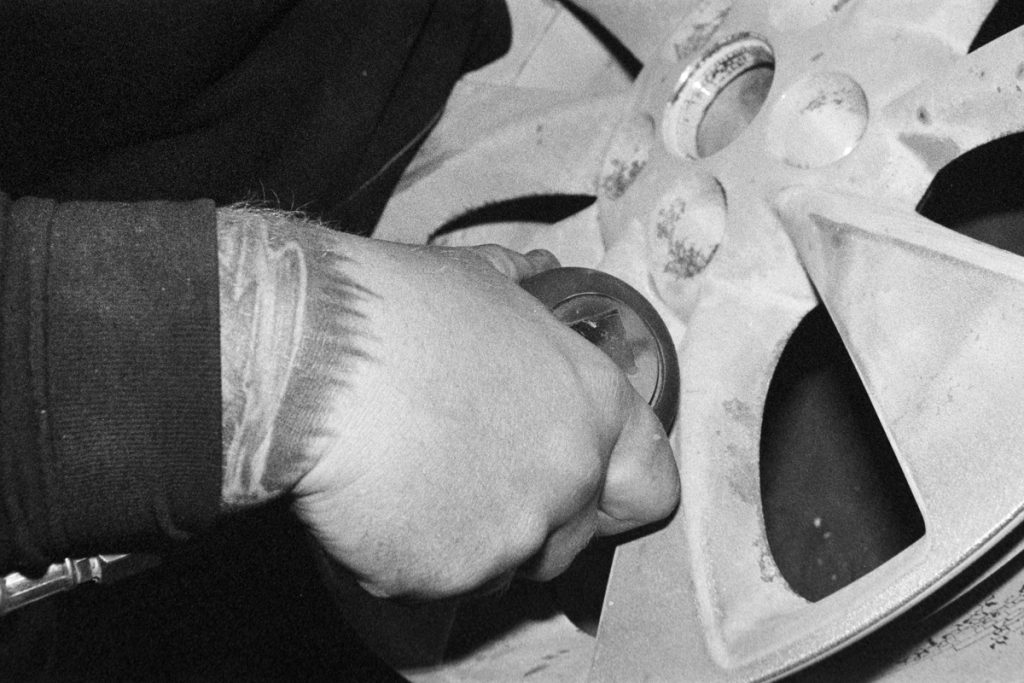
But, here is the thing I noticed. I was short of options. I had either hands on an alloy wheel or hands on an alloy wheel! And sometimes with gloves on too! Sounds easy. but it really wasn’t. So I resorted to changing the plan slightly and shooting a bit wider. That way I could tell more of a story in the photograph. Such as the one below. Just by pulling back I could get more in the shot in way of machinery and character. It’s not what I was intentionally after but it’s better than a load of repetitive photographs.
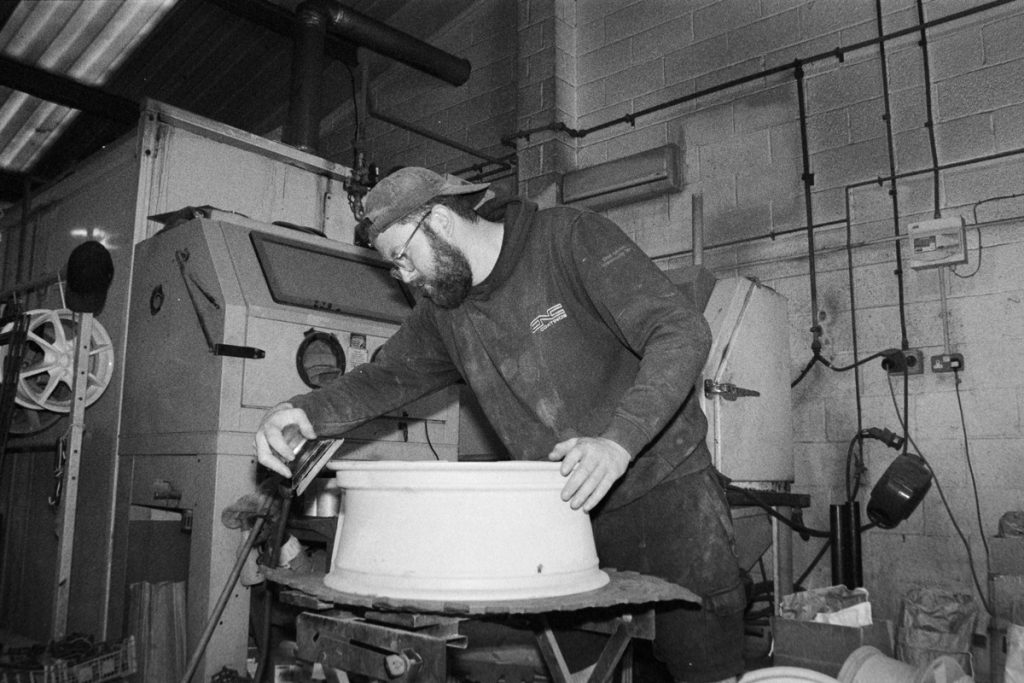
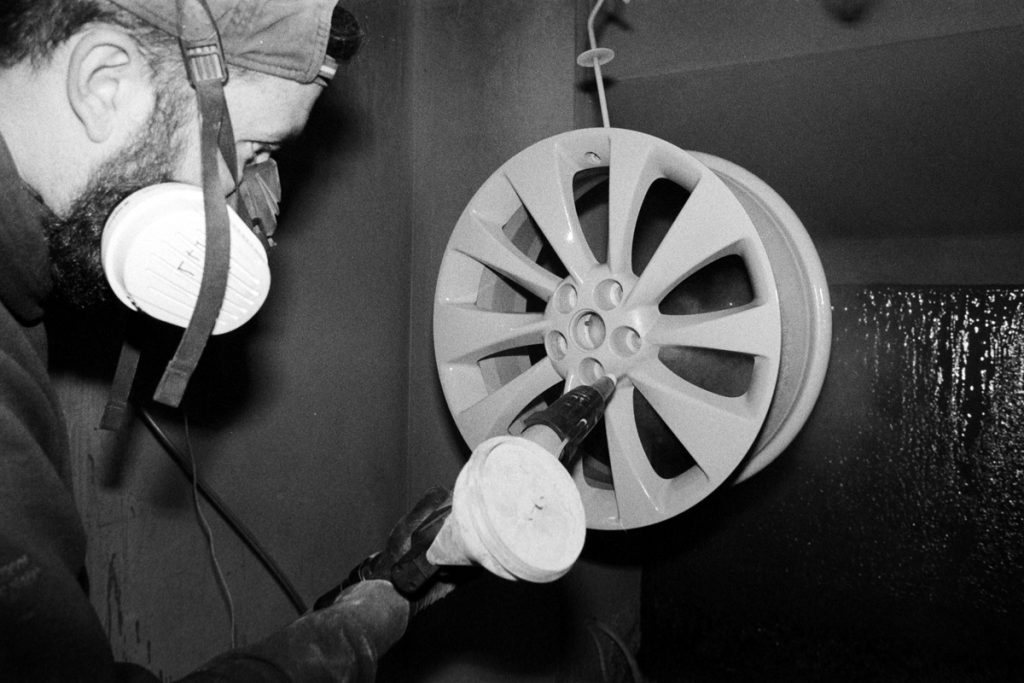
Now it wasn’t the best lighting inside this workshop. I found that out on the first day! So I decided to take a small Olympus T20 Flash with me, just to fill some light on the subject. I knew it would create a hard shadow sometimes but that doesn’t other me at all. If anything it adds to the drama.
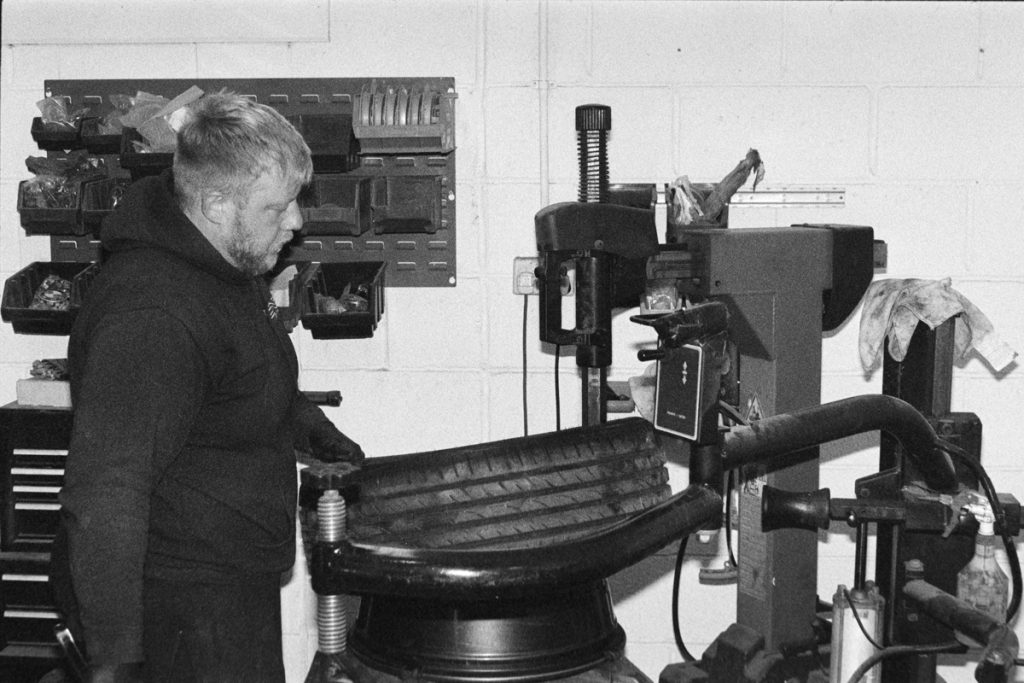
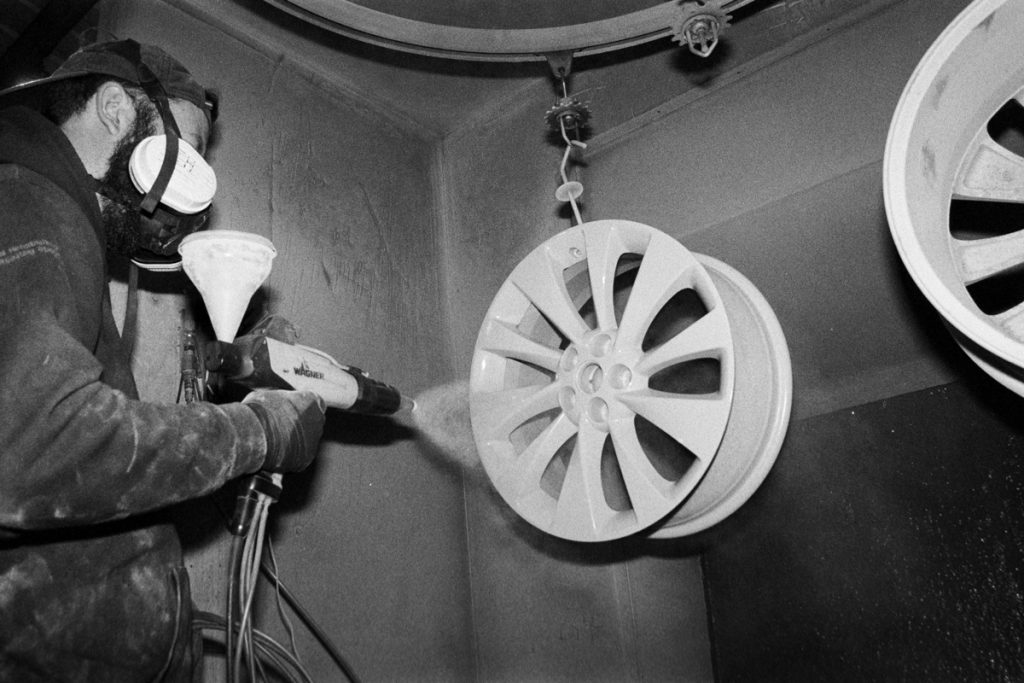
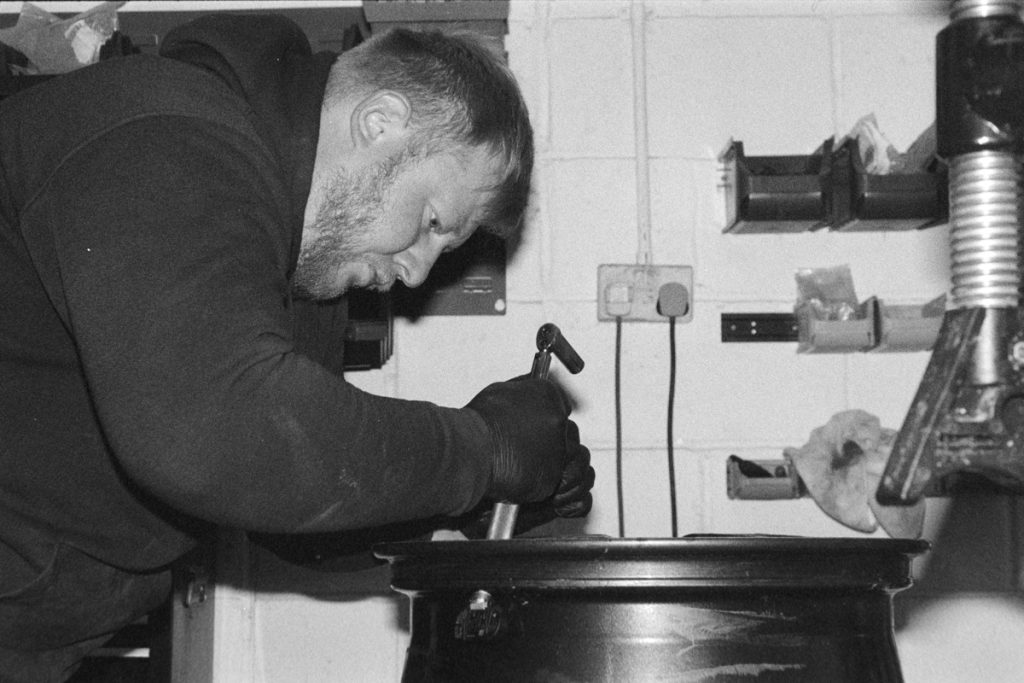
And above we can see Josh pulling tyre valves. You can see how the flash creates that shadow on the wall. It’s harmless. But also notice the gloves! I can’t ask these guys to take gloves off so really my hands working idea goes out the window! Nonetheless I still felt I was getting some good work photographs.
My film choice was a no brainer. I had two rolls of P3200 in the fridge, which was out of date by a couple of years. I didn’t want to shoot that at 3200. That would have been grainy! So 800 or at a push 1600 would be best. I could have chosen Ilford HP5 and pushed that to 800 but I have a feeling that would have been grainier than the P3200 at 800! But none of this mattered in the end as I was using flash.
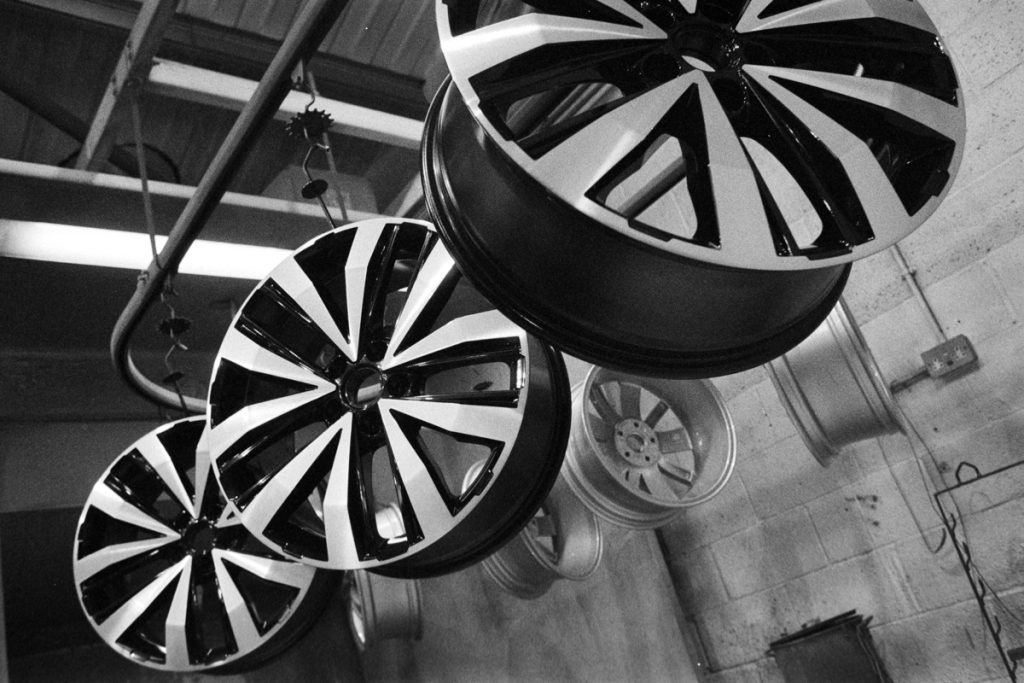
Then it was time for a few creative photographs. I particularly liked the strip lights above so I took a few photographs with the 28mm lens to incorporate some strip lights.
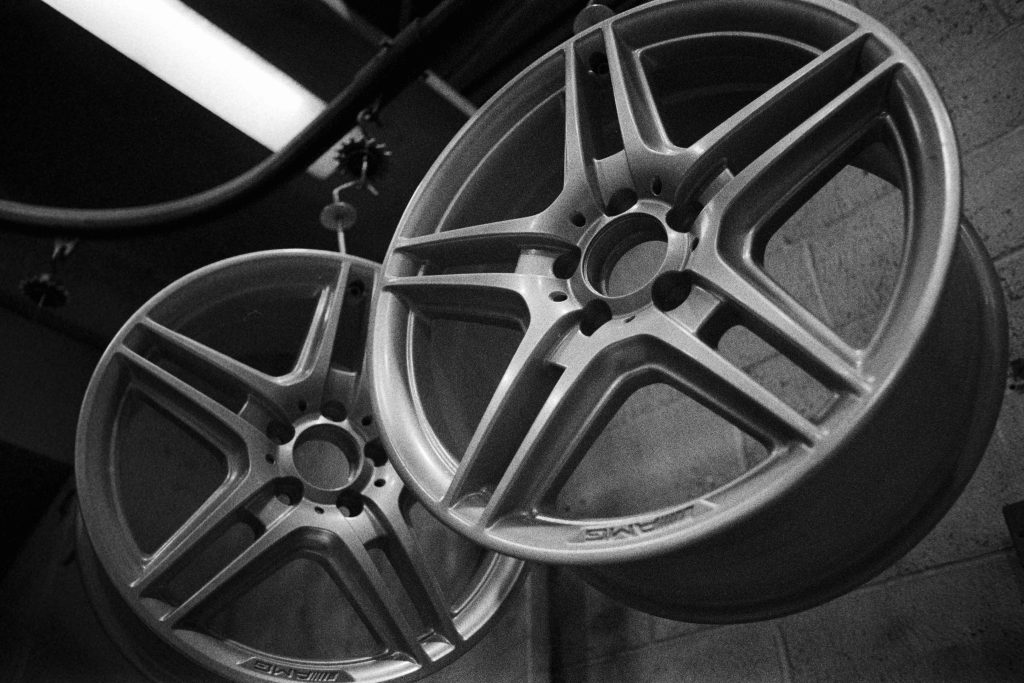
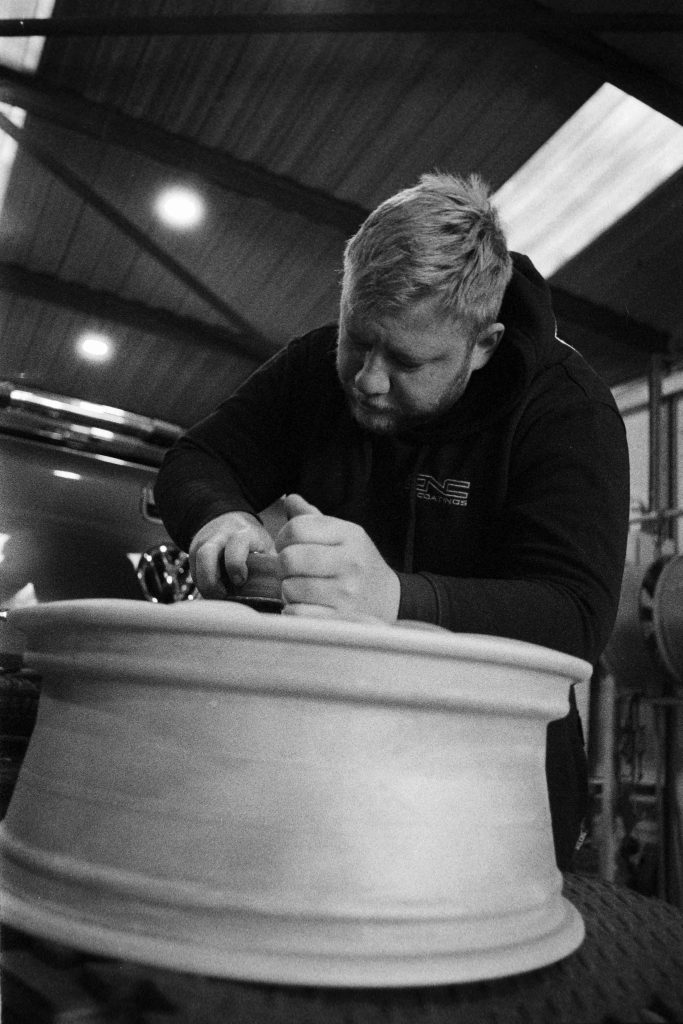
Going forward I think it’s a good project to stick with and one that I don’t even need to plan for. Whenever I am out and about and see an opportunity then I can take it. Although I might come across as a bit of an odd ball asking some random person if I can take a photograph of their hands! This is how to ask..
“Hello! I hope you don’t mind me asking. I am a Photographer and I have a fetish for peoples hands! Would you mind If I take a photograph of your hands”. I may have to work on that.
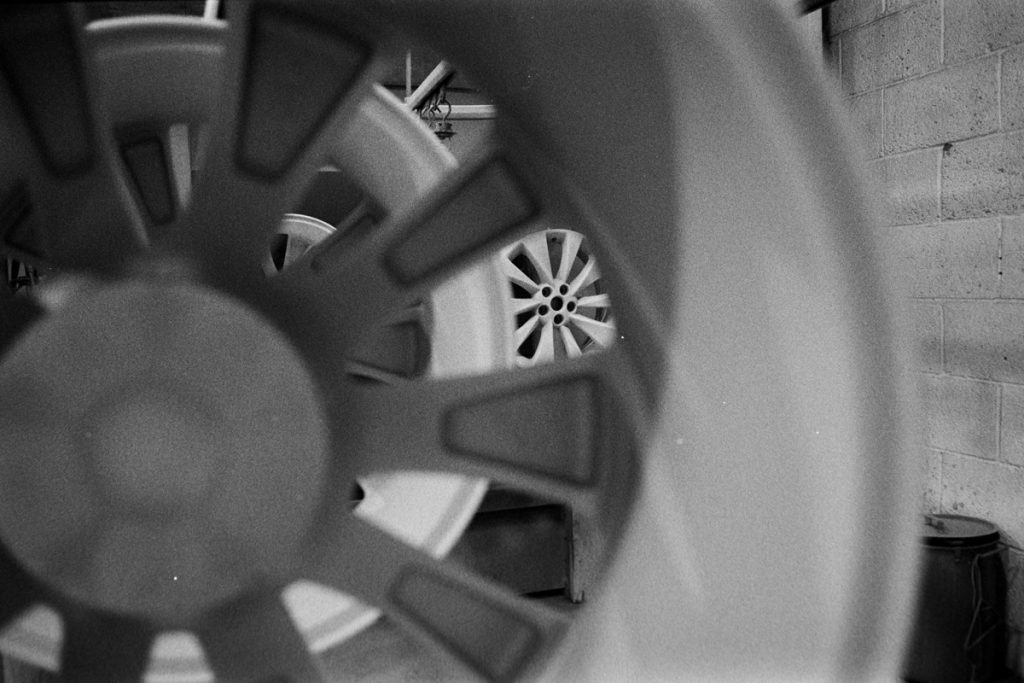
Or you could turn it into a complete planned project and list occupations you think would work best and approach those places of work or leisure. I would say the harder the work the better for hands that look unusual. Like our local farmer! His hands are like leather!
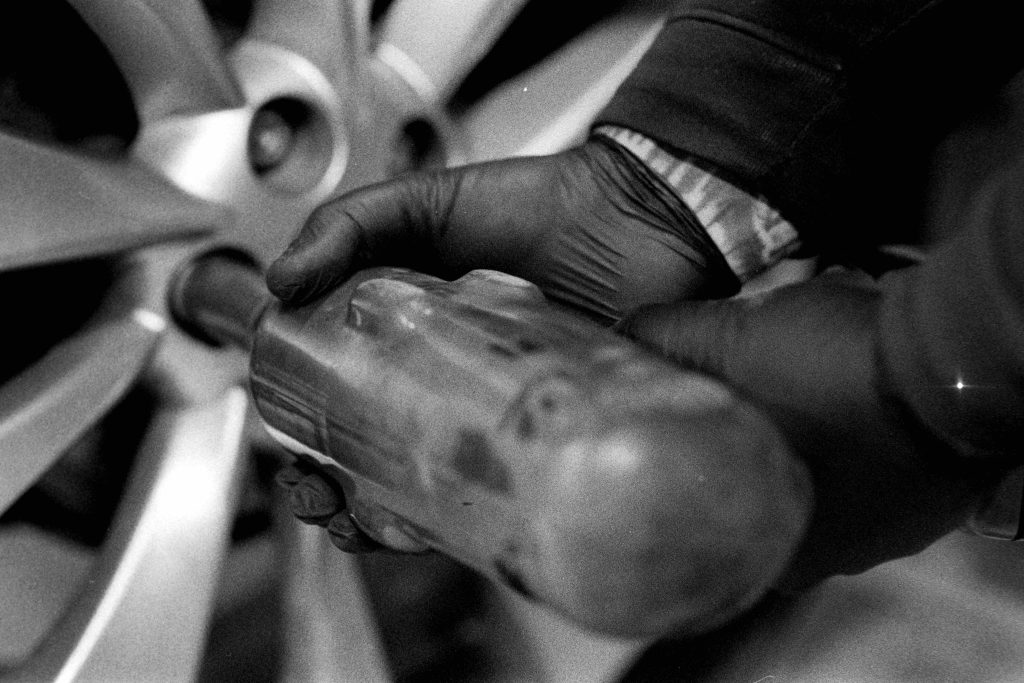
“New” Film. Dragon No1 Film.
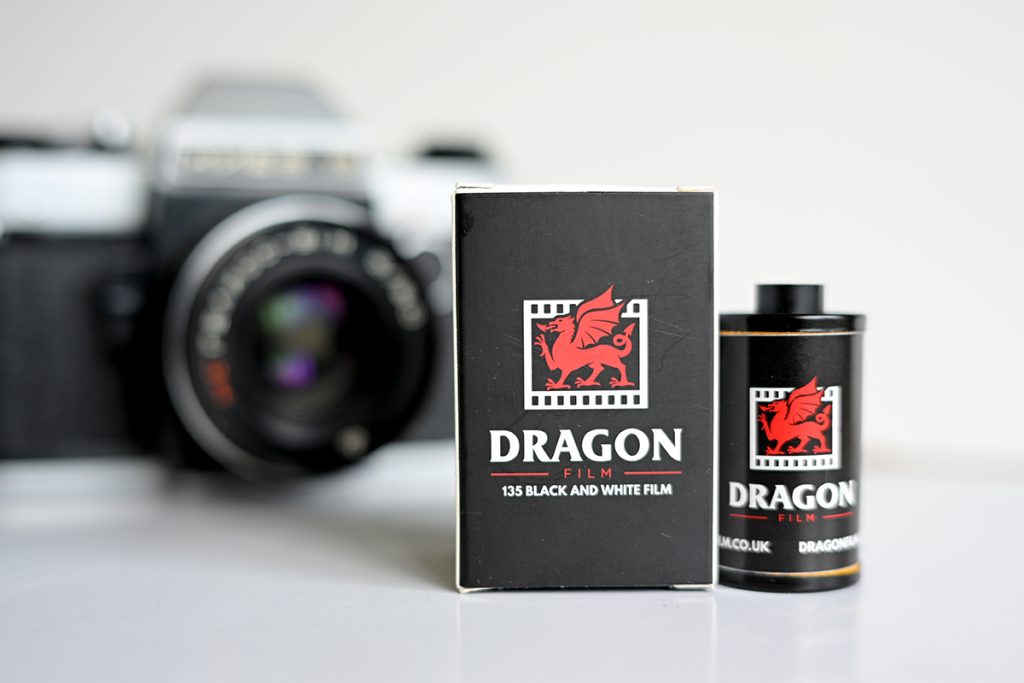
New Arrival?
The arrival of yet another rebranded film can elicit drastically different reactions. On one side, there’s a weariness, a longing for the familiar era of 1980s film photography, making the thought of further changes unwelcome. On the other, a sense of opportunity arises, with the question “What other films are out there to try?” finally finding a potential answer.
Svema NK2-SH. This was a film I’d never encountered before. It took the initiative of two dedicated individuals, venturing into the realm of obscure films and giving them a visual makeover (complete with, perhaps, a dragon or two if that’s your thing), for it to even come to my attention.
So here is a “Newly Packaged” film on the market. Dragon No1 Film. They call it their No.1 Film because they have a few more different films available. I guess thats a good way of branding your films without wasting too much time thinking of a funky name for them. And they make it no secret that it is rebranded.
This film is FRESH stock. Fresh Svema NK2-SH. A film that is already rebranded by a couple of companies and Dragon approached me and sent me a roll of their No.1 film to try out. And I liked it that much I decided to show the SFLaB YouTube Subscribers recently in a video.
Svema NK2-SH was originally a motion picture emulsion. But these days the same emulsion has been placed on photographic film so don’t expect to see the traditional motion picture sprocket holes.
To be honest, Svema NK2-SH was a film I’d never heard of, and I’m quite certain it would have remained that way had it not been for the team at Dragon. My conversations with them over the past year regarding darkroom printing have built a level of trust that made me willing to give this unfamiliar film a shot. And if you’re wondering what the letters and numbers relate to, well, Svema is a manufacturing plant in Ukraine. And I had an interesting comment on the video regarding.
Svema NK-2SH (Свема НК-2Ш). NK-2 was produced by Tasma [Та́сма (rus. ТАтарские Светочувствительные МАтериалы and tat. тасма́ — ribbon)], while NK-2SH – Shostkinsk chemical plant (Шосткинский химический комбинат), this is the main Svema factory located in Shostka, Ukraine. NK stands for “negative kinofilm”. “2” is sensitivity (there were 4, while №2 was most popular 90 ISO). To confuse you more, there was also KN-2 (КН-2 – кинонегатив, rus. kinonegativ, i.e. film negative but the ISO of this one was 32).
And it is confusing too when you read the films and cameras from that side of the world. So thanks for that @Sedokun on YouTube.
What’s it like?
I only had one roll to experiment with. And when you have one roll you don’t want to mess things up. I’m not talking about the shoot. Moreover I’m talking about the development. I used some of the film sparingly to make a few development tests before I spent time shooting photographs. I used ID-11 at 1 part to 1 part on my rotary processor and I ended up with a time of 8.5 Minutes at 20°. I only tested for the leader density. You can see the tests I did on the video.
For my first roll of Svema NK2-SH, I opted for a portrait study to evaluate its skin tone reproduction. My niece kindly agreed to model in the sunny back garden, providing the perfect opportunity to shoot in both direct light and diffused shade (where a scrim played a vital role in softening potential under-eye, cheekbone, and neck shadows). Once I had a few portraits in the bag, I carefully removed the film from the camera and moved on to the development stage.
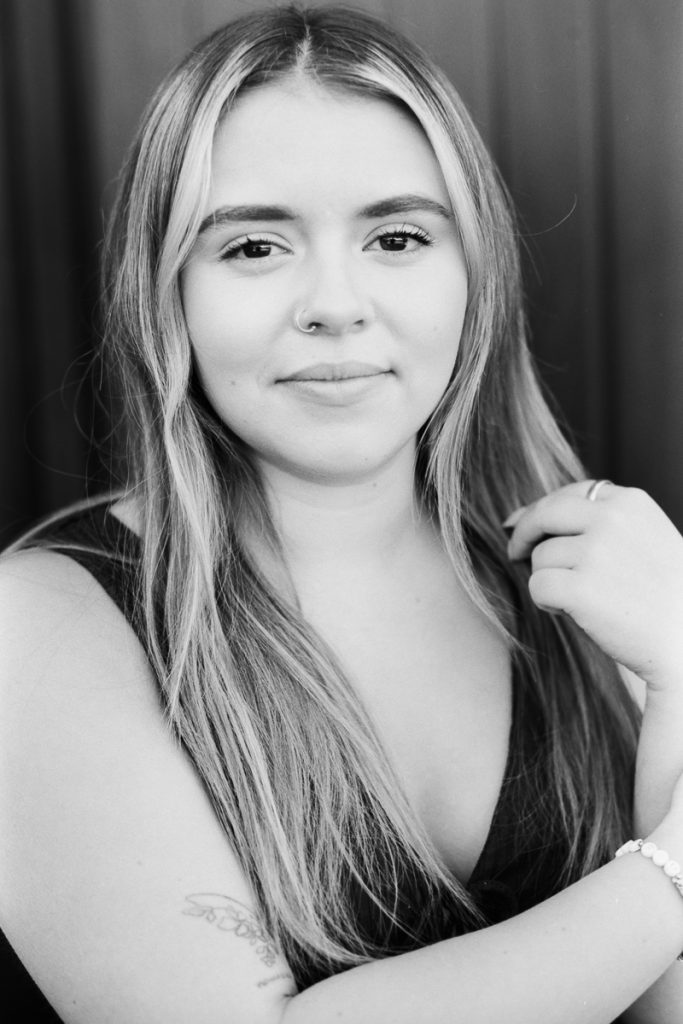
This was in shade and I must admit I was stunned at the tonality, contrast and very very fine grain! I didn’t shoot the film at box speed. For some reason I decided to shoot it at 50ISO and overexpose. The negatives did look a bit heavy with the extra exposure but as you can see easily manageable. I scanned these into photoshop and adjusted the contrast levels. Exactly the same what I would do in the darkroom with contrast filters, this being a contrast 5.
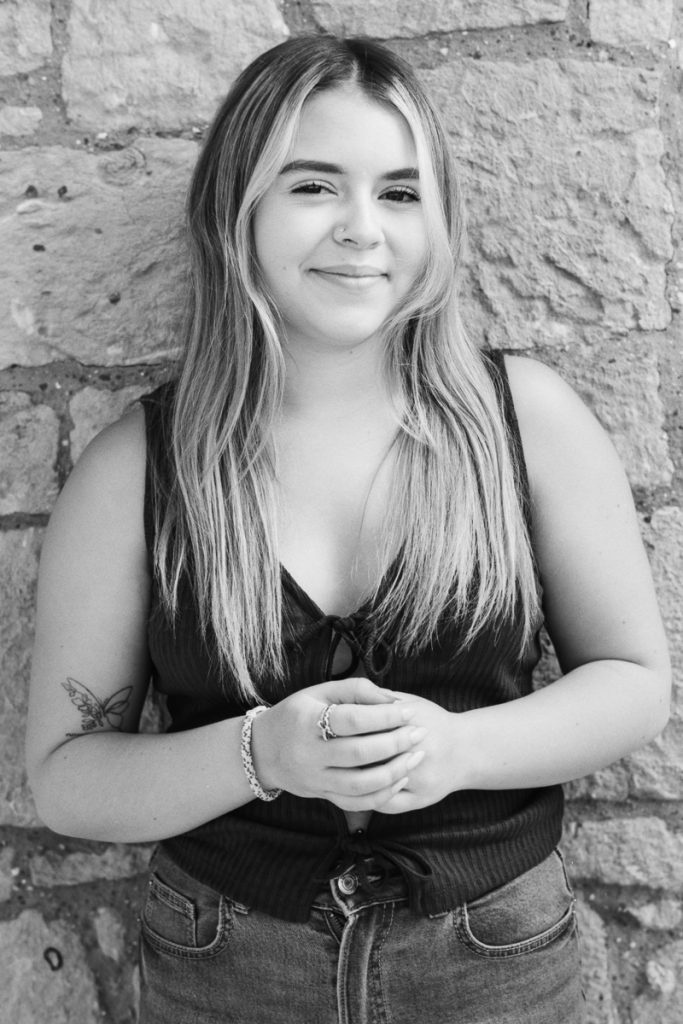
And this was in sunlight using a scrim (diffuser).
The fine grain makes this film perfect for smooth looking portraits. Which got me thinking of other uses. Street, Scapes, Still Life.
So with the rest of the film I went for a walk down the farm. I like the farm for testing new films and gear. There is so much there to study and it’s only a short walk from my home.
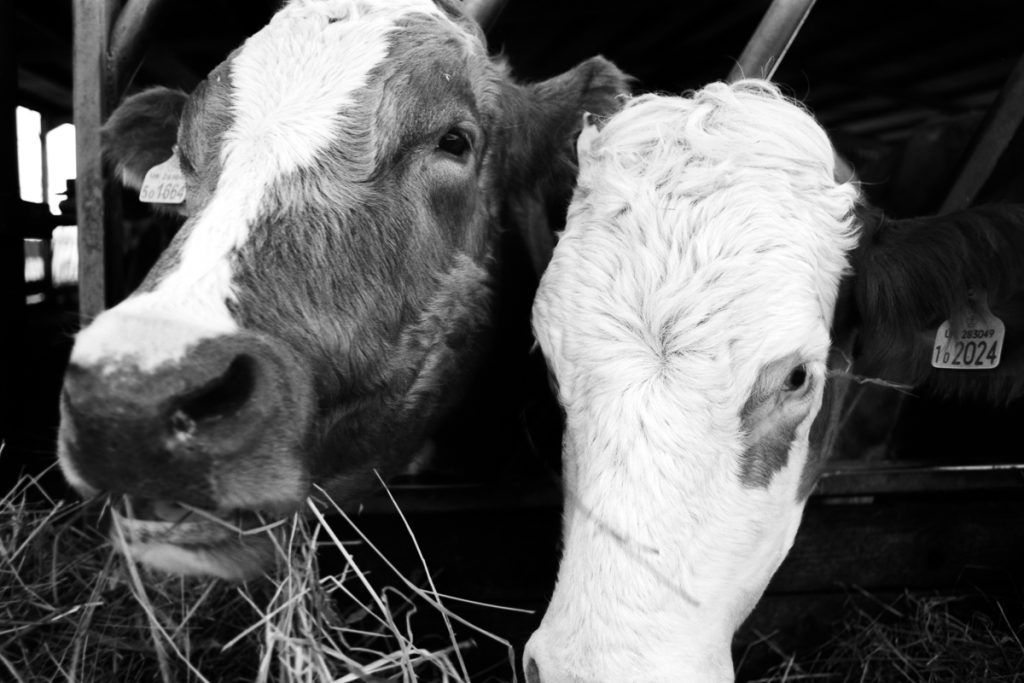
What immediately struck me about this film is its contrast, which I find very pleasing. I’ve never been drawn to the “how many tones can we capture?” approach to photography. Give me deep, rich blacks and clean, bright whites – like in this image – and I’m happy. This first roll of Svema NK2-SH definitely offers that kind of contrast.
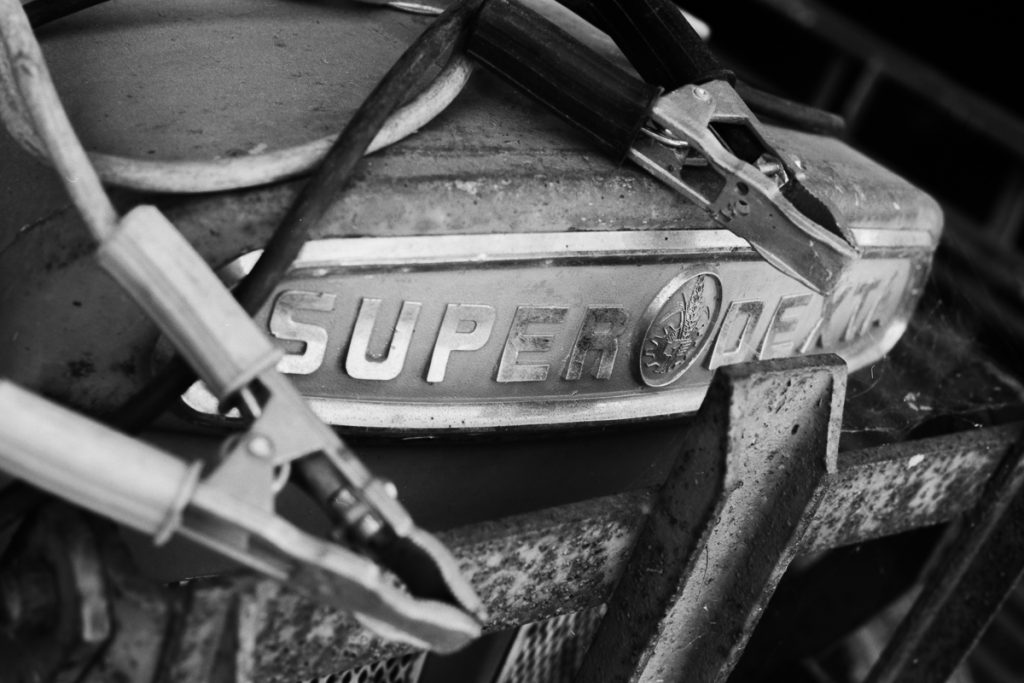
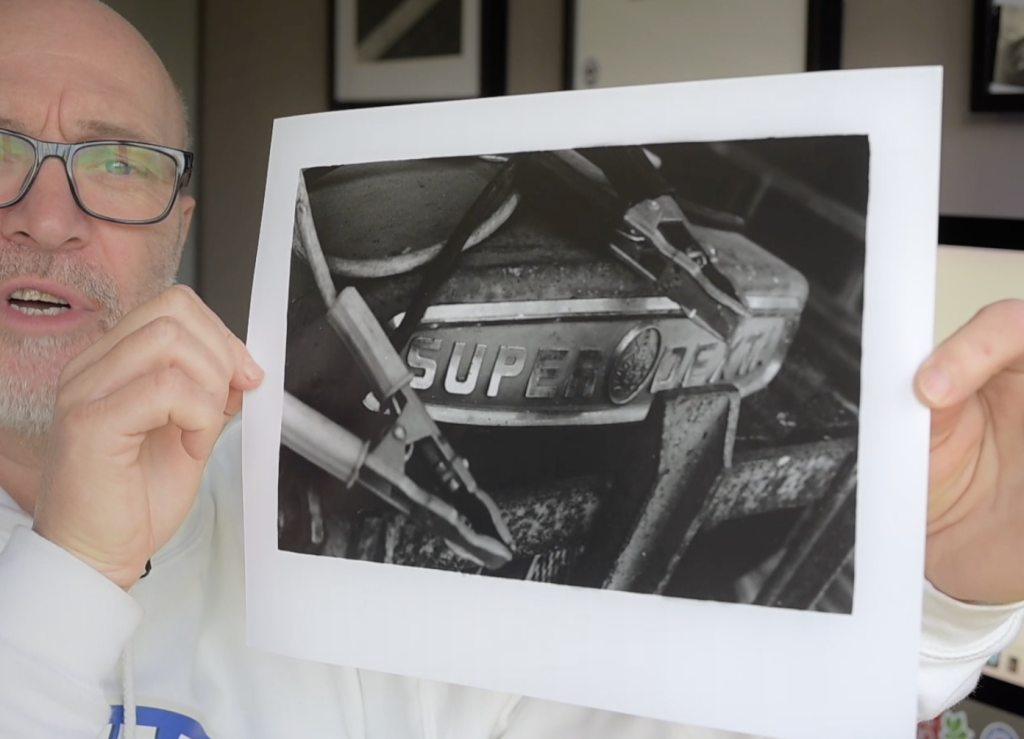
For me I need to see how a film looks on paper as I am often in the darkroom making prints. And it didn’t disappoint either. I had to split grade this print to tame the highlights a bit.
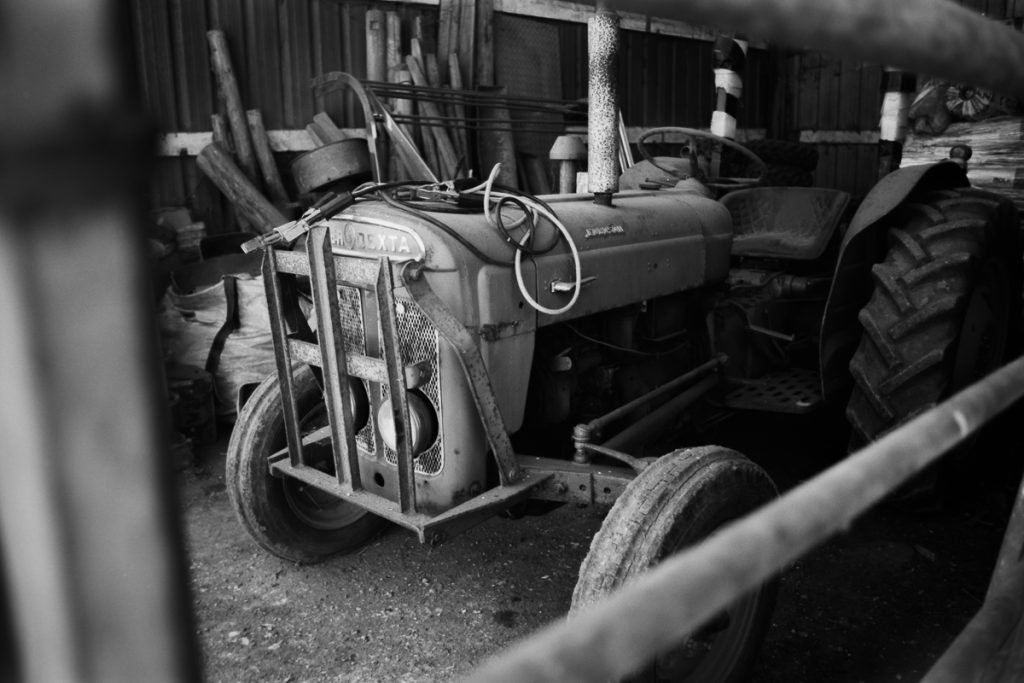
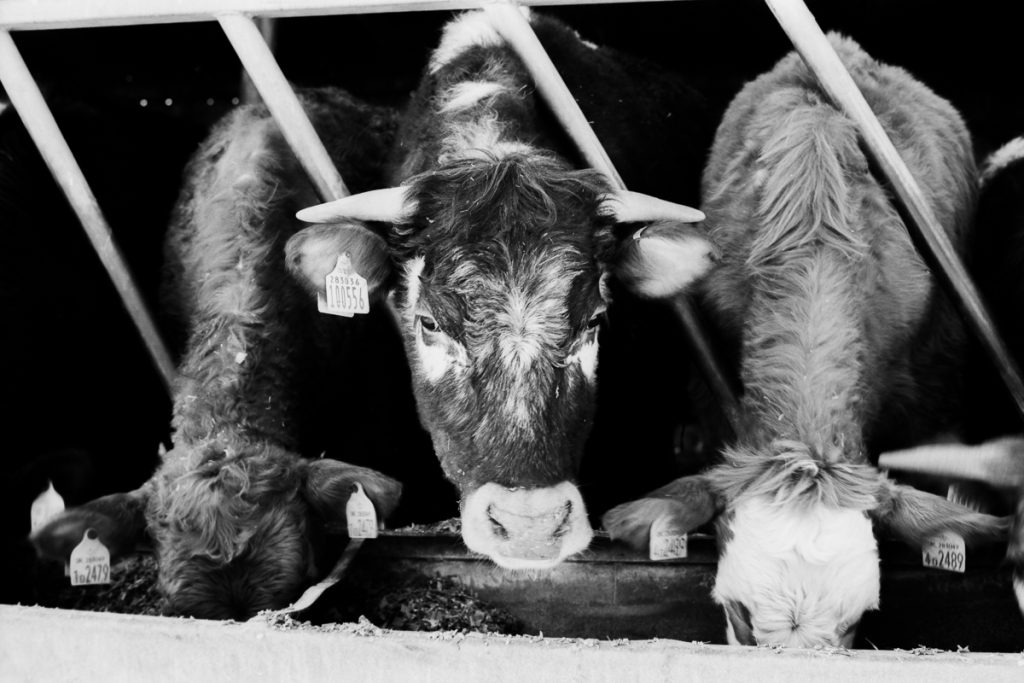
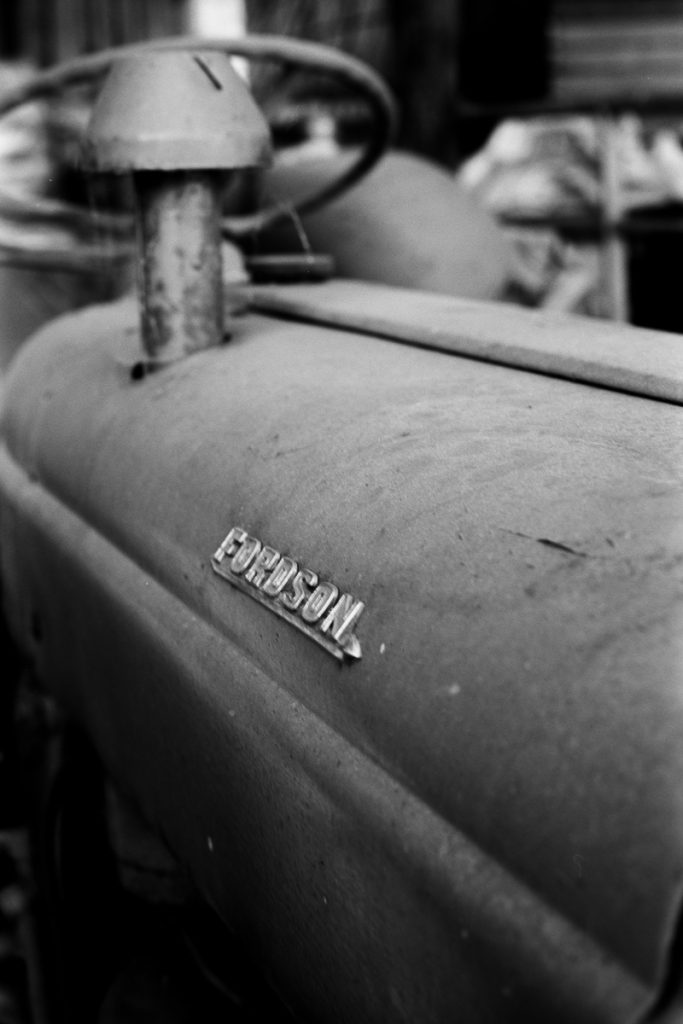
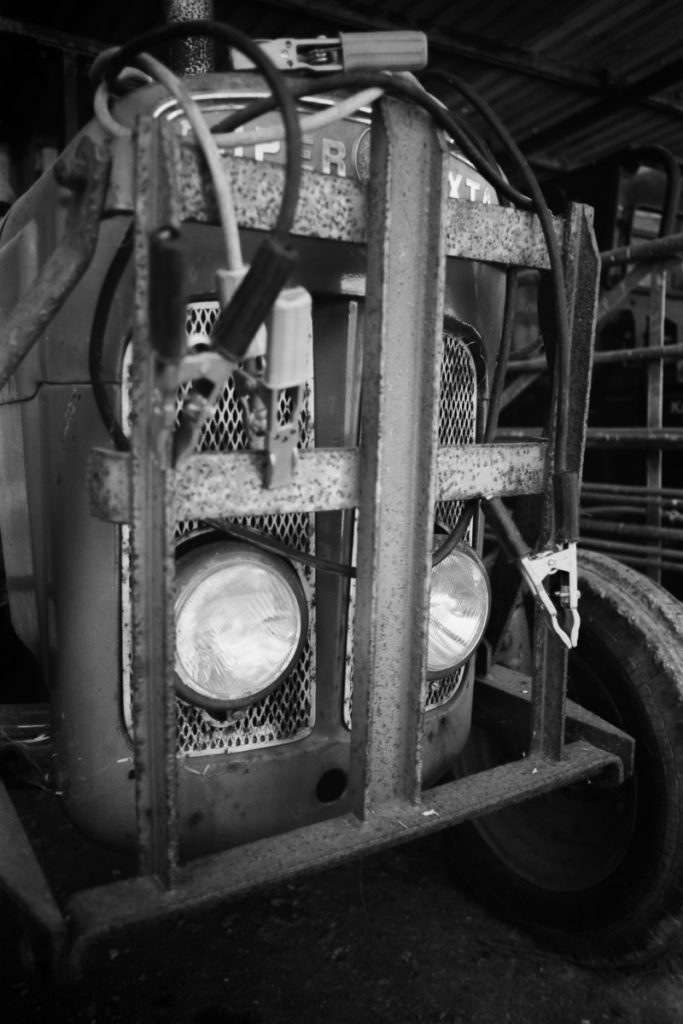
Where can you buy this film?
While Dragon is my point of introduction to Svema NK2-SH, a quick search online will show that they aren’t the only ones making it available. You’ll find a few different suppliers, often with varying price points. As for rebranding films, the work that Dragon and others like them put in deserves recognition. They’re not just reselling film. They’re going through the considerable effort of finding these unique emulsions, putting them through testing, creating appealing packaging, and then carefully hand-spooling them onto reusable cassettes. It’s a significant undertaking, and in my case, it was Dragon’s efforts that brought this film to my attention.
The downside.
This journey with Svema NK2-SH has a familiar echo of my past love affair with ORWO UN54. I fell hard for that film, buying those big 100ft rolls and feeling like I’d truly mastered the entire process from shooting to printing. But as so often happens, availability dwindled. And that’s the inherent risk with these rediscovered films. You might stumble upon a gem, a film that truly resonates with your style, only to face the possibility of it disappearing down the line. When ORWO UN54 became harder to source, I inevitably returned to my steadfast companion, Ilford FP4.
Information
- DragonFilm NO. I is a highly distinctive, fine-grained ISO 100 Black and White cinematic film producing a strong and distinctive image, manufactured in Ukraine
- As the film base is quite thin, slightly more care is needed to load the film. As the film is very sensitive and prone to light piping, so loading and changing the film should always be done in a subdued light.
- Please note that this film is not suitable for automatic camera’s and does not have a DX code on the film canister.
- The film has a PET base, and although quite thin, tends to dry flatter than many other films meaning scanning these negatives at home is a breeze!
- The film can be pulled to ISO 25 through to pushing it to ISO 320 with great results.
- 135/35mm Format
- Black and White
- ISO 100 Recommended, ISO 25 to ISO 320
- 24 Exposures
- Fine Grain
- PET Base
Black & White or Grey? Contrast.

Black and white isn’t always black and white.
As a ‘contrast chaser,’ I’m constantly hunting for scenes that deliver those striking deep blacks and brilliant whites, letting the midtones fall where they may. While subtle tonality is appreciated, a truly powerful black and white print hinges on that dramatic contrast. Of course, not every scene lends itself to such a bold approach. Ultimately, it’s the photographer’s vision that shapes the final image and there’s no right or wrong, just personal expression. And that’s precisely what makes photography so captivating and diverse.
I remember once a gallery conversation from the early 2000s has stuck with me. A debate over whether a framed print was truly black and white, or simply grey. It’s funny how those little moments linger in your mind. I just remember one saying “That’s grey! Not Black and White”.
Take this dog photograph, for example. I’ve always felt it leans too heavily towards grey. It lacks that punch, that definitive ‘black and white’ feel. I shot it on a light overcast day using Kodak XX film. Had the sun been shining, I likely would have captured much greater contrast, resulting in those desired deep blacks and whites. While Kodak XX is renowned for its contrast, the final result is always a balance of subject, shooting technique, and film processing. And juggling 36 exposures of various lighting conditions on a 35mm roll adds another layer of complexity. You can’t keep everything the same. Or can you?

You know how it is with a 36-exposure roll of 35mm? You’re kind of stuck with whatever lighting you get, right? Either you chase the same light for every shot, or you just go with the flow with whatever the weather is doing. If you’re out on a day where the sun’s popping in and out of clouds, you’re going to get a mix of contrast levels, and you’re probably just going to have to develop it normally. But, if I’m on a mission, hunting for that contrast in every single shot, then I’ve already got a plan. I know exactly how I’m going to shoot and develop that film to get the results I want. Sunny day with no clouds? Let’s get metering and embrace the contrast!
Metering matters
The two photographs below were taken on two different days using Kodak BW400 CN film. Which is a C41 process film. I was shooting aperture priority.
The lighting on the Chevrolet scene is light overcast and the whole scene is balanced almost equally. The cameras meter wasn’t overwhelmed with bright highlights and so I got an average contrast.
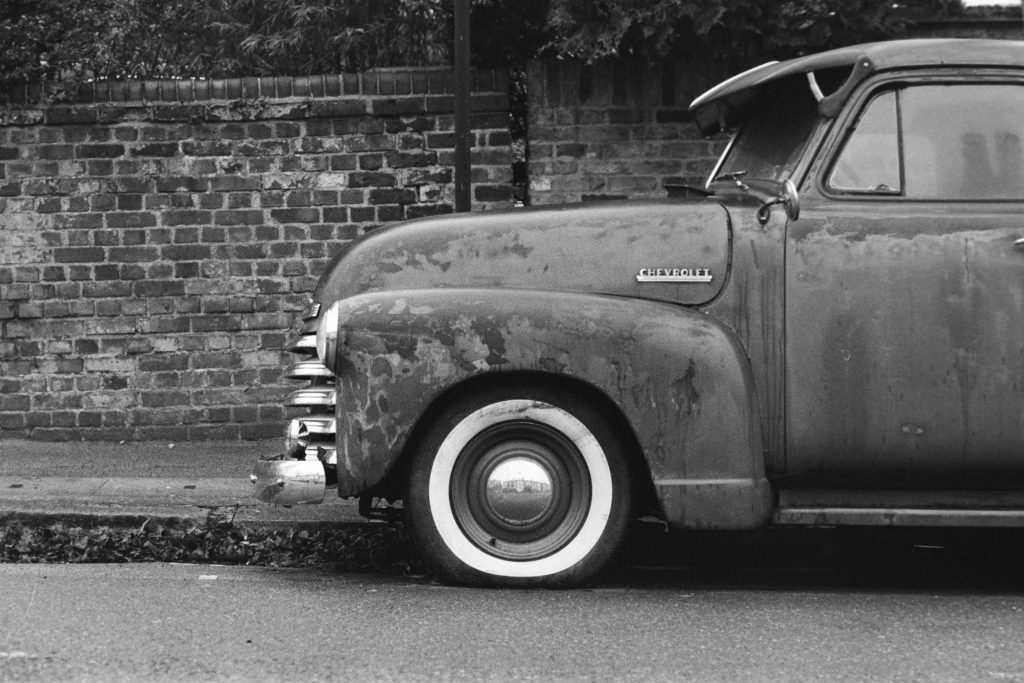
The XR3i scene, although similar lighting, shows a deeper contrast. The background is black and the car is more reflective from the white buildings opposite with highlights bouncing off the bodywork. The camera doesn’t want to over expose my highlights and so it meters for them first. It selects a faster shutter speed (aperture priority) so as not to blow my highlights out which in turn renders other areas darker giving a more contrasty look.

The moment I saw the XR3i, I knew it was destined for good black and white. The background provided the perfect backdrop, and the car’s highlights, bright but not overexposed, were ideal. The strong shadows cast by the sunny day further enhanced the scene’s potential for a striking black and white print.
This brings me to a crucial point. Metering. Accurate metering is important to achieve high contrast, seek out scenes with brilliant highlights and deep, dark backgrounds, especially on sunny days. A well functioning camera’s metering system will preserving those highlights, closing down the exposure. This naturally pushes the darker areas towards near-black, creating that high contrast effect. But what about the mid tones? They’ll only appear if they’re inherently strong within the scene. This is a critical assessment you must make before pressing the shutter.
Take this shot of the building, for example. The bright sunlight reflecting off its surface forced the camera to reduce exposure to prevent blown-out highlights. Consequently, the sky and lamp post were rendered dark. Notice the absence of prominent mid tones to bridge the gap between highlights and shadows.
I was pushing my film on this day for seeking hard contrast in scenes. And this worked well. The camera was in aperture priority, which means I choose my aperture and the camera will select the appropriate shutter speed. The bright sunlight reflecting off this building caused the shutter speed to increase thus giving me a good exposure on the highlights and rendering anything else in the scene dark.

The Scene
Let’s face it, not every scene or condition ,makes for a contrast goldmine. Take this photo of the town. The light overcast day simply didn’t produce the kind of shadows that would create dramatic contrast. Everything is evenly lit, much like the dog photo below it, which was the same day. While the exposure is spot-on, the contrast is, well, average.

Street photography is all about capturing what catches your eye in the moment. You shoot what you find and move on. In hindsight, this dog photo could have been something truly special if I’d had the chance to take him for a walk, searching for the perfect background and lighting. But that’s not how street photography works. You seize the opportunities as they appear. And what a great-looking dog he was!

But when I’m craving contrast, I head out on sunny days, camera in hand, with a roll of film dedicated solely to the pursuit. This focused approach allows me to tailor my development for maximum impact. I often push Ilford FP4 to 400, even under bright sunlight, to boost both film speed and contrast—a technique that consistently delivers results I love. However, the moment I venture into a shaded alley or the sun hides behind a cloud, any frames captured there will lack the intended contrast. But the push certainly helps it.
This photograph, taken on FP4 pushed to 400, demonstrates the power of this technique. It’s a prime example of FP4’s potential, showcasing those rich, deep blacks and brilliant highlights that define true black and white photography. I chose this scene specifically for its stark contrast and clear separation of tones. It wasn’t in bright sunlight, but the push compressed the tones.

And this photograph I took on the same roll. It lacks the same feel because there are hardly any highlights for a separation.

And this photograph of the bridge you can see I am back on track with sunlight and contrast. Deep blacks and bright whites.

So if you are looking for contrast and deep black and white prints it’s important to be mindful of the scene in front of you.
- Is the lighting strong?
- Is there a significant difference between the bright parts of the scene and the shadow ares?
- Where are the shadows falling?
- Are there any shadows?
- Is the main subject well lit? (such as the sign above)
- Do I need to make any adjustments to the film or development?
Any film or development adjustments should be thought of before you shoot your first frame or those adjustments may not work for certain photographs you took on the same roll.
This self portrait (usually I take these when I have a frame or two left in the camera), I shot this purposely for the contrast mix. The dark door in the background and the white frame on the right hand side. Black jumper, camera and well lit face from the window light. This is a nice example of good black and whites. Does it matter the camera is dark and you can’t see a catch-light in the lens. Of course not. Although it would have been an added bonus! But the light isn’t pointing there.

Pushing for contrast
So, as mentioned, a technique I often use when I am shooting street on a flat day is to push my film. I just said about pushing FP4 because I like the look. But sometimes I will push the film to compress my negatives, lose mid tones and generate a contrasted look. This is done through underexposing the film and then overdeveloping! Sounds strange to underexpose an already flat scene! Surely the shadows would be dark and the highlights would be grey or muddy? Well, they would. Thats when we develop accordingly.
You can see how flat this scene was. There is no shadow anywhere! So to make the scene look more punched with contrast I pushed the film. Again, this is FP4 at 400.

The ‘pushing’ effect we’re talking about comes from the development process itself. Essentially, the longer you develop your film, the more the highlights will build up. In this particular case, an 11-minute development yielded perfect results. Had I extended the development to, say, 20 minutes, the highlights would have continued to intensify, potentially leading to blown-out areas, particularly in the sky, which would have become a featureless white. The scooters would also have appeared significantly brighter, while the darker areas would have remained relatively unchanged. So, you can see how extending development time increases the overall contrast, though often at the cost of highlight detail, like the sky.
Now, what about underexposure? If I hadn’t intentionally underexposed and still developed for 20 minutes, the entire scene would have appeared flatter, with the darker areas, such as the houses, becoming much lighter. This illustrates how pushing film creates a more contrasty image: you underexpose to deepen the shadows and overdevelop to boost the highlights, effectively compressing the tonal range. Just remember that contrast and grain are heavily influenced by the specific film and development combination. And especially with pushing, grain can become quite noticeable.
Low Key
Another form of contrast is Low Key photography. Not to be confused with hard contrast. This is a good example of a Low Key photograph. The image is predominantly dark, with a black background and the subject appearing in shades of grey and white.

And this image is still Low Key but not as strong. It almost appears flatter with not very strong highlights and a more grey background than dark.

Low key photography can create a striking effect, whether you’re shooting still life, portraits, or even street scenes. It’s all about mastering the lighting. You can further refine the look during development by underdeveloping your film, but it’s crucial that the scene itself is already lit appropriately. An under-developed shot of an evenly lit street scene, like the Chevrolet, will simply look flat and washed out, with grey highlights.
The photograph below is from a roll of 36 where I intentionally under-developed the film, aiming for a low key aesthetic across most of the shots. When I captured this particular frame, I wasn’t specifically going for a low key image. I knew the sky would be too bright. However, the under-development yielded an interesting result. The camera’s metering, which considered the bright sky, played a significant role. The white road markings provide crucial detail in the shadow areas. The under-development prevented the sky from becoming overly bright, while darkening the road. But those road markings add a layer of depth and visual interest. You could almost call it a ‘split low key’ effect, if that’s even a thing. I’ve just invented it maybe?

Another similar “Split Low Key” Photograph.

Continuing with that same roll, where I was consciously seeking out low key opportunities, we have this shot of pigeons in a shaded area, with sunlight dramatically illuminating the church in the background. Note that this isn’t simply underexposed—the highlights clearly demonstrate that. Instead, the camera’s metering has accurately captured the bright background, while the under-development has deepened the shadows, creating a striking contrast.
This wouldn’t have worked with crows, which are uniformly black. The pigeons, however, possess subtle tonality that allows them to stand out against the darker surroundings. You could argue it’s more of a deep contrast image than a pure low key shot, but it certainly leans in that direction. And it’s undeniably effective, resulting in a powerful black and white print.

And now we are back to Low Key photography again. A character portrait. We have a black background, well, actually it’s grey but no light has hit it! And we have a strong light on the mans face. His face is well lit and blends off into the background making the whole scene low key. An example of how metering for strong highlights can yield other tones much darker.
In essence, low-key photography is about using a predominantly dark palette to create a mood of mystery, drama, or introspection

And with this window light portrait. Now we can see good contrast. It’s not low key. But it could be if the background was black! The subject would have blended into the background. But it’s not high contrast. If it was then the mans face would be brighter and the white frame in the background would be more white. I’d say this is well lit but a mid to medium contrast.

Compare this to the photograph below we can now see a high contrast.
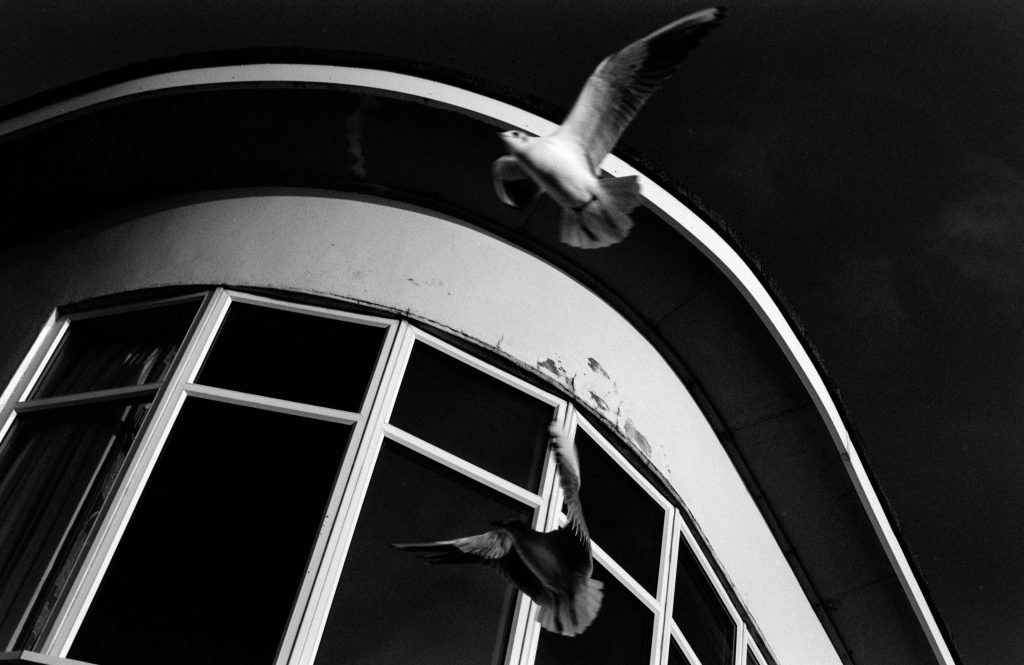
And another example of contrast. I wouldn’t say this is hard contrast. We have deep blacks but the whites are not bright enough for strong separation. Or at least not enough white in the scene.
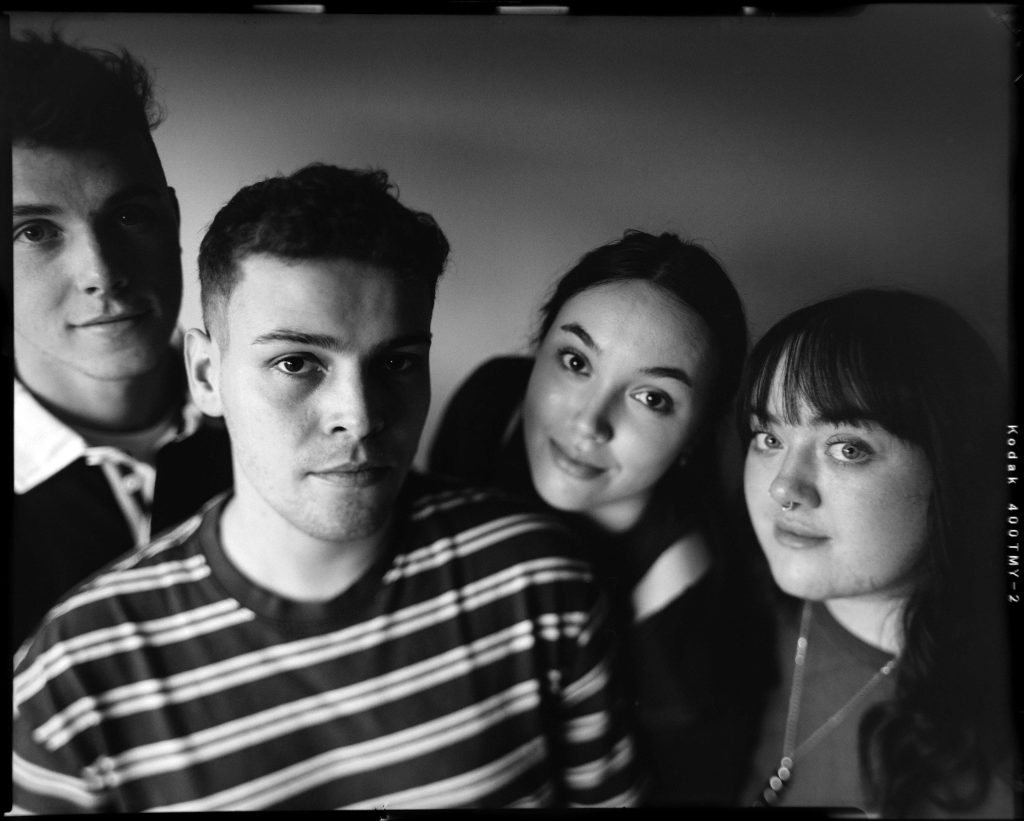
Black & White not Grey
Having been in the darkroom for many years I have got to know, in my mind, what makes a good Black & White print, especially when it is framed on a wall. I found the most impressionable prints of mine are those that are deep Black & White catching some tonality within. And it comes from
- The scene
- The lighting
- The film and Development
- Metering
When all of these elements come together it works perfectly for my style. Such as this photograph. I saw the scene and knew it would be a perfect moment for Black & White. It’s all there.

And another below. The sun bouncing off a textured white building. As long as I meter right for the highlights then the rest of the tonality follows. It’s all deep black and bright whites with a bit of shadow tonality thrown in. It makes for strong contrast.

And then we come to the total opposite end of the contrast topic. This scene here of a lake and another of a field. They wouldn’t have worked so well with hard contrast. Sometimes not everything suits. It was a light overcast day which suited this scene well. Shooting the film at box speed and developing normally. There is detail in most areas and it works. A harder contrast would have made the shadows far too dark for this scene. And thats what I said at the start of this post. Not all scenes suit contrast. And it’s up to us as photographers to decide how to make a particular scene look. But it’s wonderful we have this creative choice for our own work.


And as it is going to be sunny this week I am planning to go shooting the streets looking for more high contrast scenes.
Delta 3200 at the London Photography & Video Show 2025
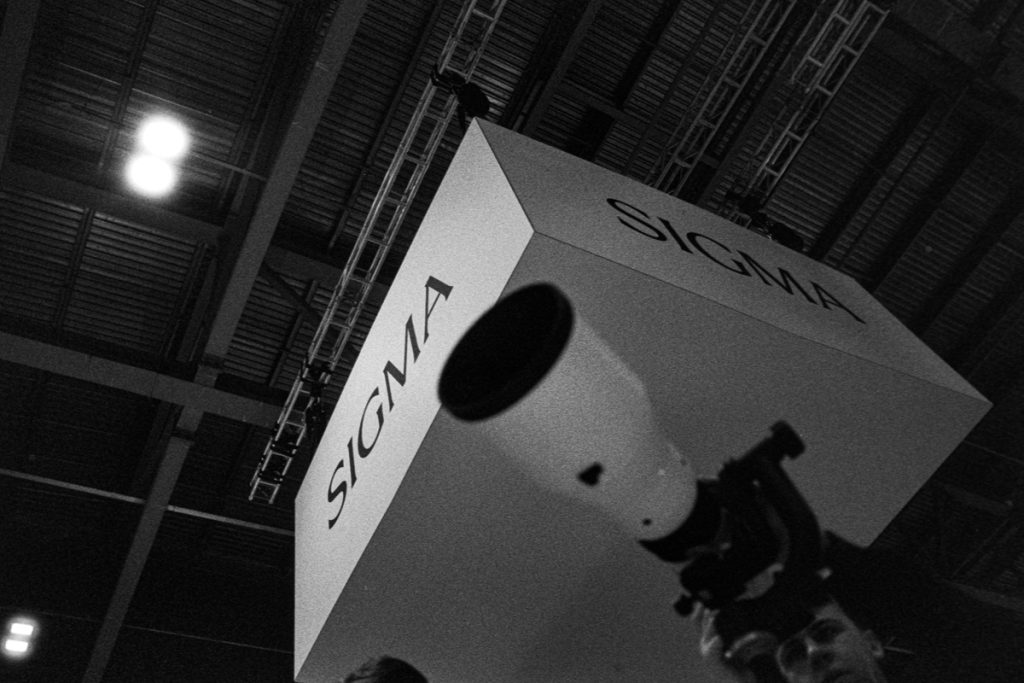
Each year in the UK there is the Photography & Video Show which is usually held at the NEC in Birmingham. And I’ve never attended. Mostly because of the distance from where I live. But this year, 2025, it was held in East London, so much closer for me! So. My first time at the show, what did I think?
As well as film photography I have interests in video production, especially with the YouTube Channel. So I wasn’t short of attention when it came to mooching around looking at all the new tech on the stands. There was everything there if you’re a digital shooter for photography or video, but when it came to film us film photographers had to contend with walking past the same stands over and over again pondering on weather to try that Harman Red film, or maybe Harman Phoenix. Or in my case Delta 3200! More on that soon.
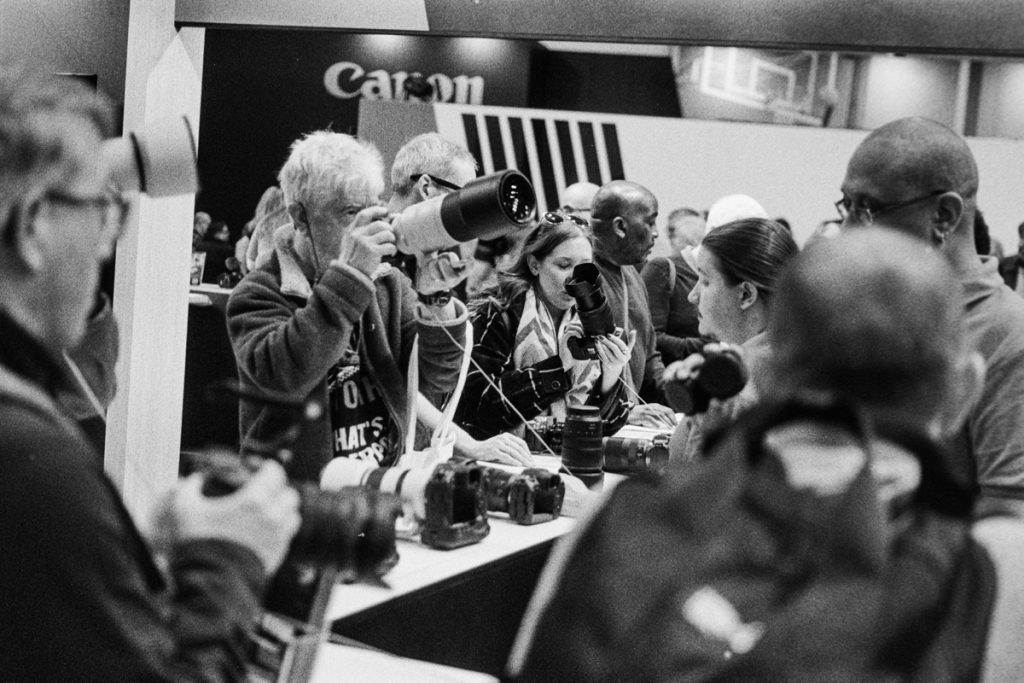
Some said it wasn’t as big as the previous shows at the NEC in Birmingham, but I thought it was HUGE! I certainly got my steps in.
I was only there for one day and I found myself walking around a lot looking at gear that was either way too much for my pocket or gear I didn’t really need or gear that I already have. Possibly the most intriguing part for me was looking at the used camera stands but unfortunately I couldn’t spend any money at the show as my pocket money had been swallowed up with car repairs that same week! But who needs to buy stuff. I was happy walking around taking pictures and chatting to other film shooters and meeting the companies on the stands.
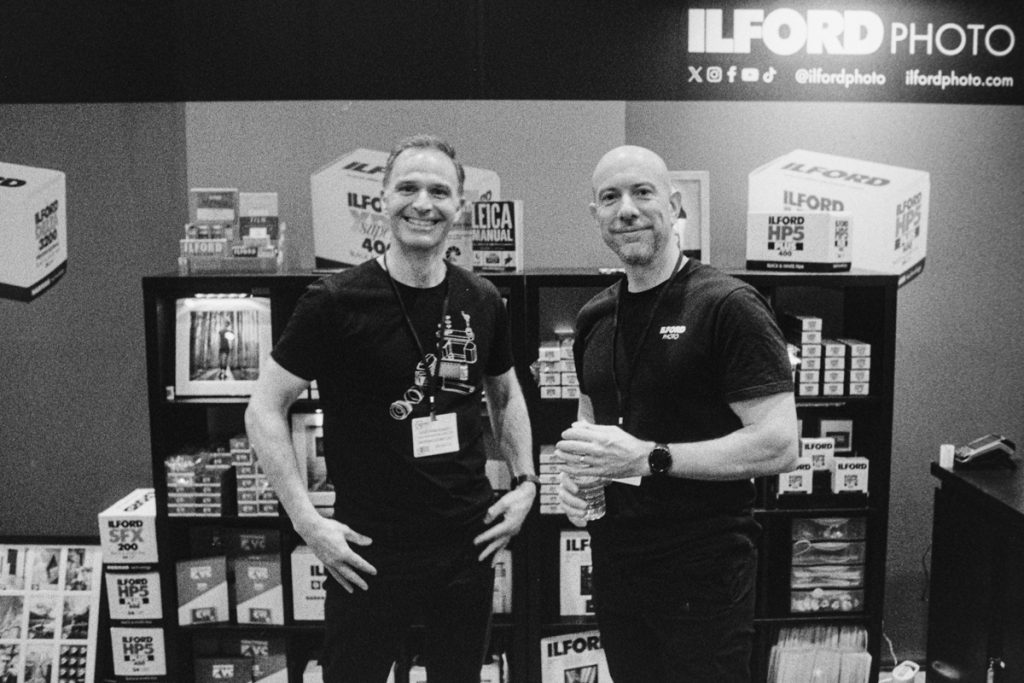
What to do?
When I arrived (after traveling for 4 hours) with my Nikon F3 and a couple of rolls of 100 film I was shocked at how dimly lit the show was! I needed a faster film and so I headed straight to my friends on the Ilford stand and grabbed a couple of rolls of Ilford Delta 3200! I didn’t really have any questions about anything and neither did I wish to play with all the cameras and gear on display so I went off in search for photos. It was nice to see Ilford busy all day!
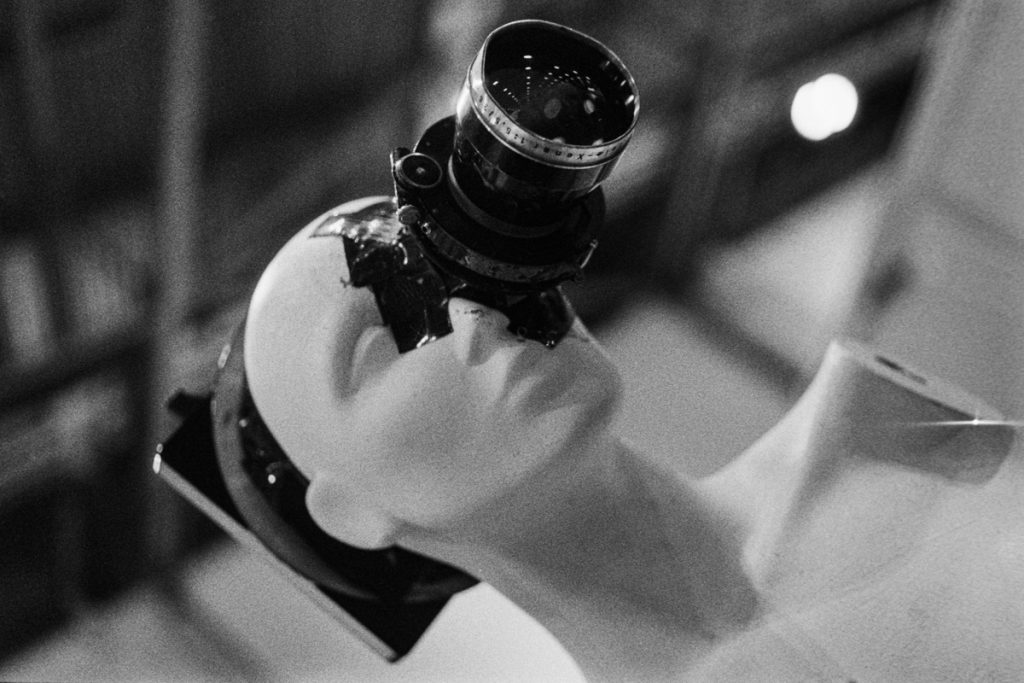
I would say the show was about 95% digital. I didn’t have a program but these were the stands I stopped at. Ilford, Zone Imaging, TT Artisan, Analogue Wonderland, ORWO, and various used camera stands. There were also some good talks on film.
Pentax were also there celebrating their new camera, the Pentax 17, a camera I have and enjoy. The feedback I could hear was the price of the camera. Retailing at around £450 it isn’t cheap for a point and shoot. You can certainly get more for your money on the used market BUT this is a BRAND NEW Film camera. With all the design, manufacturing, staff, marketing etc how can they make it cheap? I believe they sold out in Japan!
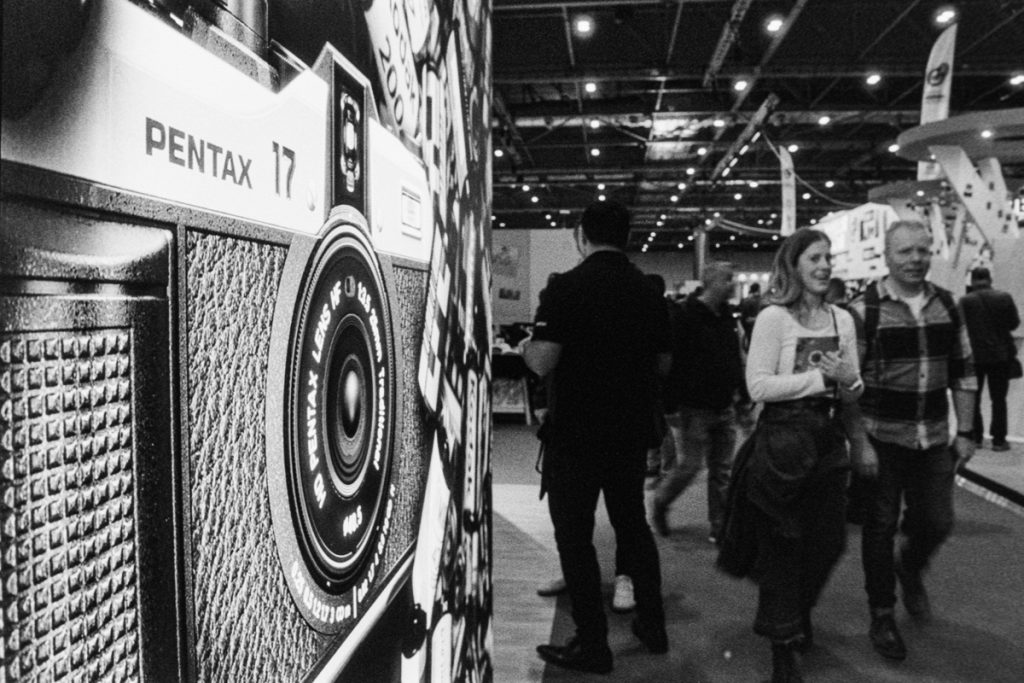
Being Shy
So after an hour of meeting the film stands I headed off to take pictures. I’ve got about four hours before I have to head back home. To catch a ferry!
Even if you are a shy photographer there were people taking pictures all over the show. And let’s face it, no one is going to question why you took their photograph. You’re at a photography show! And because of the dimly lit arena I was looking for photographs which were brightly lit, or at least with lots of white.
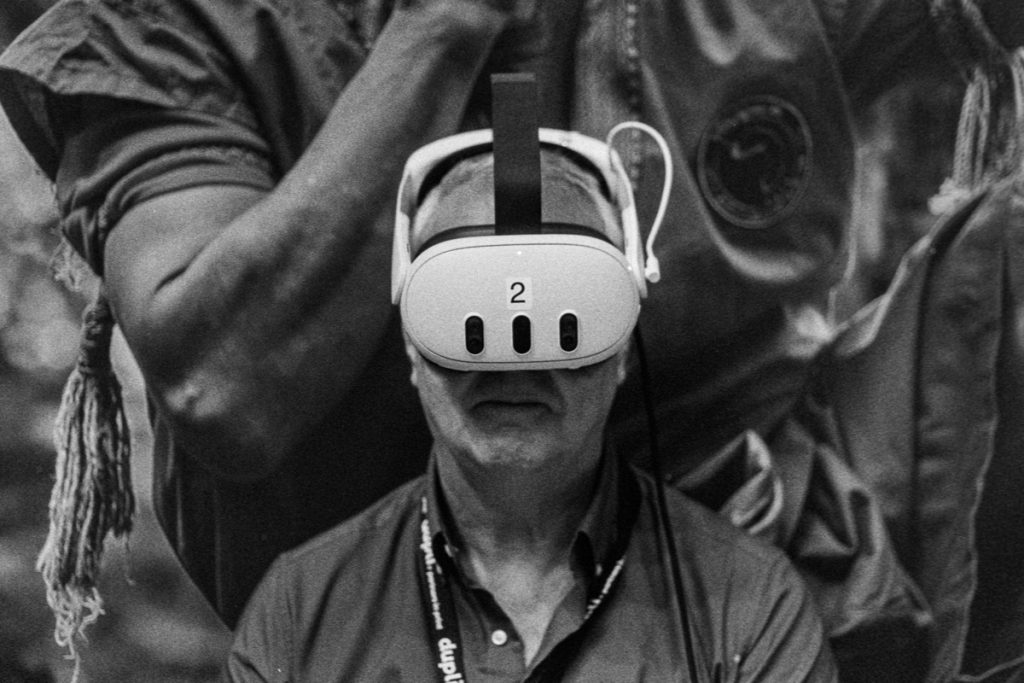
This VR stand did make me chuckle. I couldn’t resist getting a few photographs of these people trying out these headsets. They wouldn’t have had a clue.
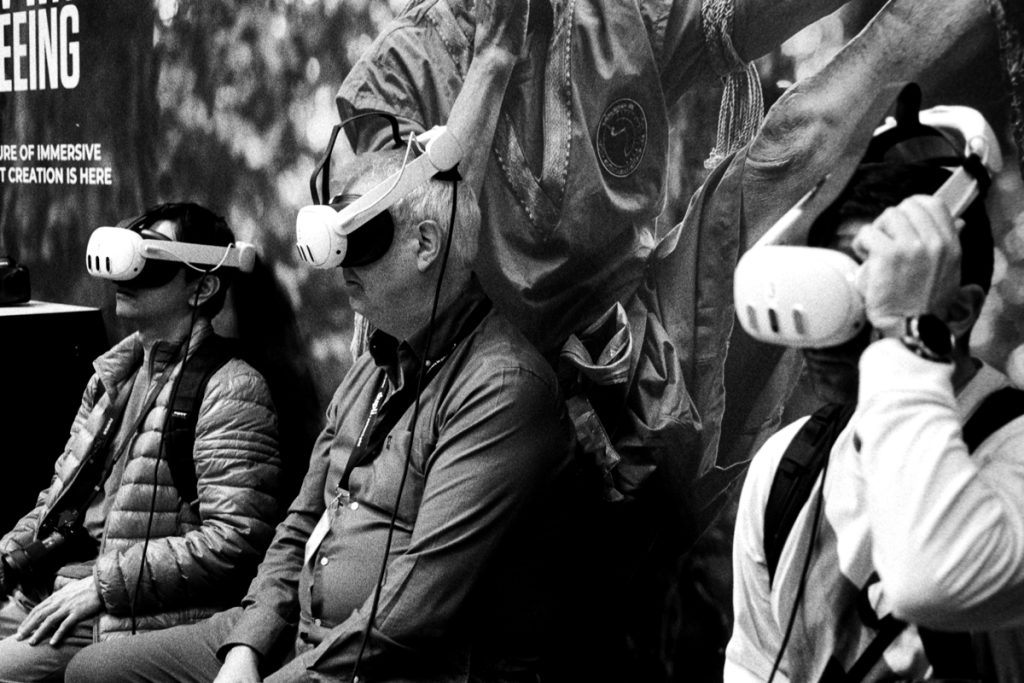
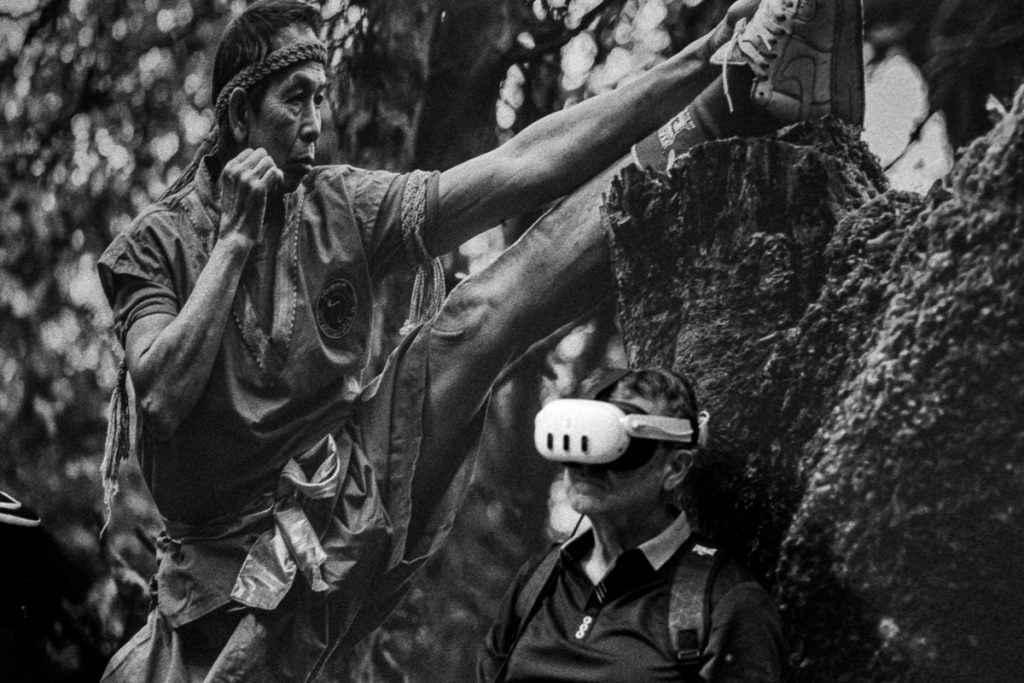
One day these maybe as popular as your smart phone. So getting these photographs I thought would be interesting to look back on in 50 years! And you can see why I needed the 3200 film. I was shooting mostly at f2.8 giving me a speed of around 1/125th.
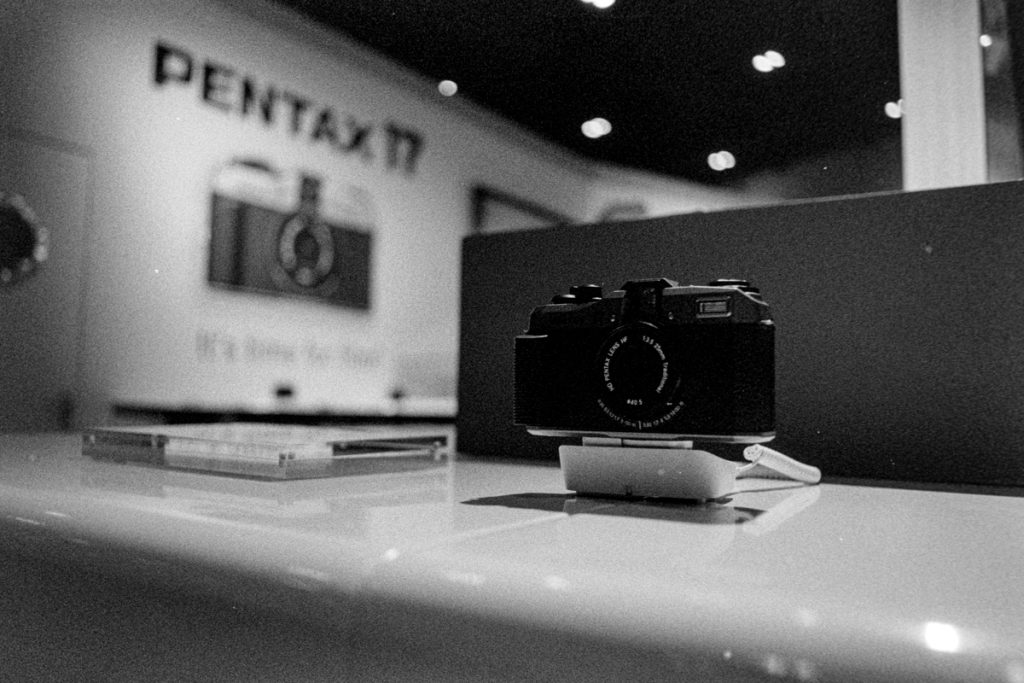
I was shooting Aperture Priority. So if you can imagine most of the stands were brightly lit with white walls my meter is going to reflect off this and adjust accordingly without a care for the overall scene. So I nudged the exposure compensation up by a stop. And even the camera itself on this stand wasn’t under a spotlight. I found that bizarre.
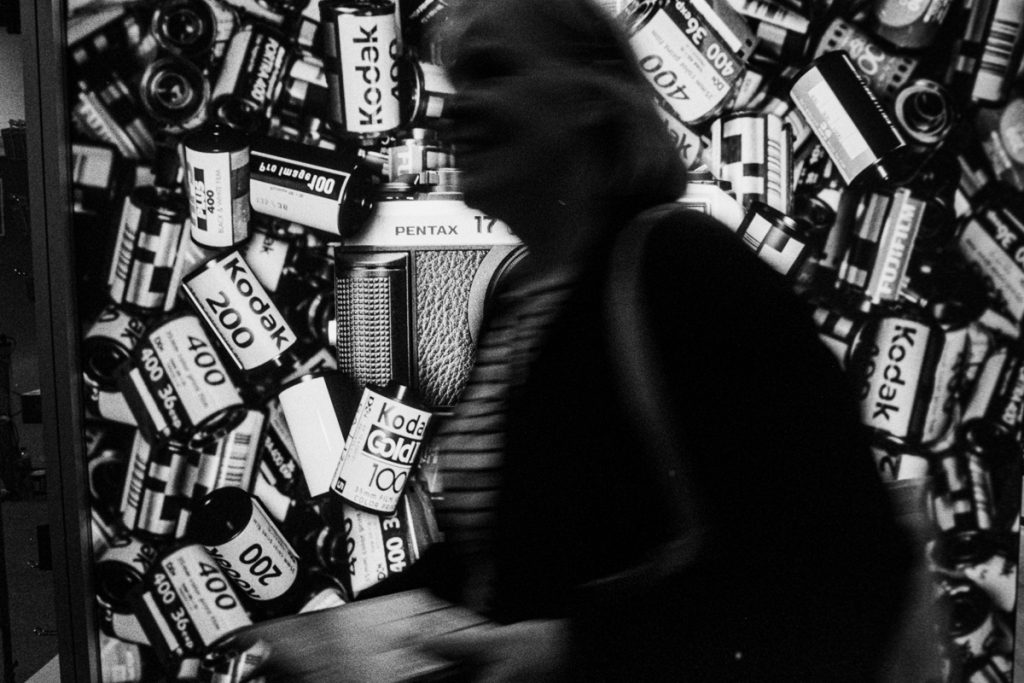
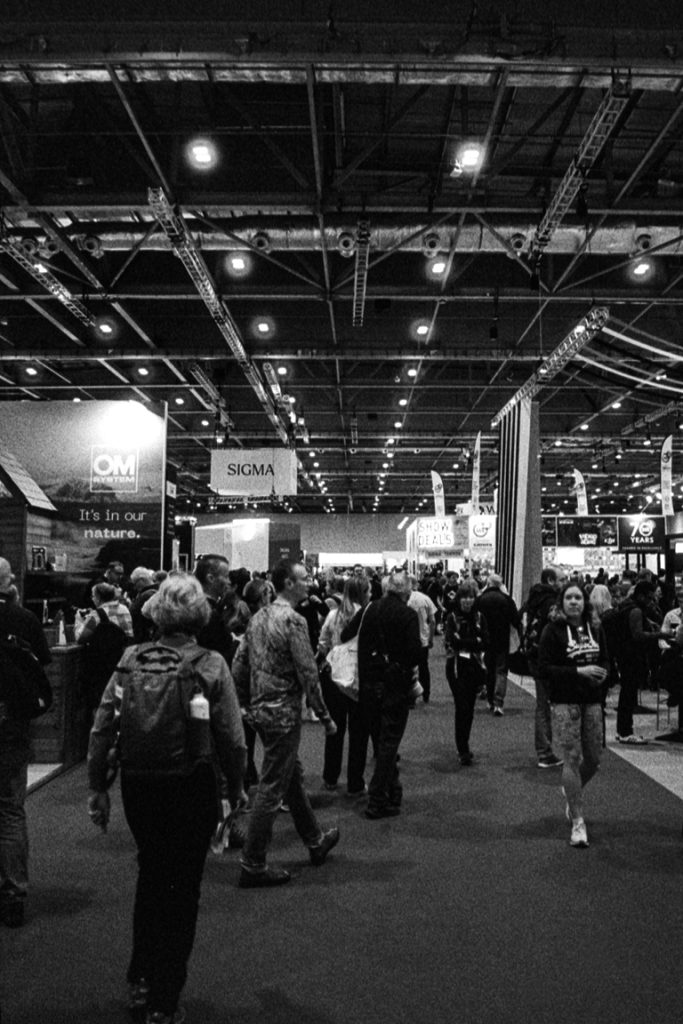
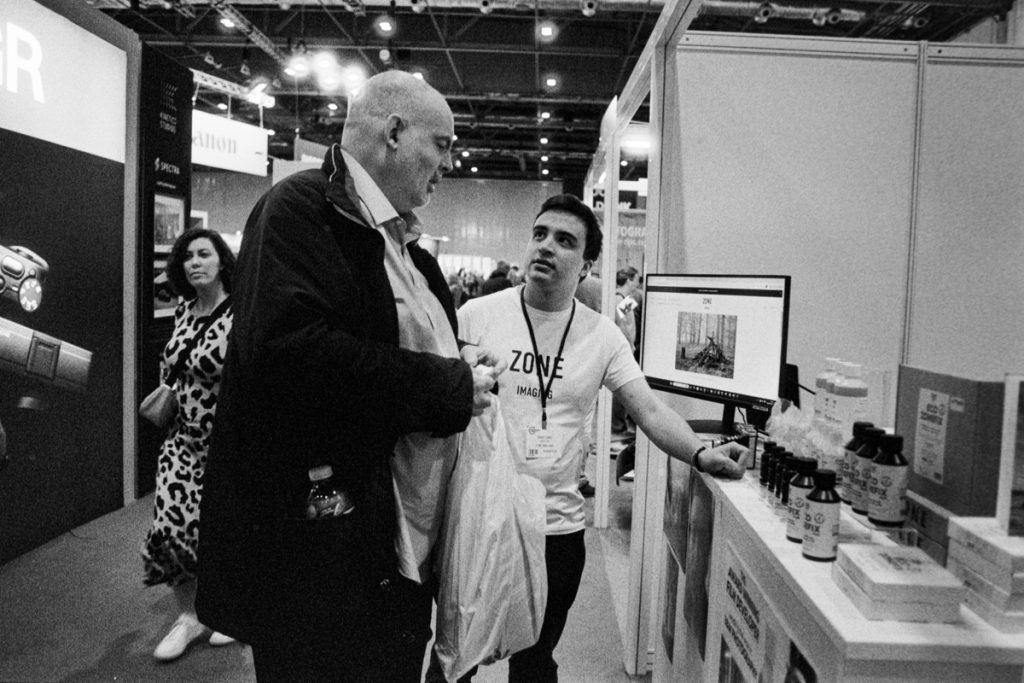
And this is James Lane. The man behind 510 PYRO. I have to admire this lad. He is persistent with his developer and eco fixer and attends the show each year. It was nice to see James busy on his stand. Every time I walked past he was engrossed in conversation about his developer. A top chap!
Ilford Delta 3200
So far the film has really saved my bacon! There was no way I would have been able to shoot with the film I had, even if I pushed it. I shot this Ilford Delta 3200 at 1600. So I told my camera I had a 1600 film inside and it metered for such. I did this because I wanted to hold the grain back! And in 510 PYRO they came out looking good. You could say with my +1 stop exposure compensation I was shooting it at 800! And I was happy with the negatives.
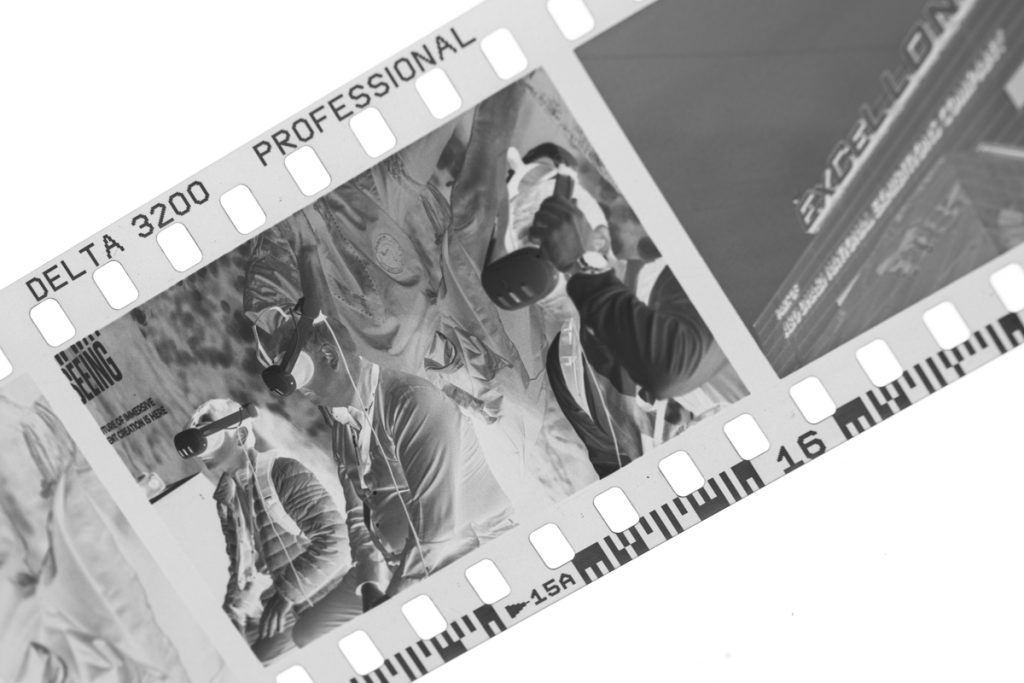
Getting Bored
Dare I say I was getting bored at the show? There is only so many times you can walk around in circles before you go on the straight. And thats what I did, straight out the doors and into the streets.
I fancied some fresh air and I found myself around the dock areas looking for photographs for my “Looking Up” project. Still at 1600 ISO (I took the compensation off by now) I had plenty of aperture and speed to play with! It took me a while to compose the photograph below. I decided on this composition of the two buildings giving the illusion that on is wafer thin! Not bad eh! And it looks fantastically dramatic with that Delta 3200 and 510 PYRO.
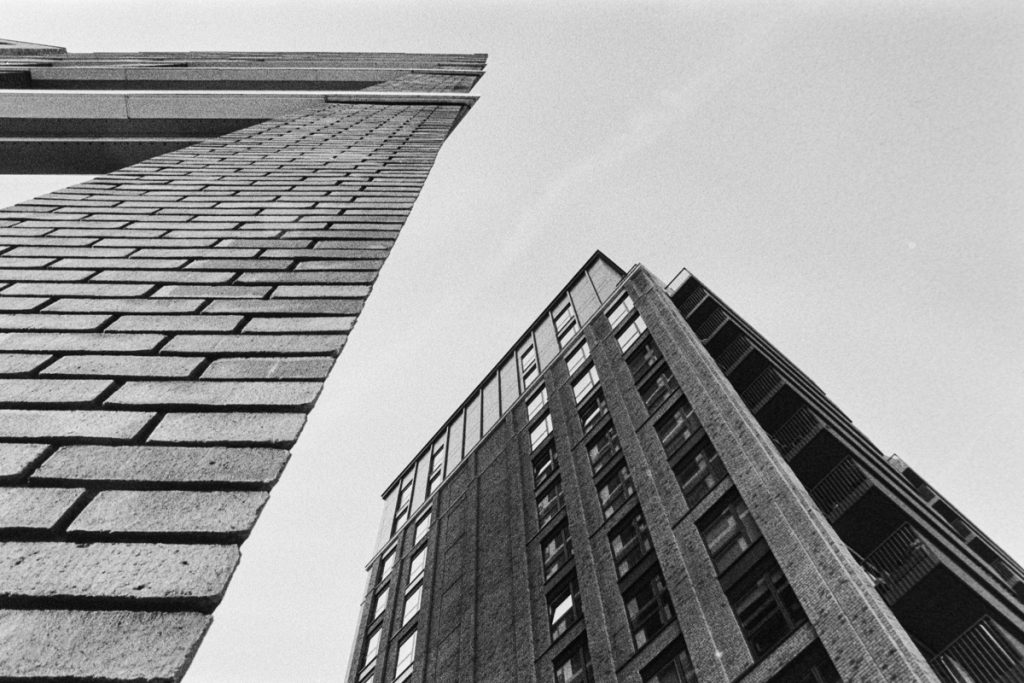
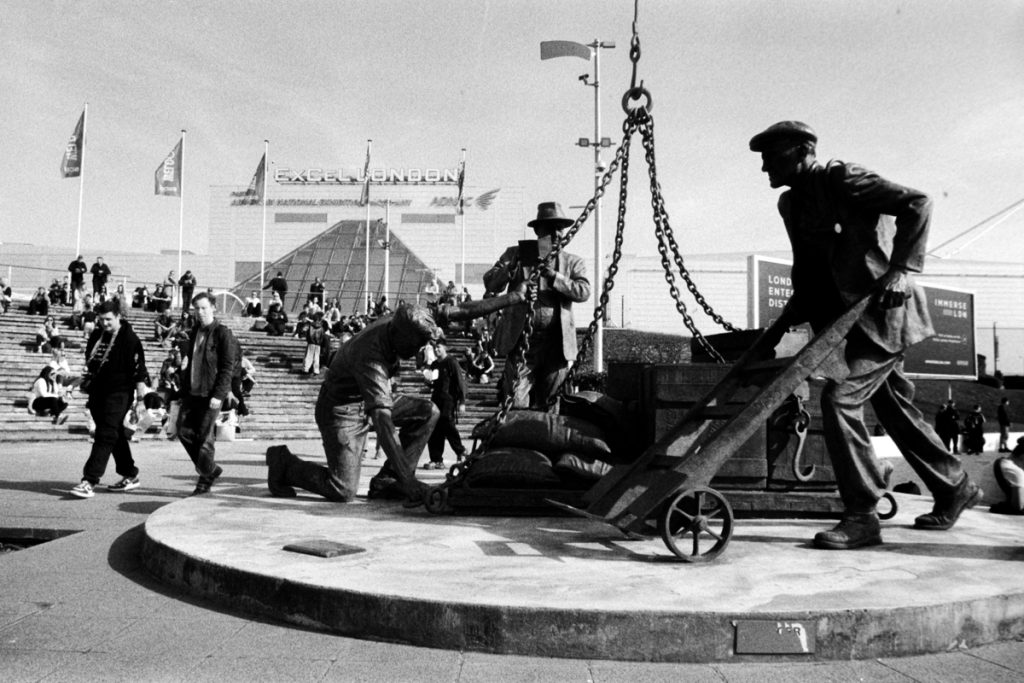
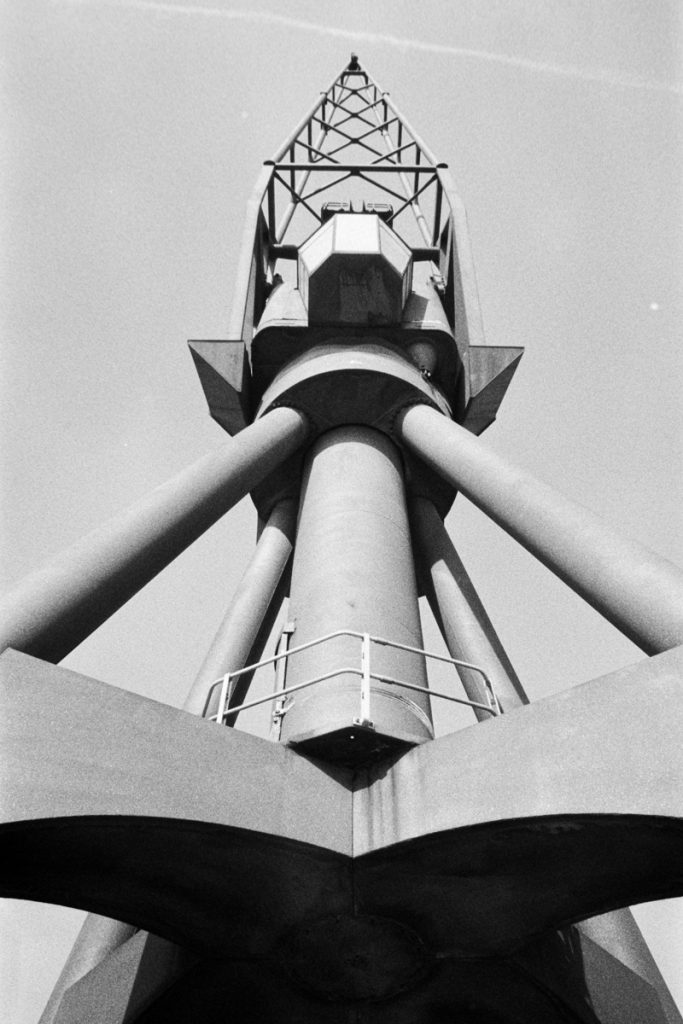
Heading Home
I spent another hour or so walking around the show, chatting to people and taking a few more photographs before heading off back home. Even though a few asked if I was hanging around for a beer afterwards.
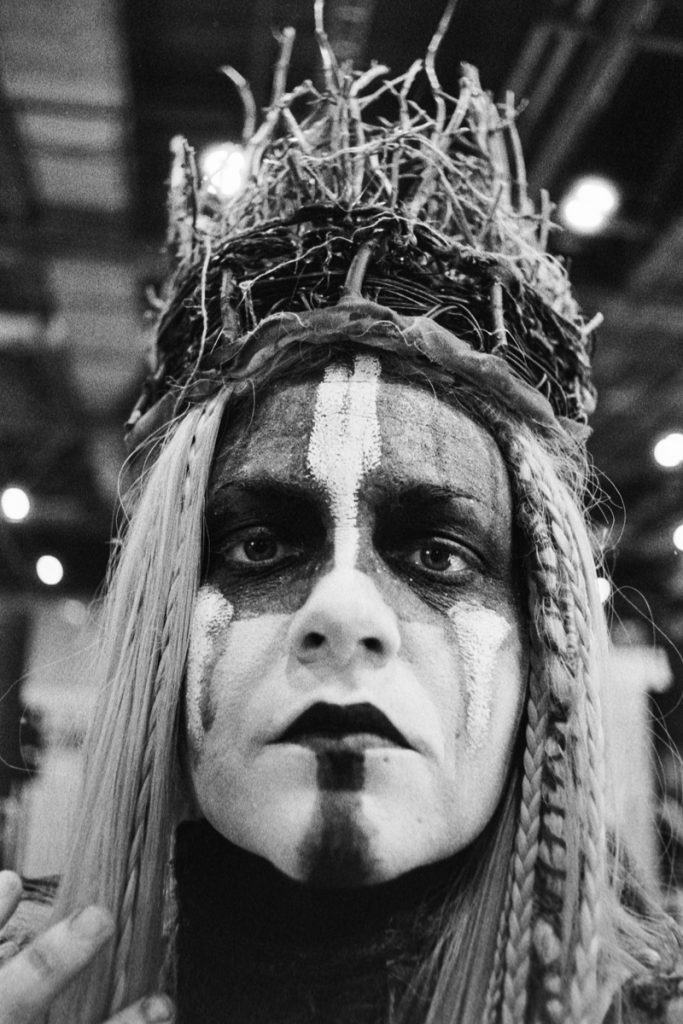
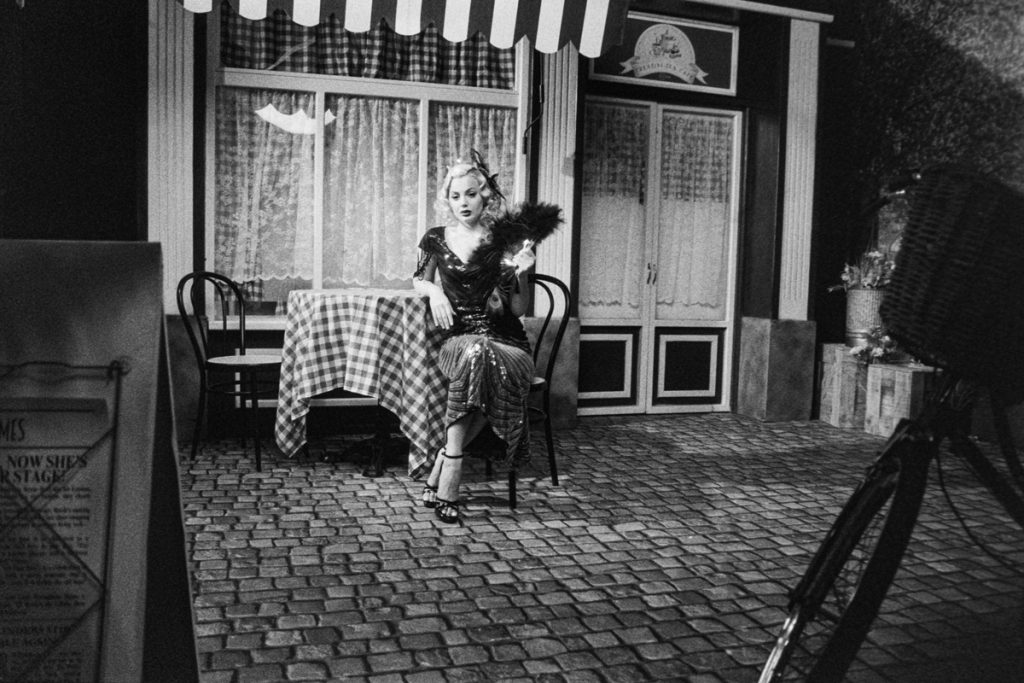
And I only shot a third of the Ilford Delta 3200 which means I have another roll spare. I do actually have some in the fridge but it’s a bit airport scanner damaged! Foggy.
Above all it was a really good day out and shows like this are fantastic for networking, trying out all the latest tech and being social with like minded people. I felt it was a shame there wasn’t more film photography stands but I guess we are in a smaller bubble than the digital world. And there is only so many camera straps, bags, cable releases and lens filters you can have.
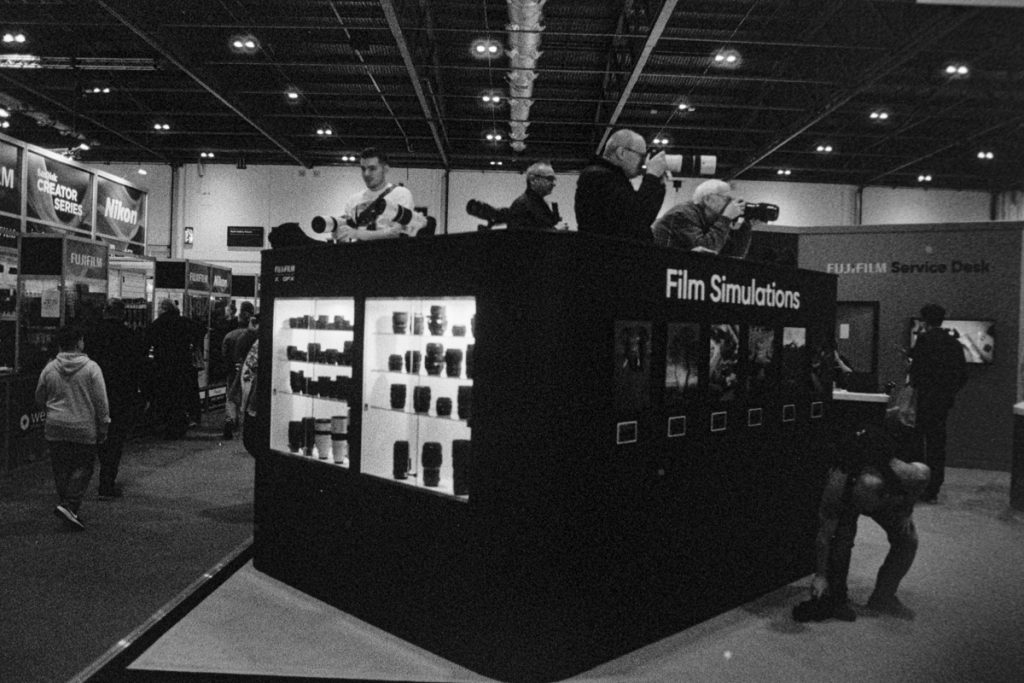
What if I had deep pockets that day? Would I have made a purchase? Maybe a couple of nice lenses from the Nikon stand for my digital camera. As for film, I guess I’m lucky to have more than enough to enjoy the hobby. There were some really nice used cameras and lenses on show though. Maybe next time!
And finally my friend took my Nikon F3 and snapped me at the show where I was sitting down packing way before I left for home.
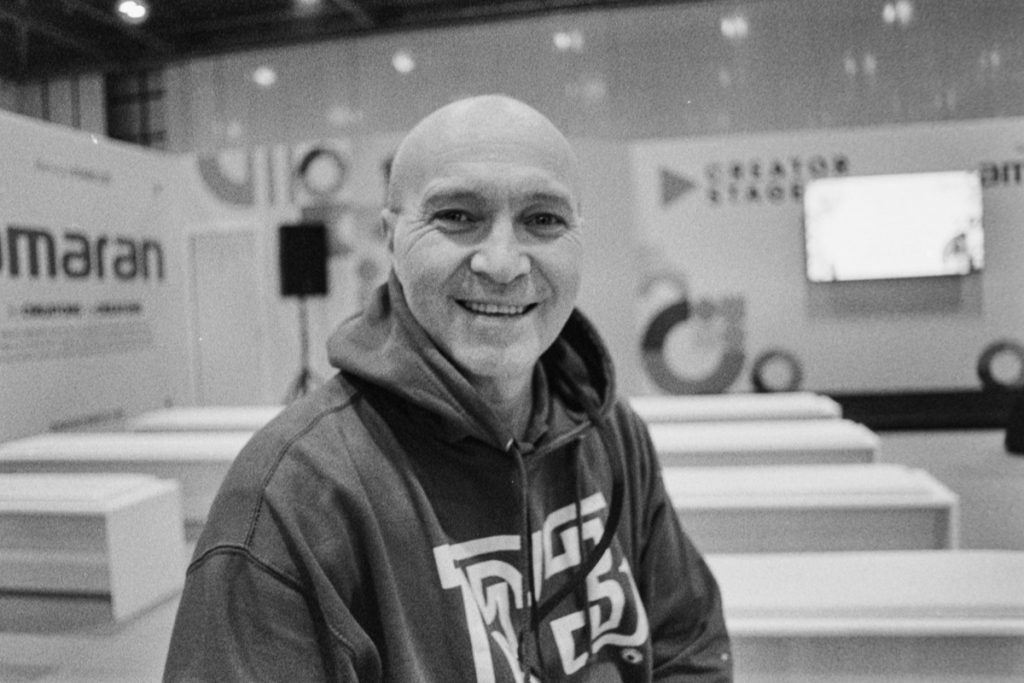
HARMAN RED (REDSCALE)
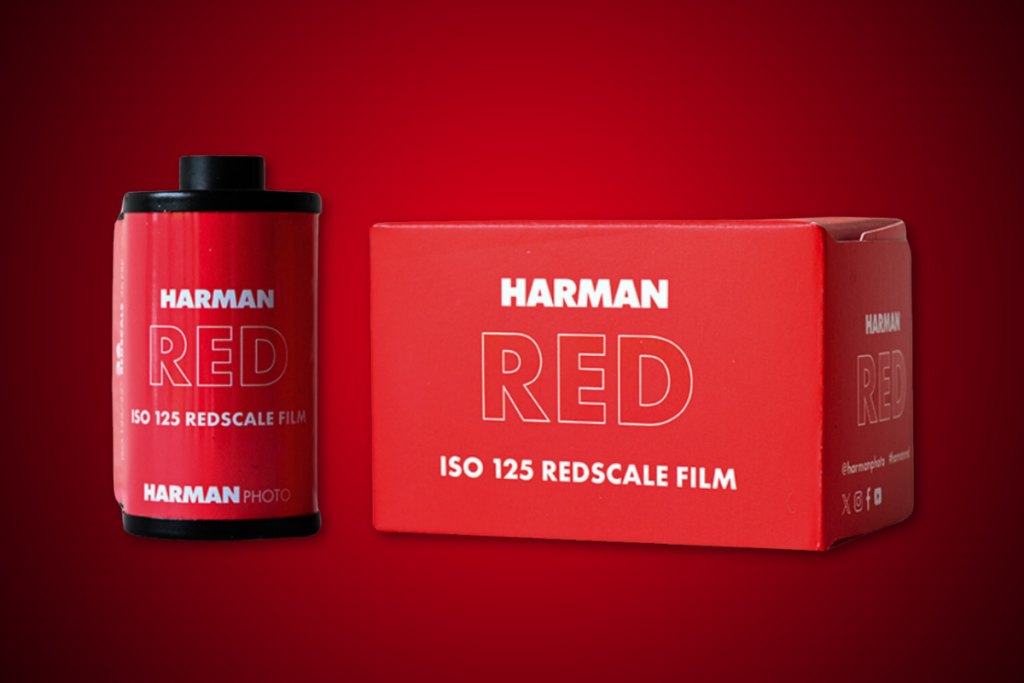
Harman release a brand new film and they call it “RED”. Well, sort of new anyway.
It’s a “Redscale” Film. And if you don’t know what Redscale is, it’s colour film that has been flipped the other way round in the cassette. Yup! The gloss side of the film is facing the lens. And when you shoot and develop the film in C41 the red layer of the film gets exposed first and it creates this Red, Orange, Yellow look. I read it was discovered by mistake back in the day. Probably by a large format photographer putting his colour sheet film in the wrong way round.
Harman sent me some to try out so I wasted no time and was looking forward to seeing what I could get from it. So I went to the beach. It was a light overcast day. I wasn’t sure if Redscale needed strong light but after reading online that it hold up perfect on light overcast days I felt rest assured I was going to get some nice Redscale negatives.
Here is the vlog I made for the channel.
I used my Nikon F6 with a 50mm Zeiss Milvus f1.4 lens and developed the film in Cinestill C41 chemistry. Rotary processed.
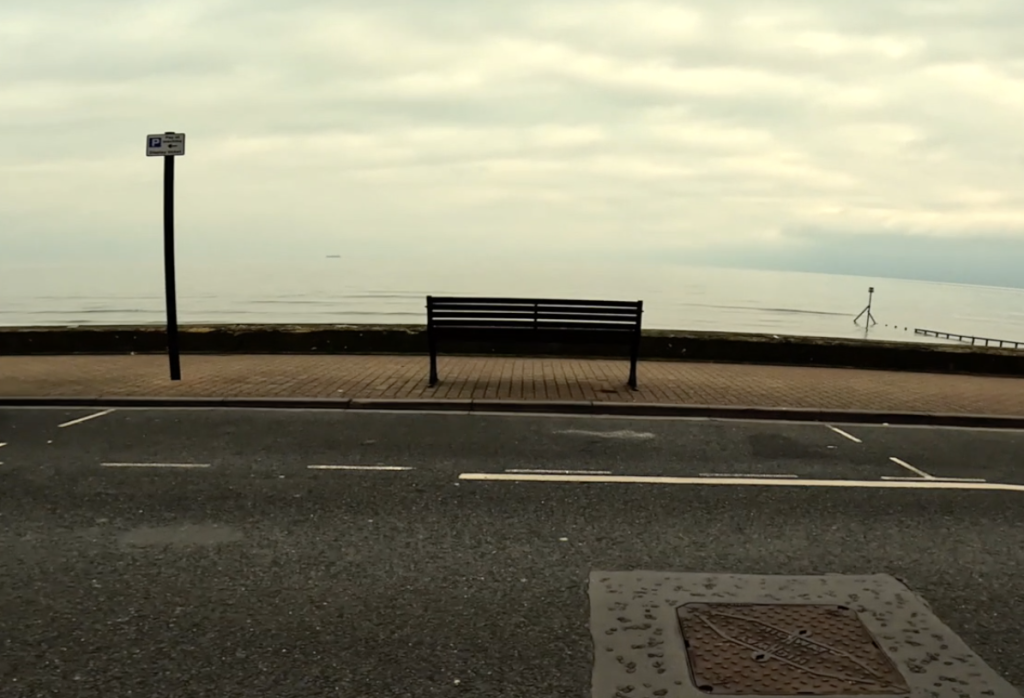
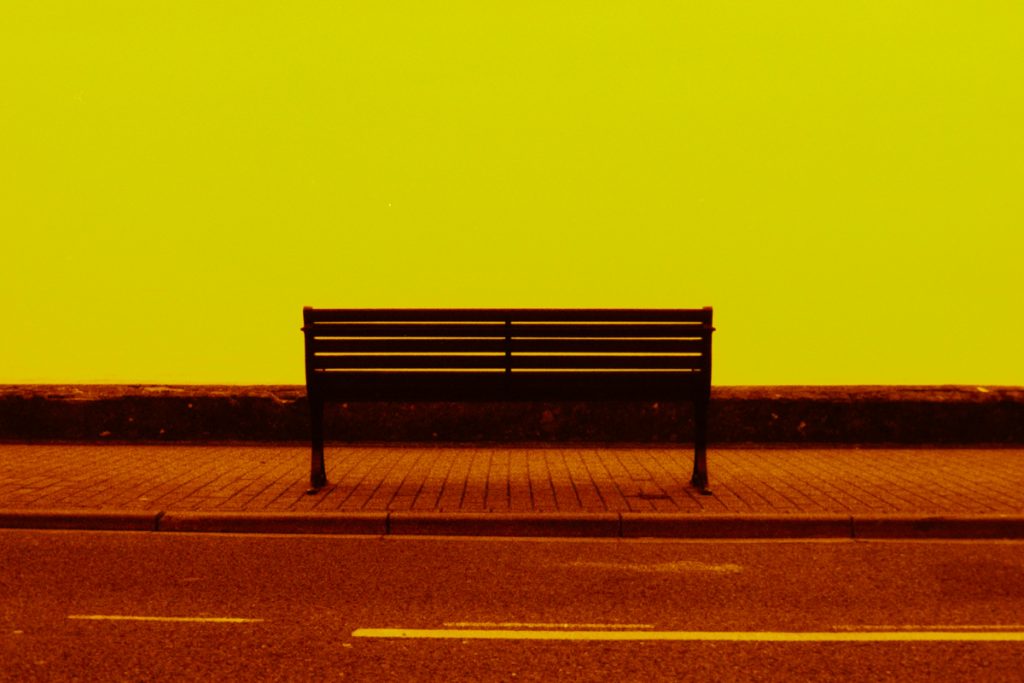
When I saw my scans inverted I was pleasantly surprised that I didn’t get a totally red looking overlayed image. As you can see my sky is Yellow! Leading into an Orange Red towards the bottom.
Here are some more images from the beach. The light hardly changed.
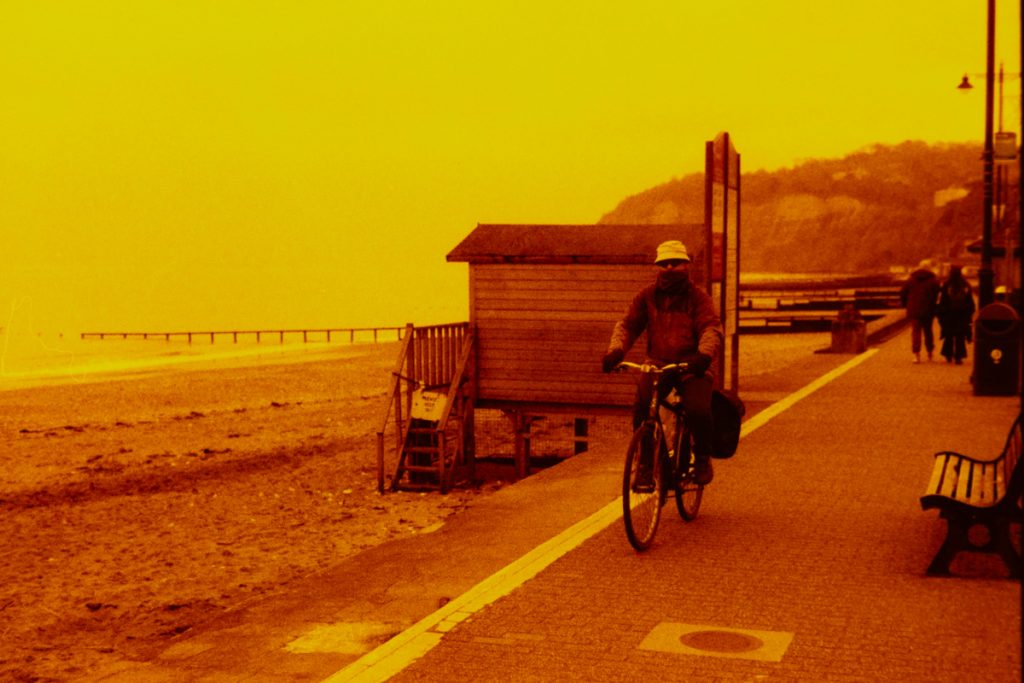
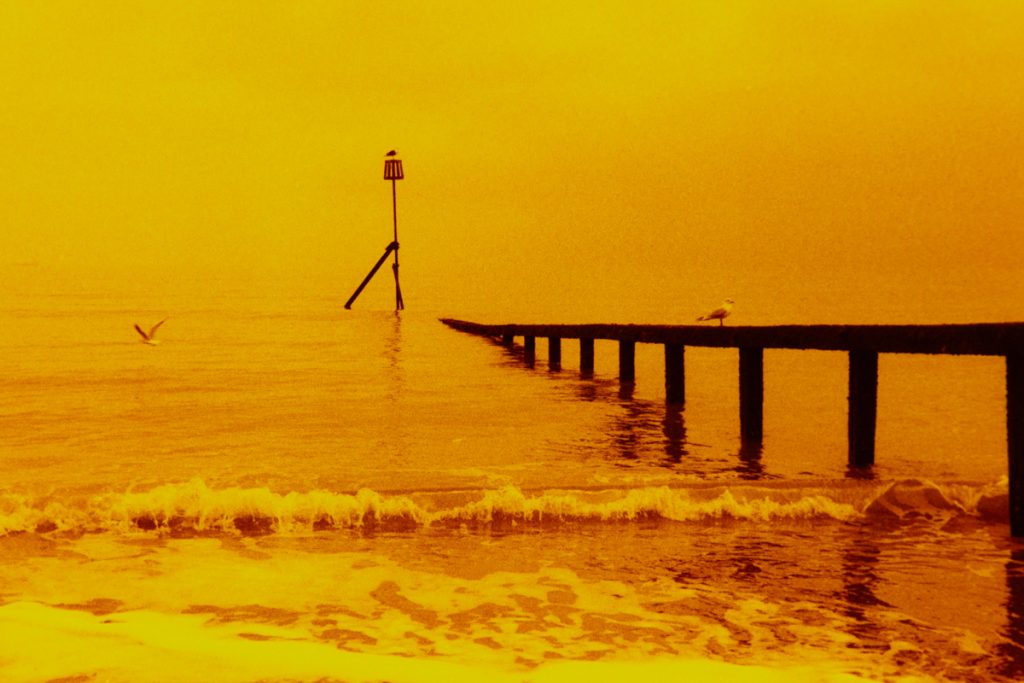
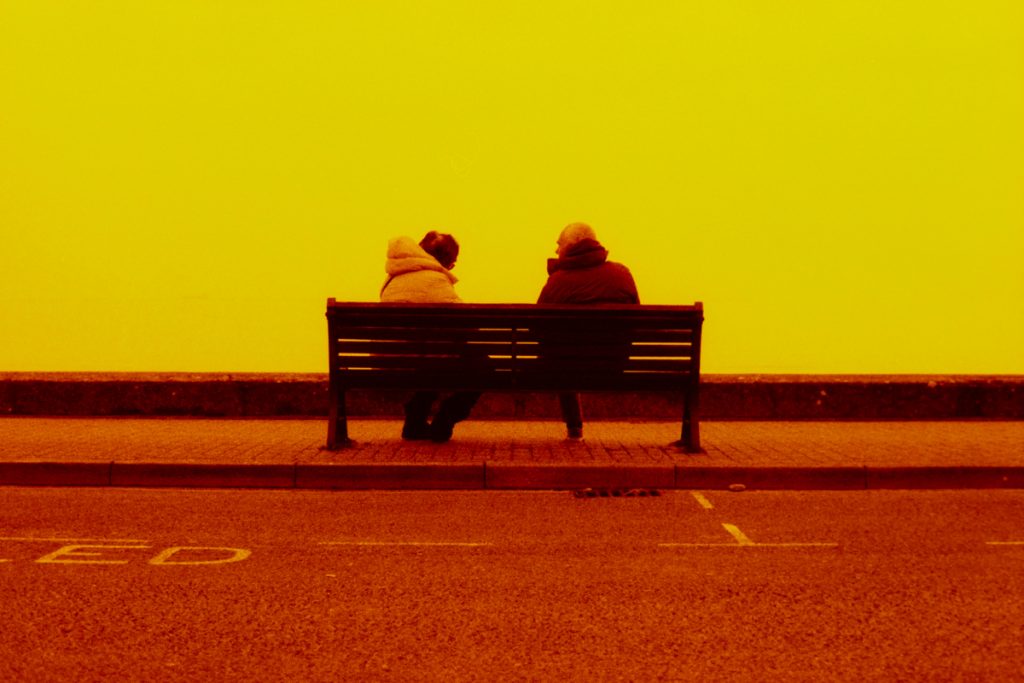
I wasn’t so convinced at first. I’m not sure seascapes does Redscale much justice, so I took another roll and went off to the local farm. The lighting was similar to the beach. Same camera, lens and process.
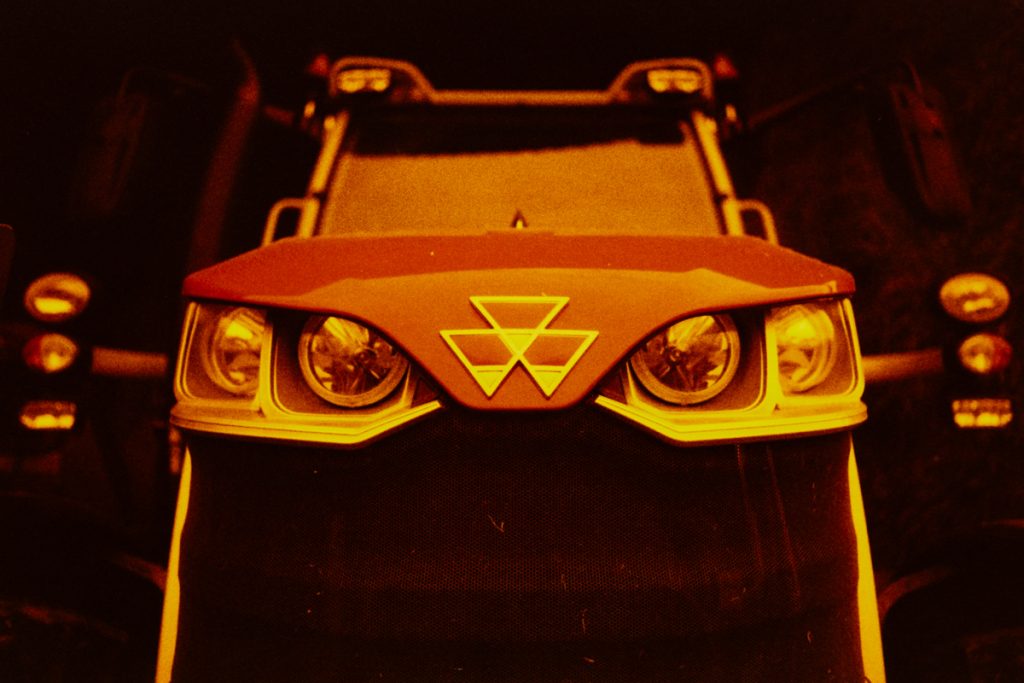
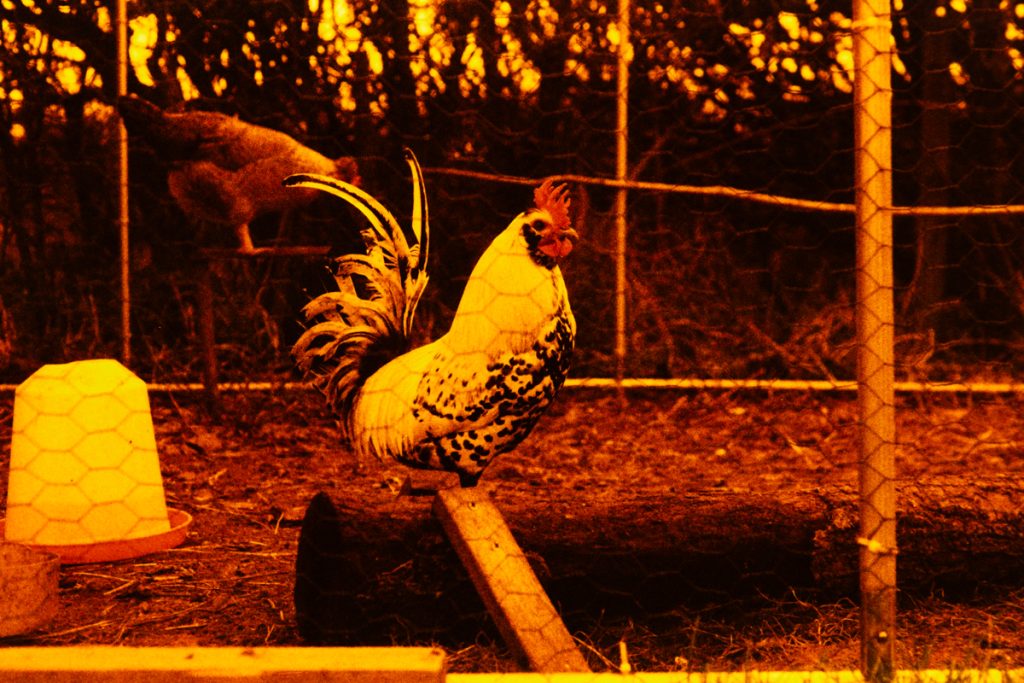
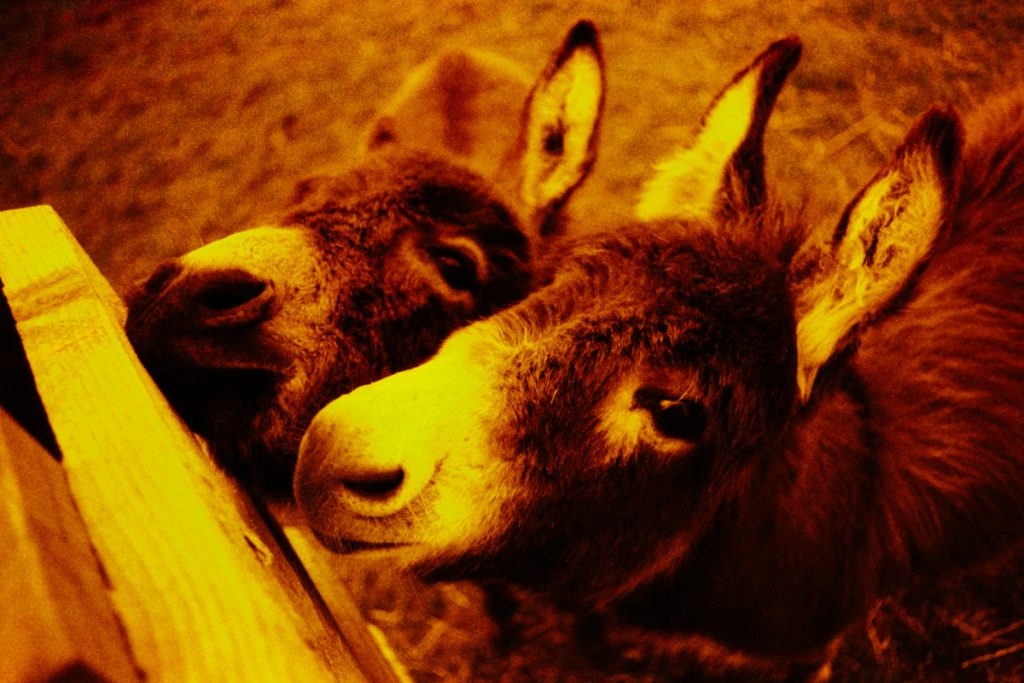
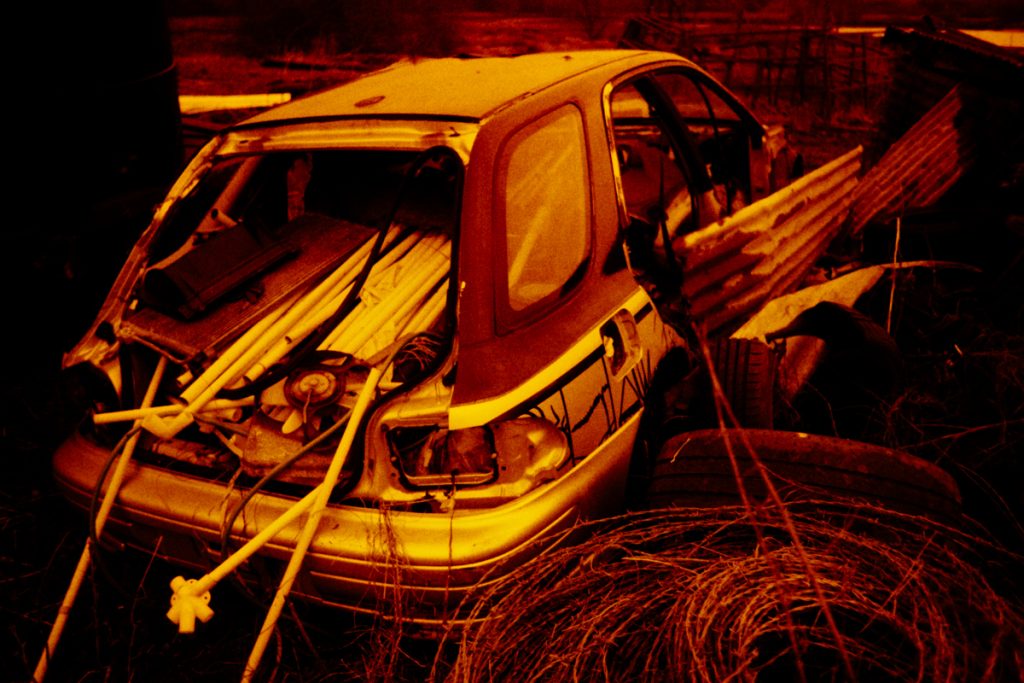
These were much different as this time I hardly had any sky in my photographs and I started to get a more deep red.
I didn’t really know what to expect when I was shooting these films. And I wasn’t sure if I liked the idea, but the more I looked at my photographs the more it got me wondering about other scenes of photography. Street, Woodland, Urban, Buildings, Portraits. And the more variety I photographed the more I began to enjoy the look. Unfortunately I can’t print colour in my darkroom. But there is nothing stopping me scanning and making an inkjet print, framing and putting on the wall at home for something different in-between my Black & White and Colour prints. Redscale could look pretty quirky in the right home.
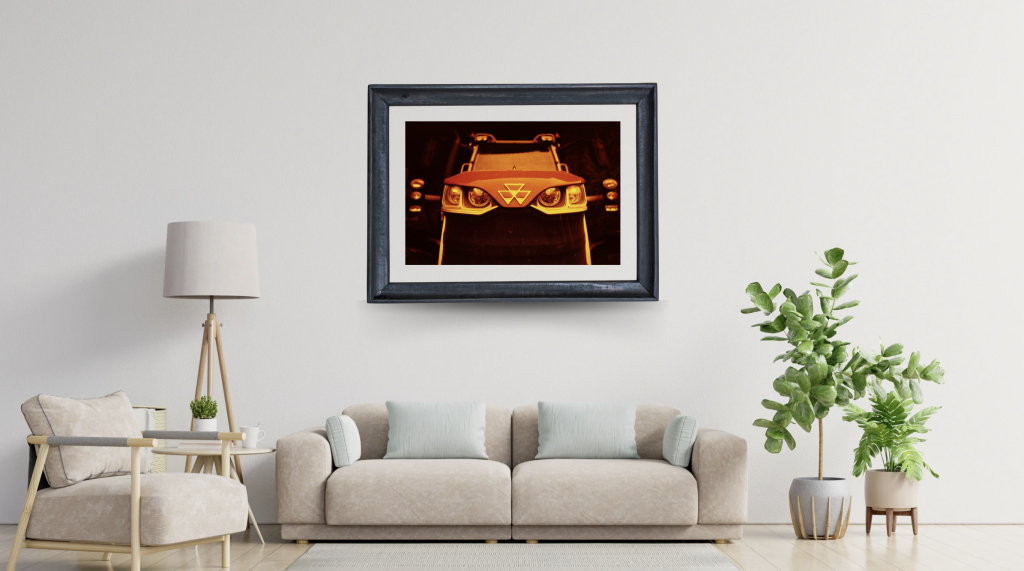
Phoenix 200.
So we know Harman already has a colour film. Phoenix 200. It’s their only colour film. And you’ve guessed it. They have taken Phoenix 200, flipped it in the rolling machine and relabelled it RED. And because of the “Flip” they have rated it at 125 ISO. But I still got good results more or less.
It’s no secret. You can clearly see the Phoenix etched on the RED negatives.
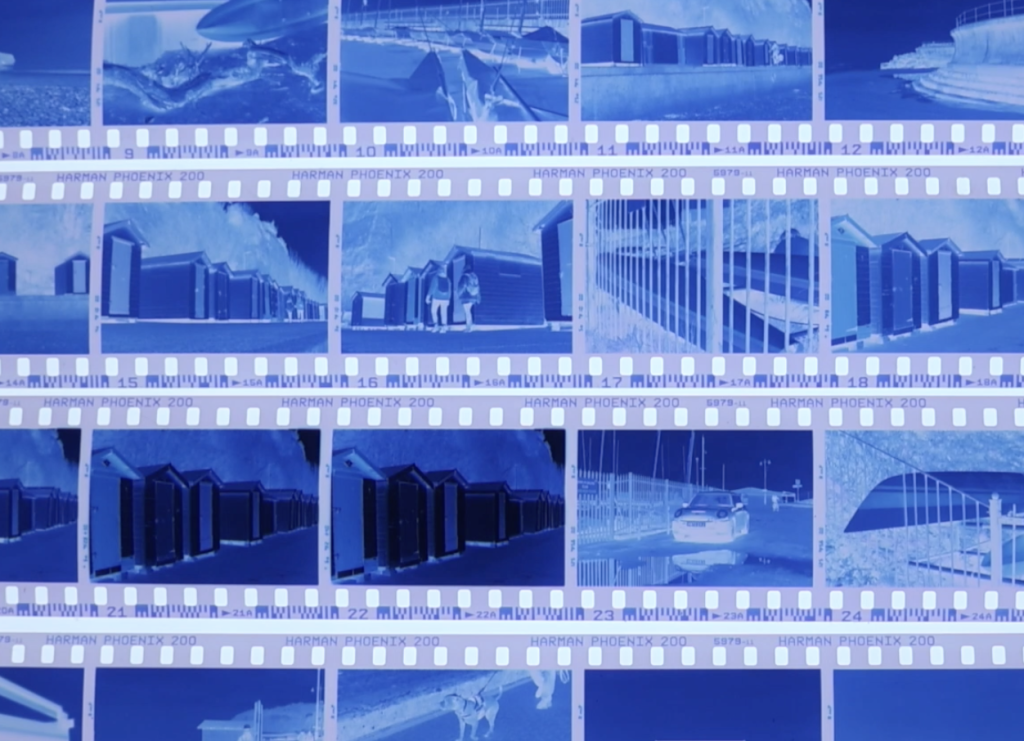
And although Phoenix 200 is a very good film, in it’s own unique way, you don’t have to buy Redscale Film if you have a darkroom, closet or anywhere else that is pitch black to shoot Redscale. Just take a roll of colour film you have into the dark, pull it all out of the cassette, cut the end away, turn it over, tape it back to the cut end of the film that is hanging out of the cassette and rewind it back into the cassette. You now have Redscale film to shoot. It is a bit of a faff and can be quite tricky to do in the dark, that’s why Harman have done all the hard work for us.
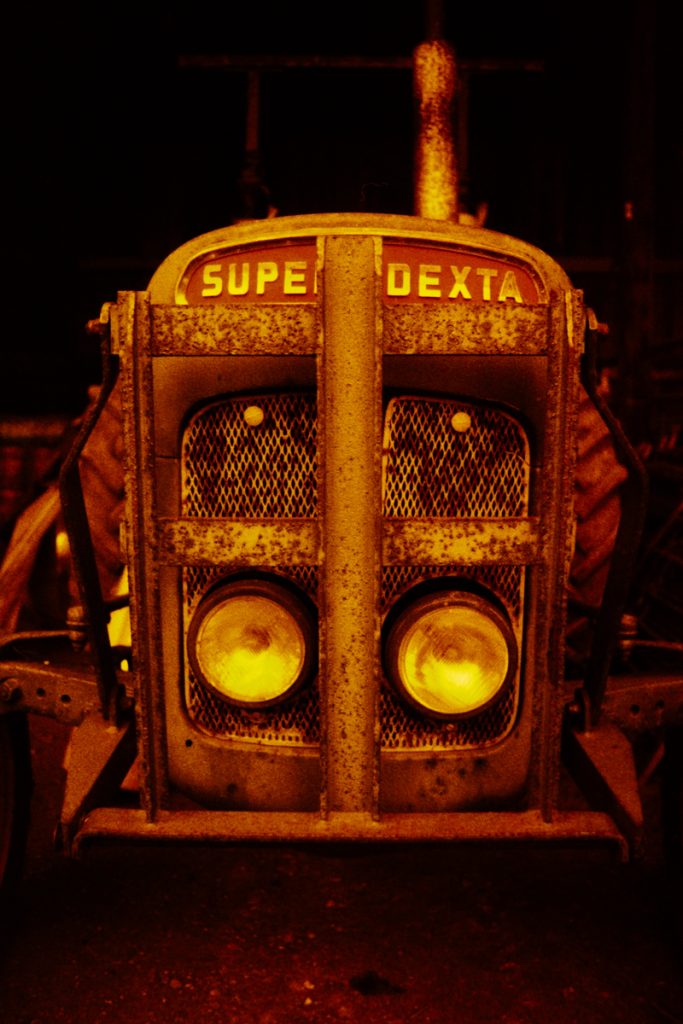
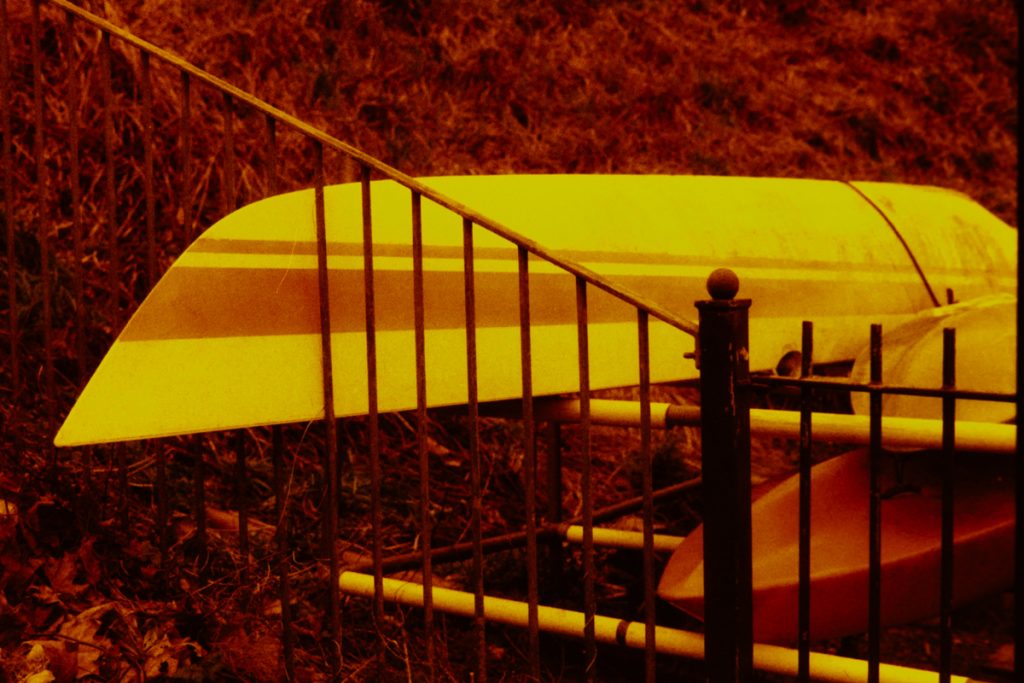
I even tried a selfie of myself with a static light indoors. Manual lens. Always a bit hit and miss to focus but it’s not that bad! Different anyway. Or is it different. You’ve more than likely come across this look in magazines and record covers in the pre digital days. Unless it was an orange filter on the lens. Who knows.
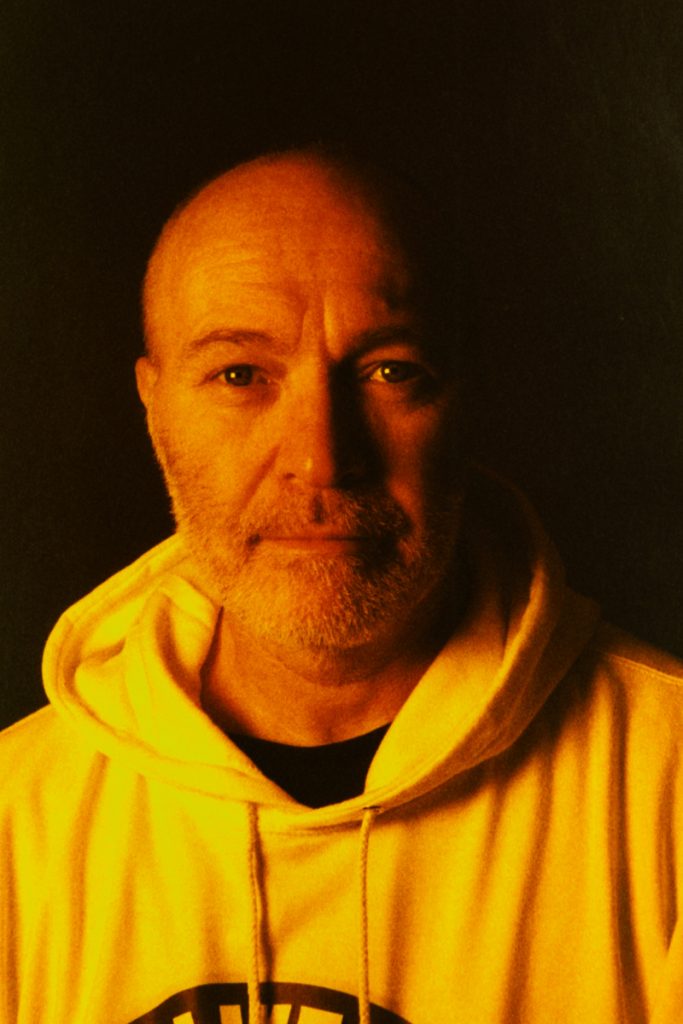
Was Redscale used for Record Labels pre digital era?
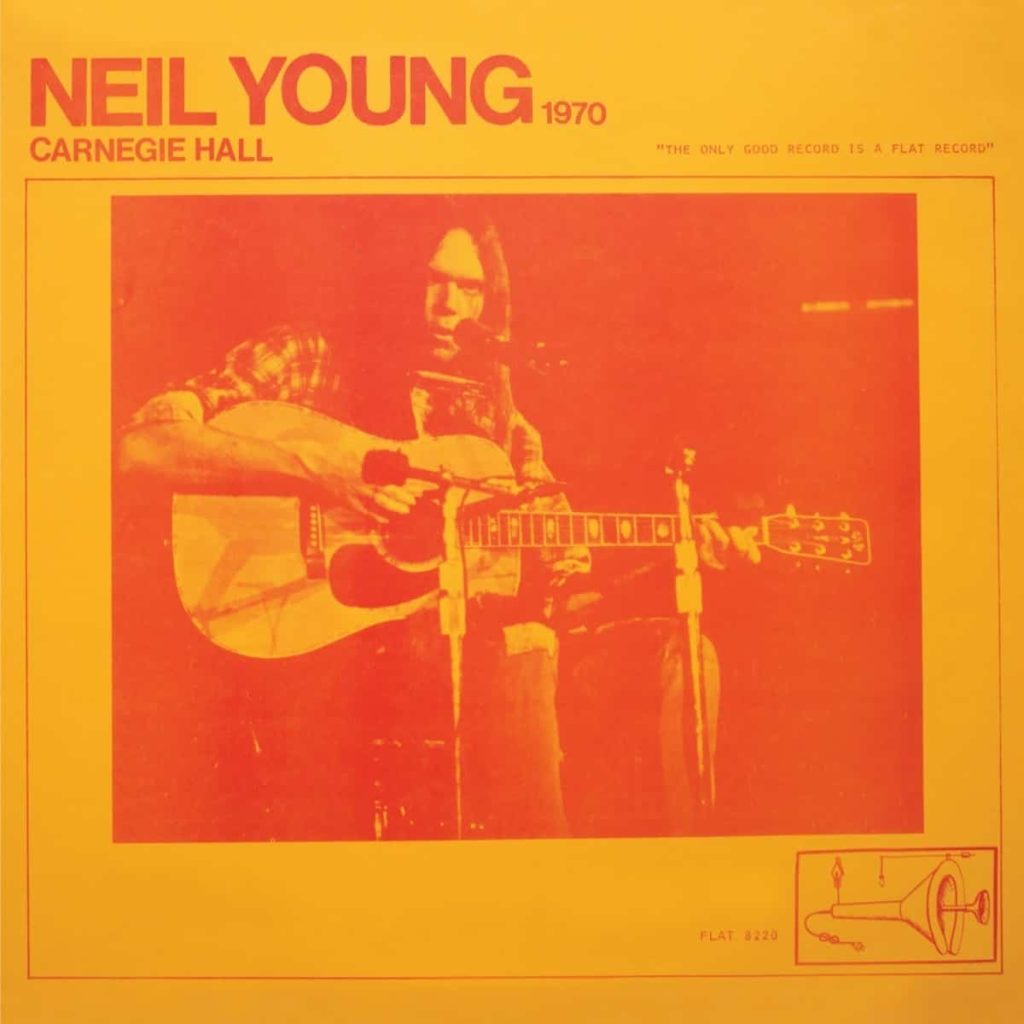
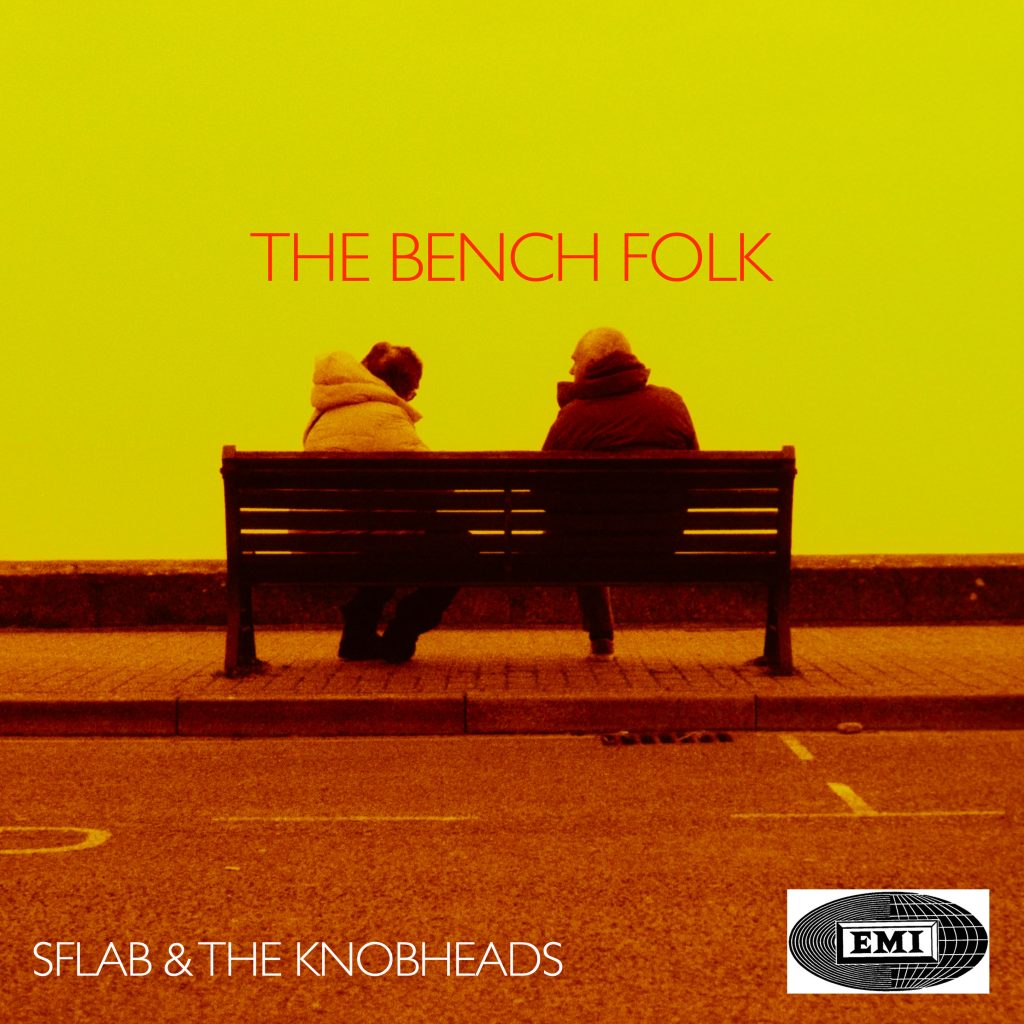
Back at the Farm.
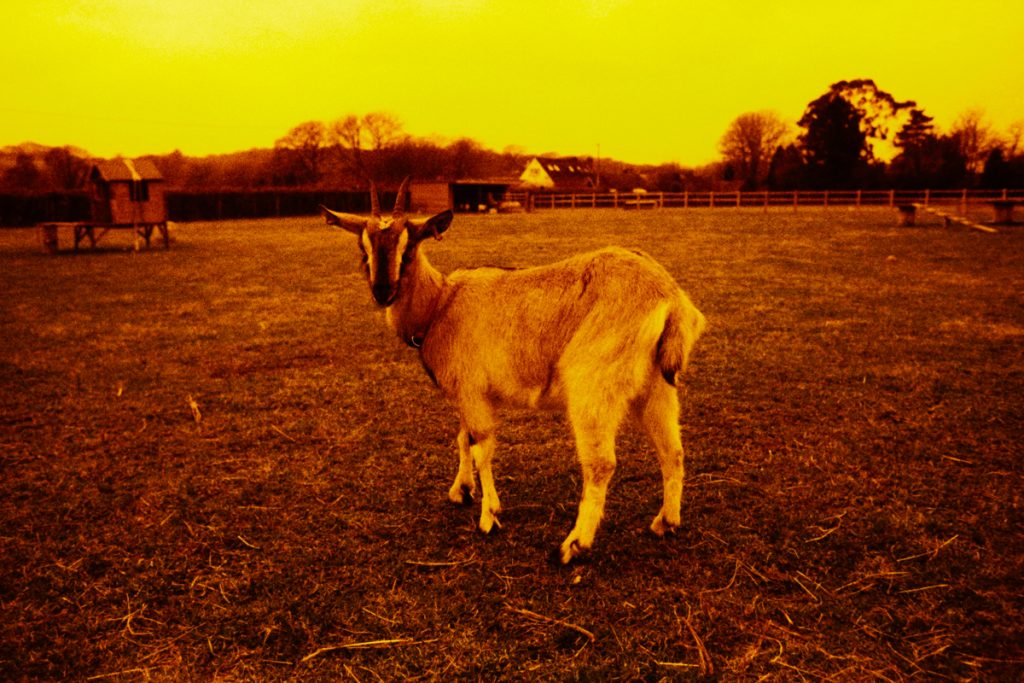
Of course it’s not going to be to everyone’s taste. And if you are pretty good with photoshop you can create the same look without buying or sabotaging a roll of colour film, but where is the fun in that? I’d rather shoot a roll of Redscale.
Here is a Car that I photographed for a showroom. And you can see I turned it into Redscale using a dark orange layer in Photoshop.
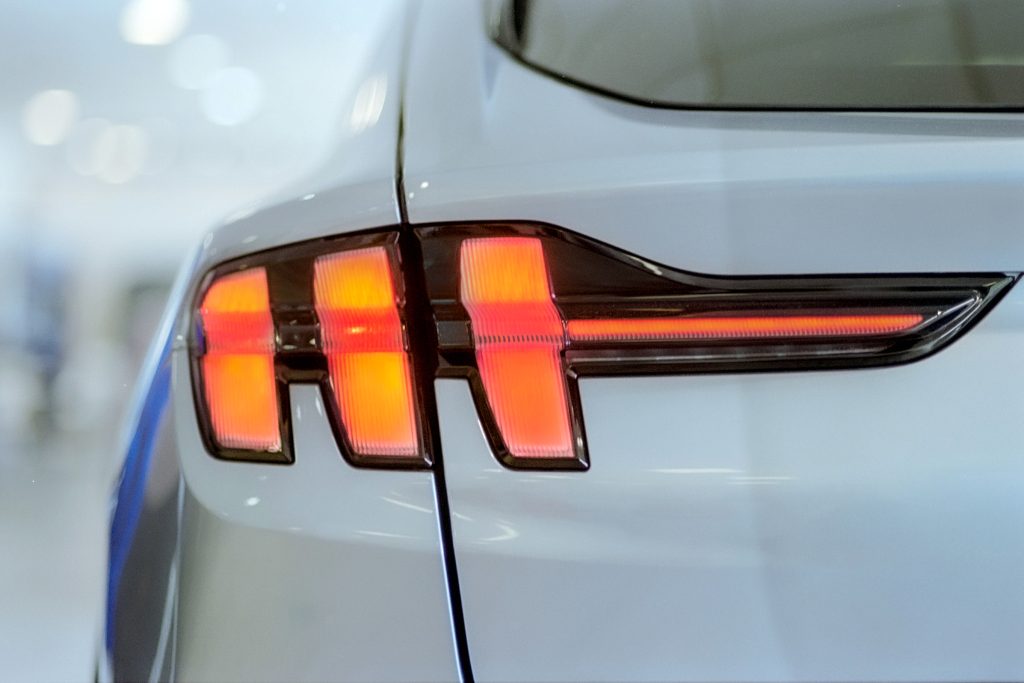
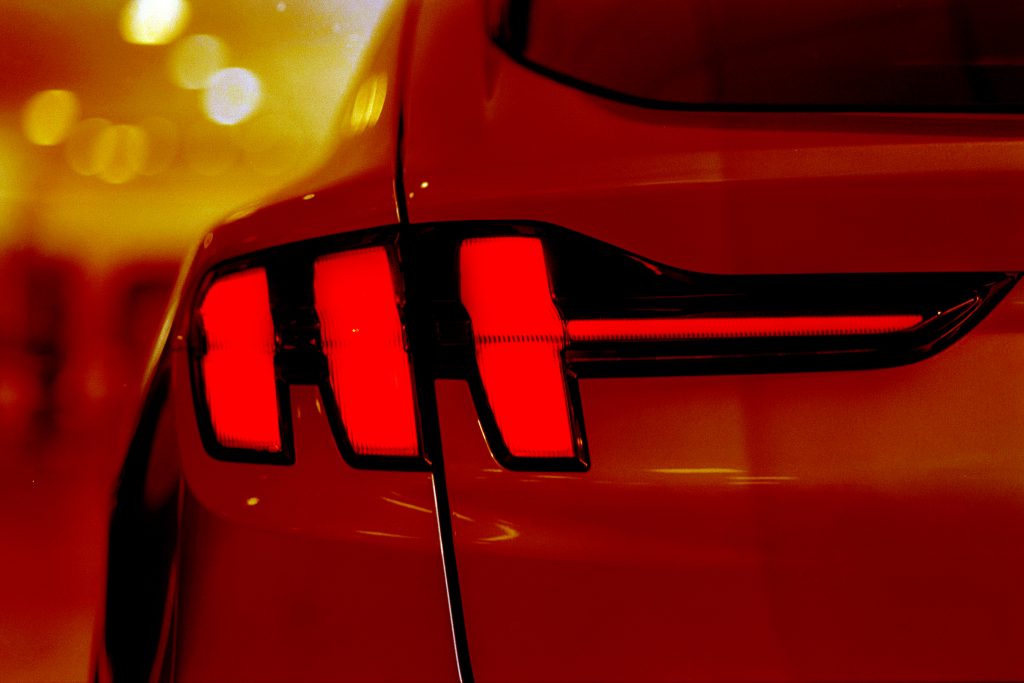
I don’t think you’d ever want to shoot someone’s Wedding or Commercial Event on Redcsale. Of course you wouldn’t. But loading a roll with intent for experimentation is fun. As I found out.
We haven’t had much sun here lately so I am looking forward to getting out on a sunny day, or maybe in the golden hour, around town for some Street/Urban Photography. I think that is where this film would suit me best.
Above all, well done to Harman for making this film possible for us to try. Can you imagine a Film Photography Community with no new products?
I’m definitely going to try more with Redscale. I may even try other colour films and flip them in the darkroom and see what results they give.
New Film Merch!

Svema KN-1 Expired Film
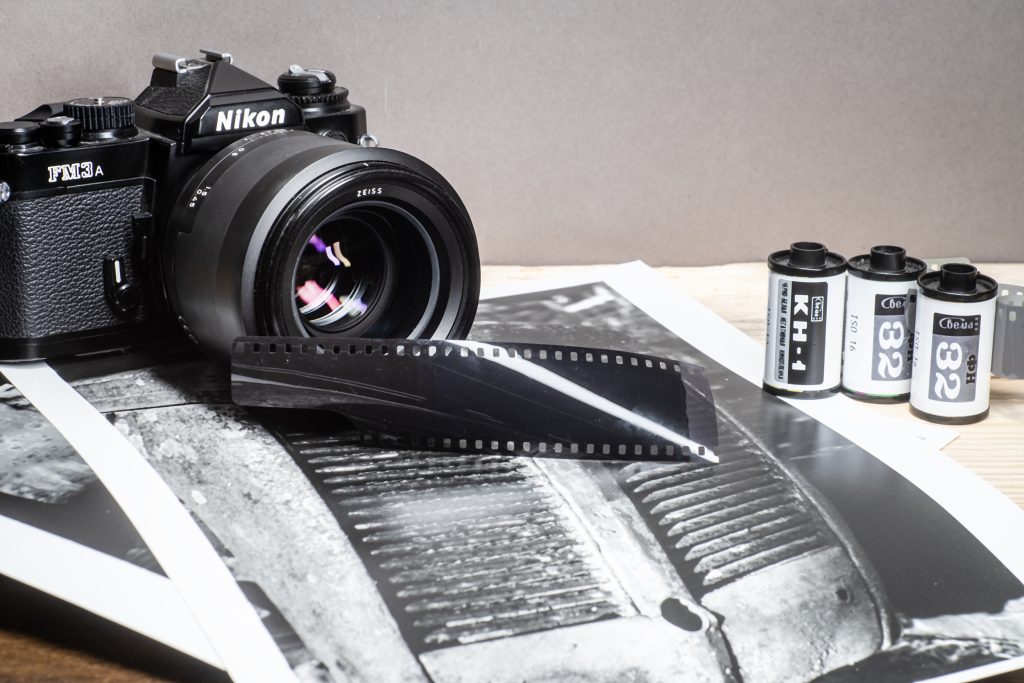
Expired Film! We either hate or love it! Hate it because we just spent hours shooting and developing just to find an emulsion full of mess or love it because we just managed to successfully shoot, expose, develop and print a film that was made 30 years ago.
See the Video…
This Soviet film was produced around the late 80’s and was kindly sent to me by the Ukrainian Film Photography Group, in Ukraine. And this film is being re-spooled and sold by an online store in Ukraine.
It is one of those low ISO films. 12 ISO. Your first thought is that pain in the arse word – TRIPOD. I love tripods. Where would we be without them. But at the same time they are a pain to lug around the streets. And most of the time public areas such as shopping centres and complexes won’t let you use one. Try taking a tripod on the South Bank in London. You get told to put it away! But. With ISO 12 you have no choice.
I don’t know the history of this film. I couldn’t find much concrete answers online. Maybe it was originally a 100 speed and because of the age the people spooling and labelling it have stamped ISO 12 on the box to count for sensitivity. Whatever it is, it is really nice!
After doing some developing tests (you can see the video here) I set out to shoot some still life subjects indoors as a test. I have two rolls to play with. I set up a simple scene indoors with some rather old objects.
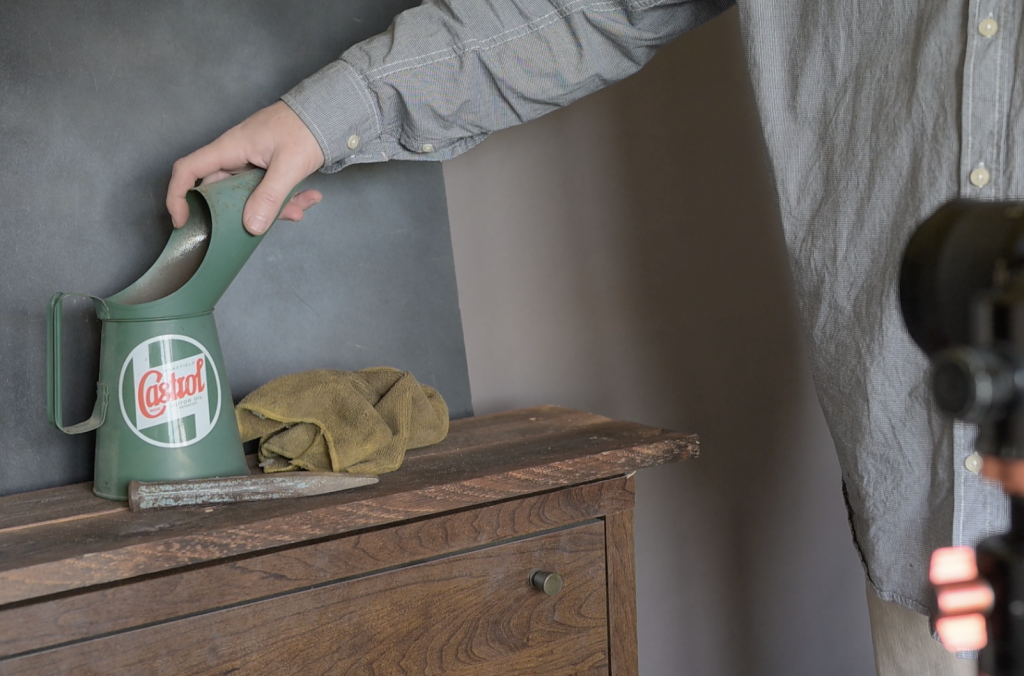
And here are the results after rotary processing in ID-11 for 9 minutes 1/1 at 20 degrees. Camera was a Nikon FM3A with a 50mm Zeiss Milvus Lens. I set the Aperture to f2.8 which gave me exposure times of just 1 second. I din’t want to go slower than that incase I hit reciprocity.
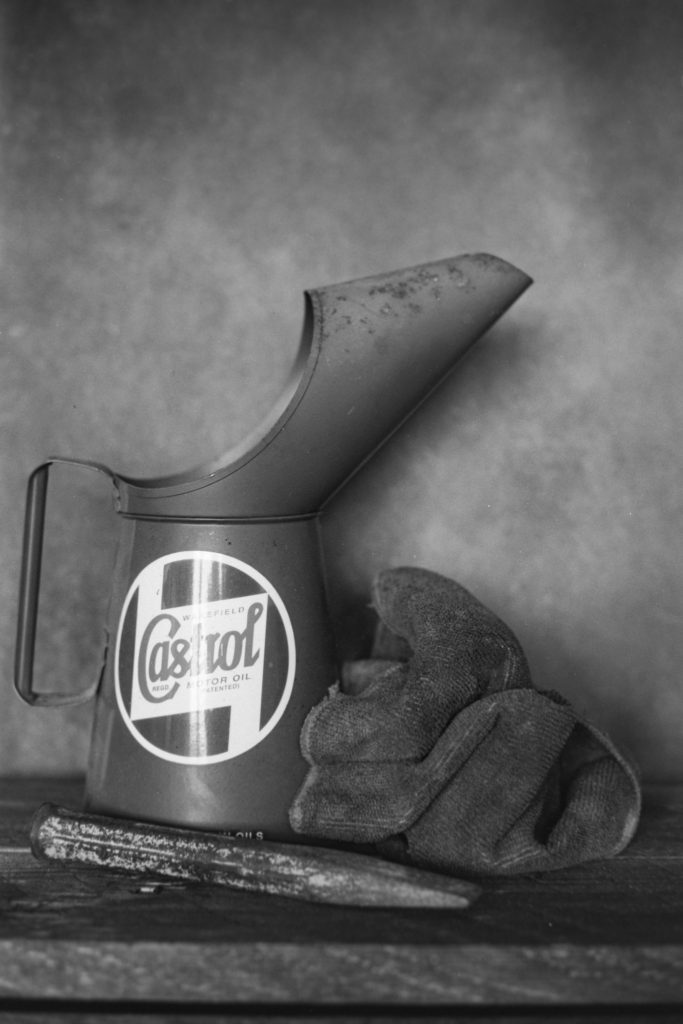
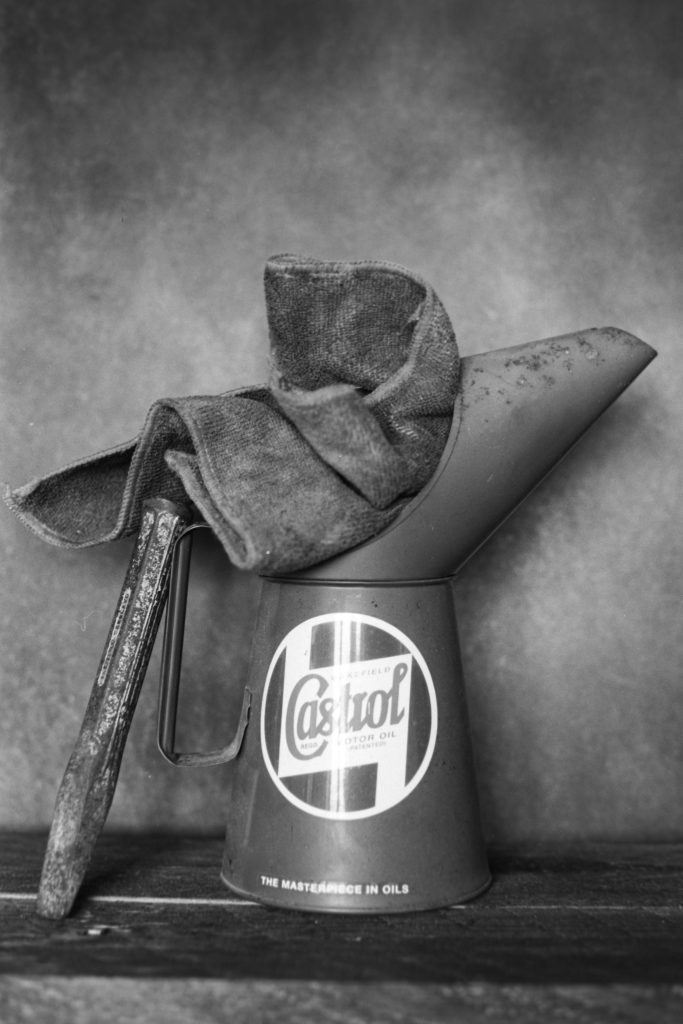
I then took the camera to a local attraction called Arreton Barns. This place is basically a Pub and Restaurant with a few small barn shops scattered around. The owner collects old stuff and he puts them on show around his premises.
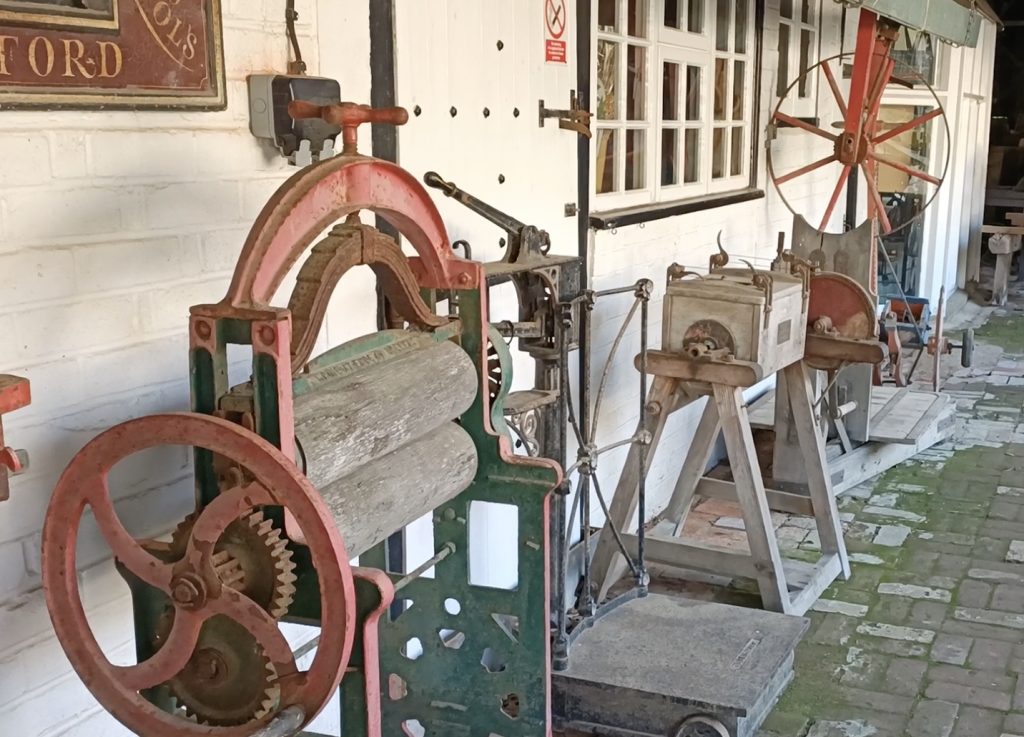
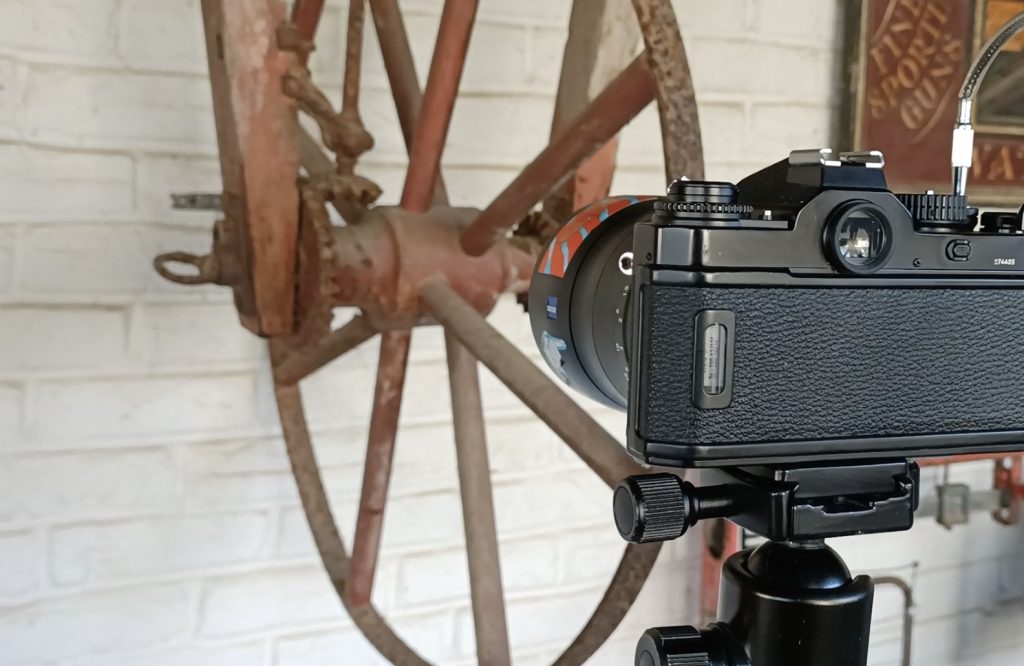
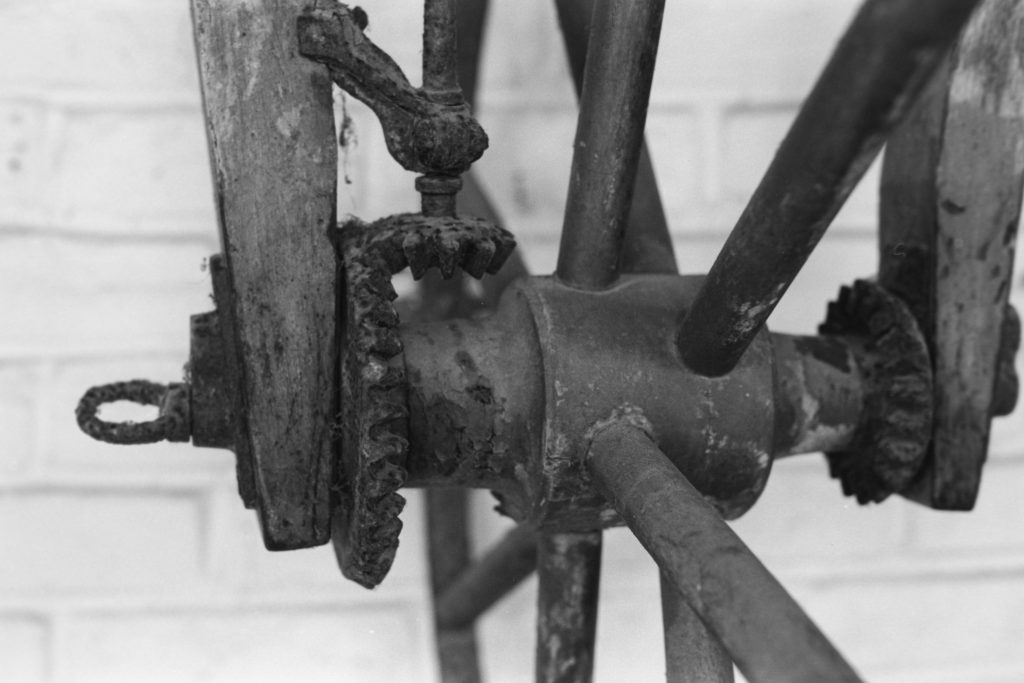
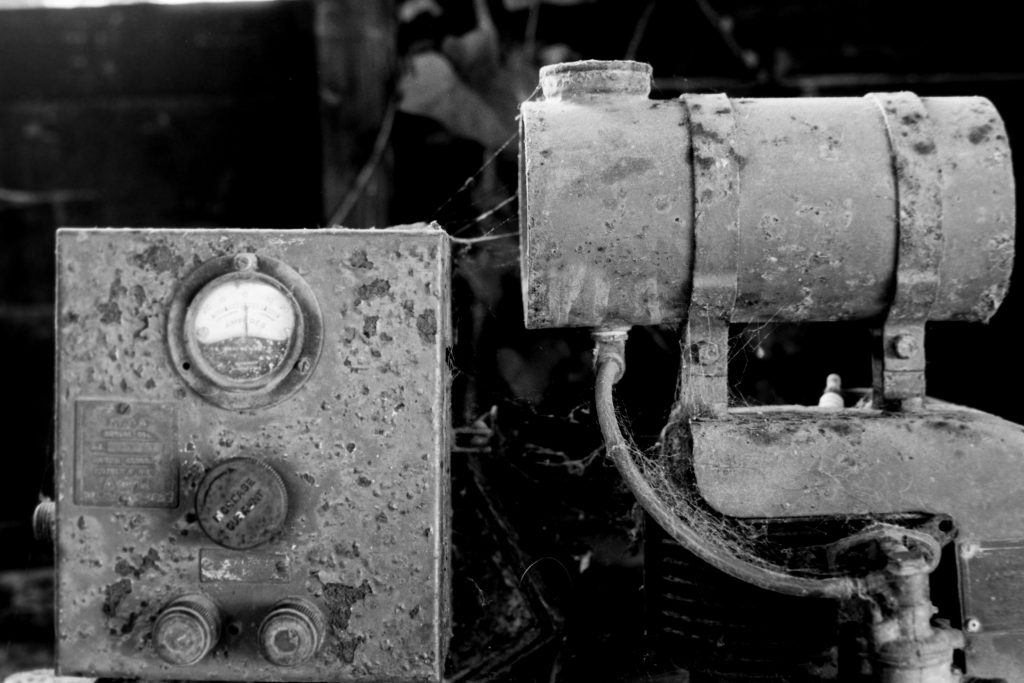
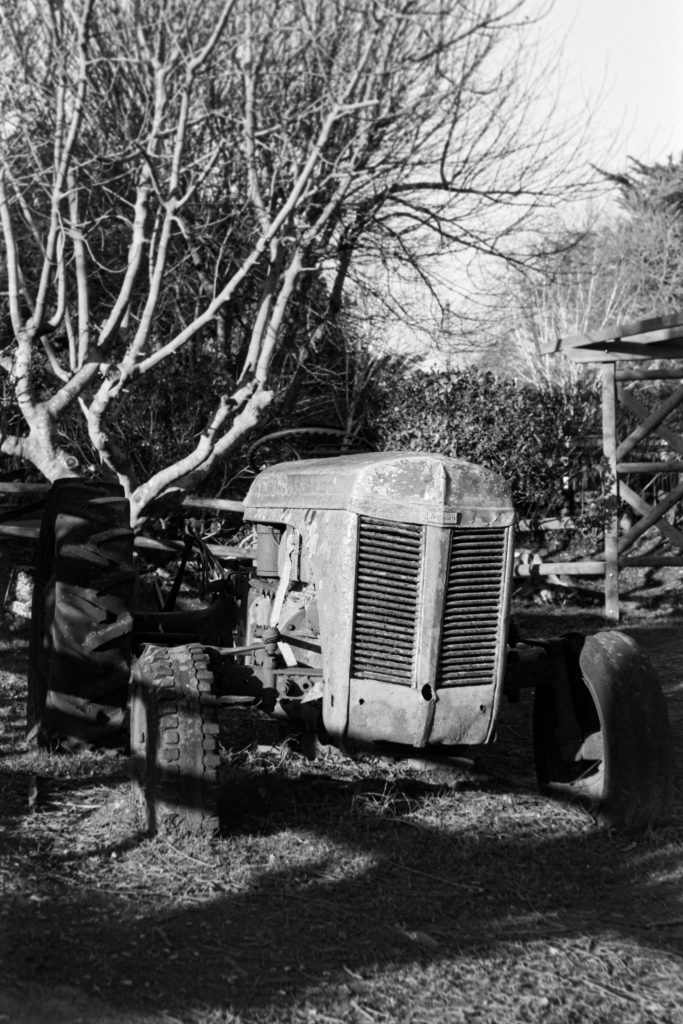
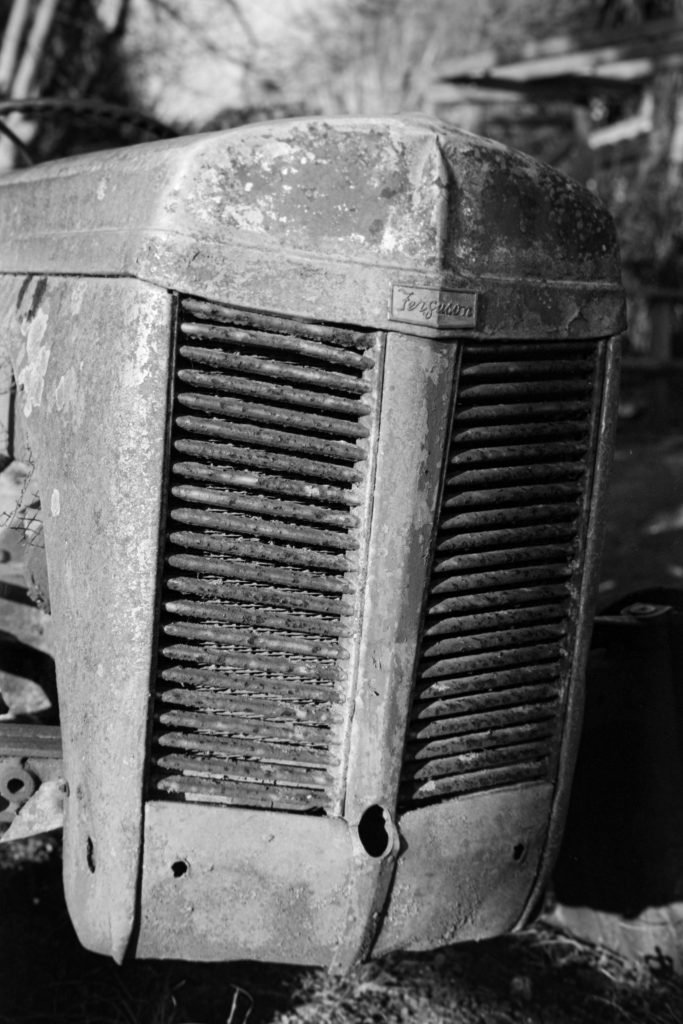
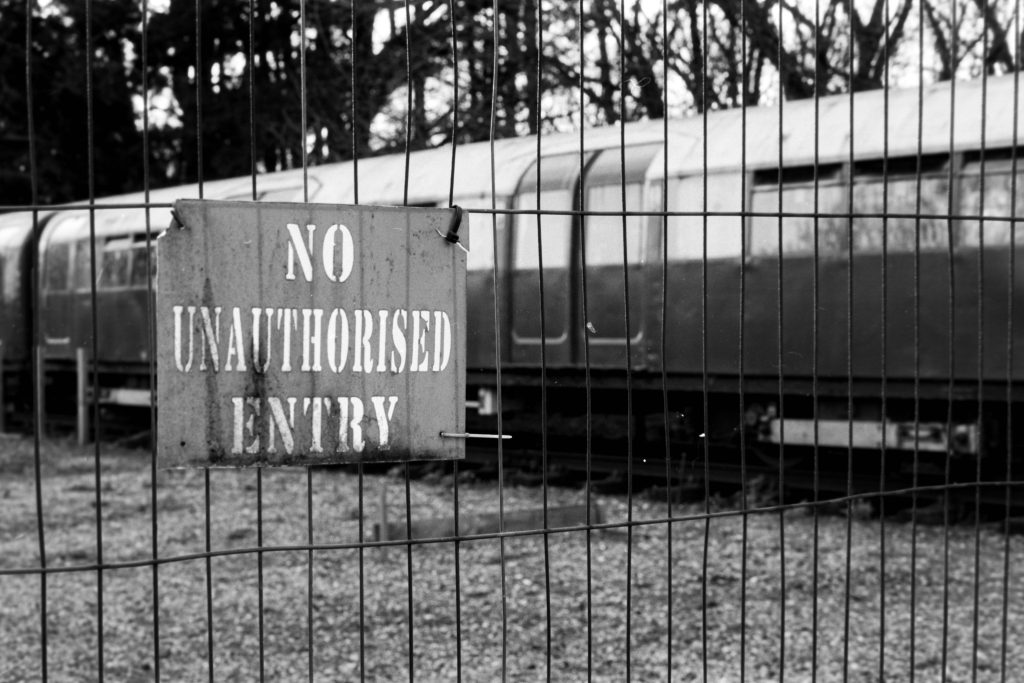
What a beautiful film! I must admit I was surprised. The film base feels very much like Ilford films. Quality. And for the price, which the guys in Ukraine are selling it at, £2.70 or there about it’s a steal!
The negatives printed really well in the darkroom too with most straight off a 2.5 grade filter. The screenshot from the video doesn’t do it much justice.
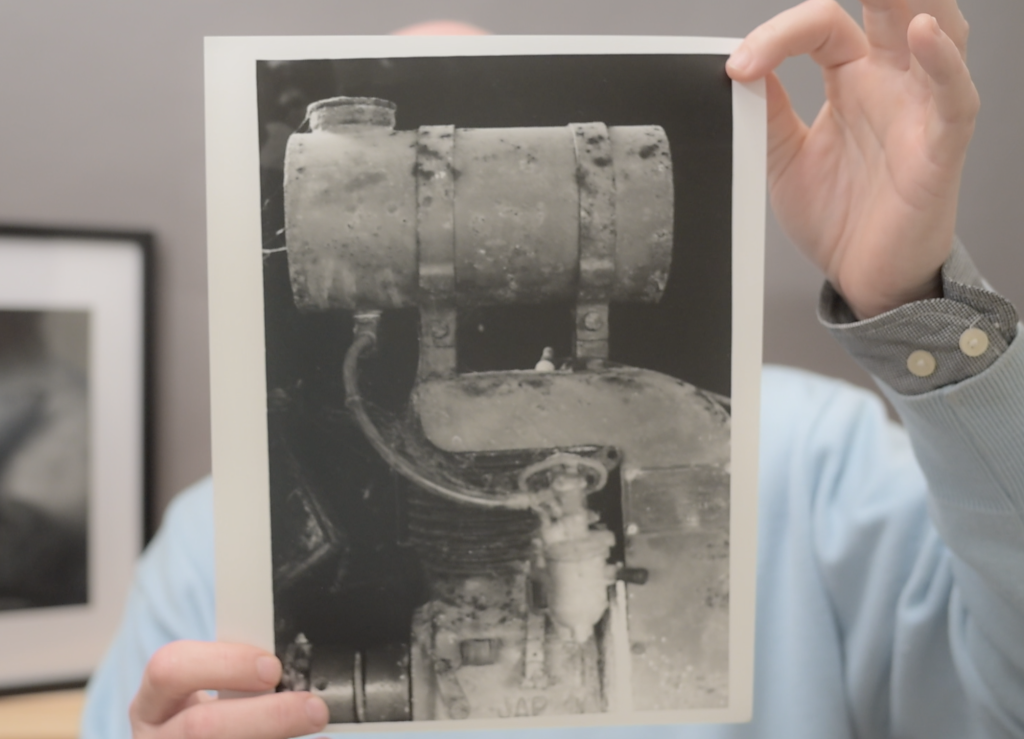
And this one I framed.
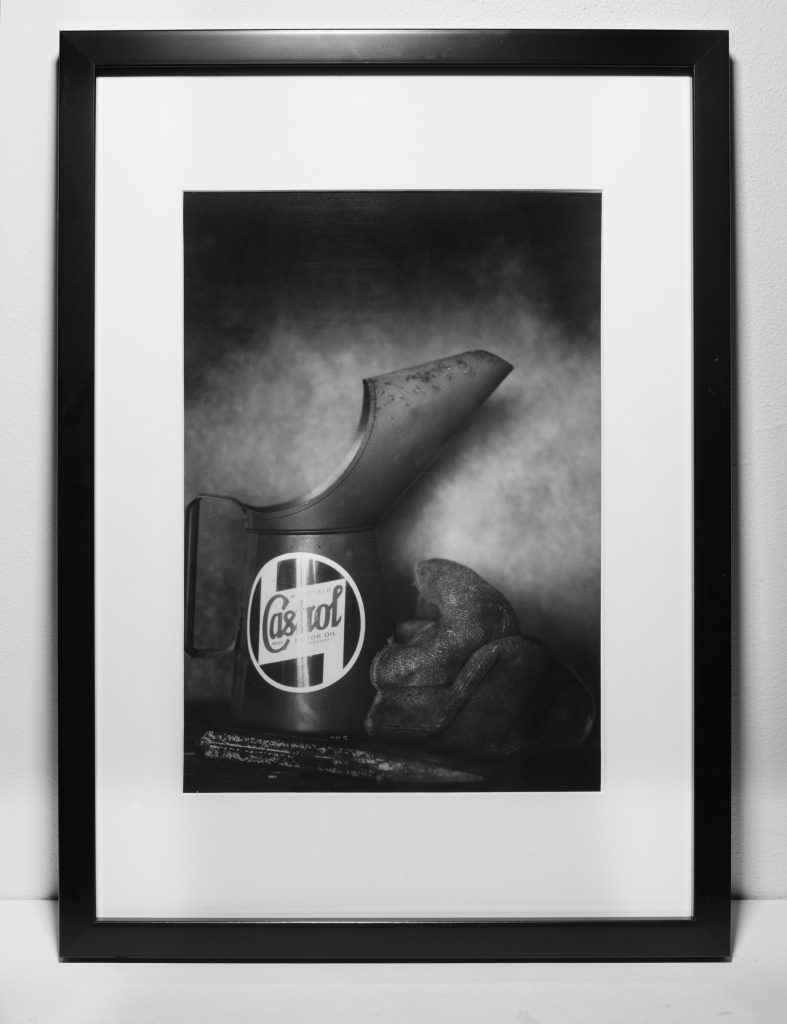
It just goes to show that, even though expired film is a gamble, sometimes it has been stored well and still gives quality results today if exposed and developed correctly.
